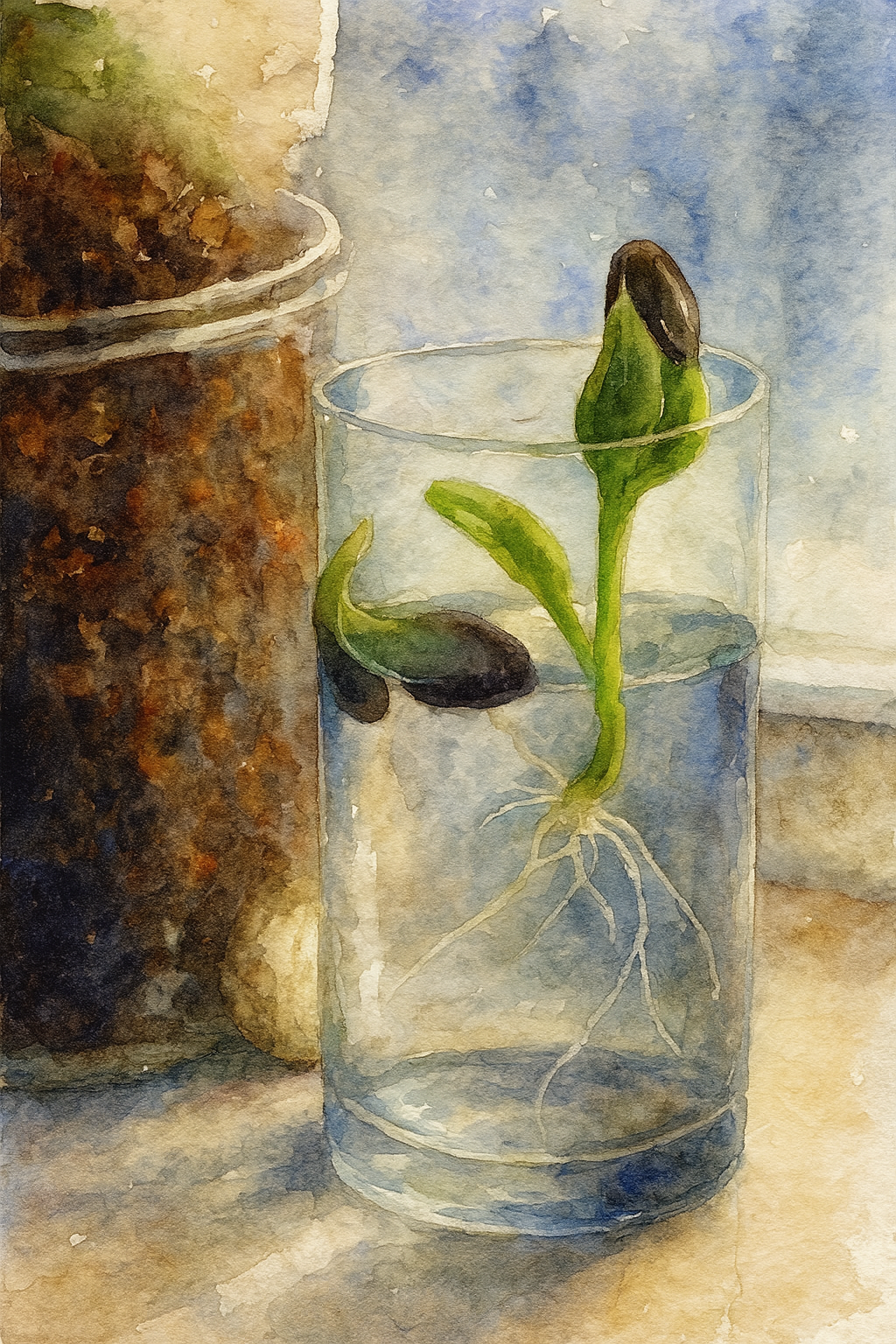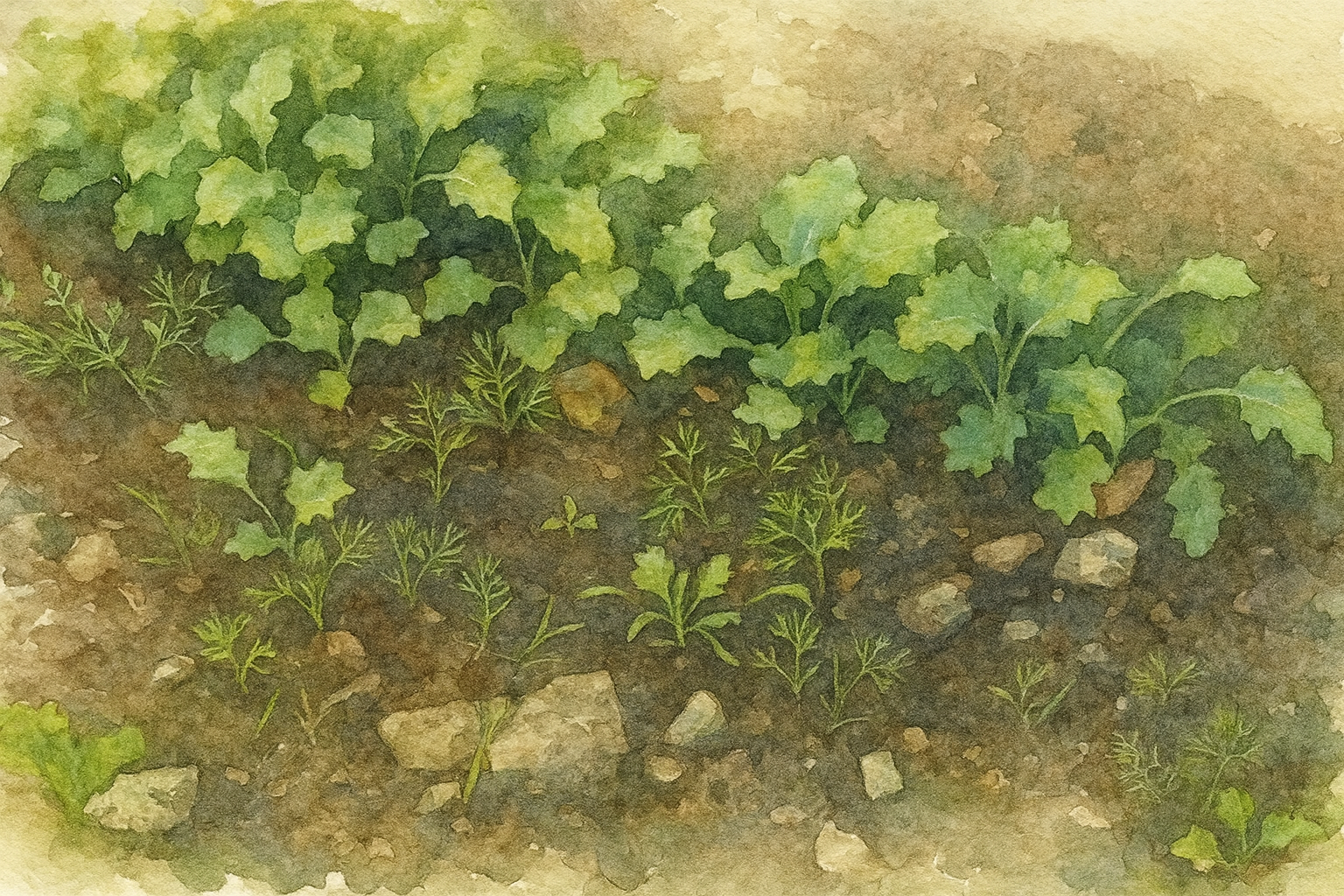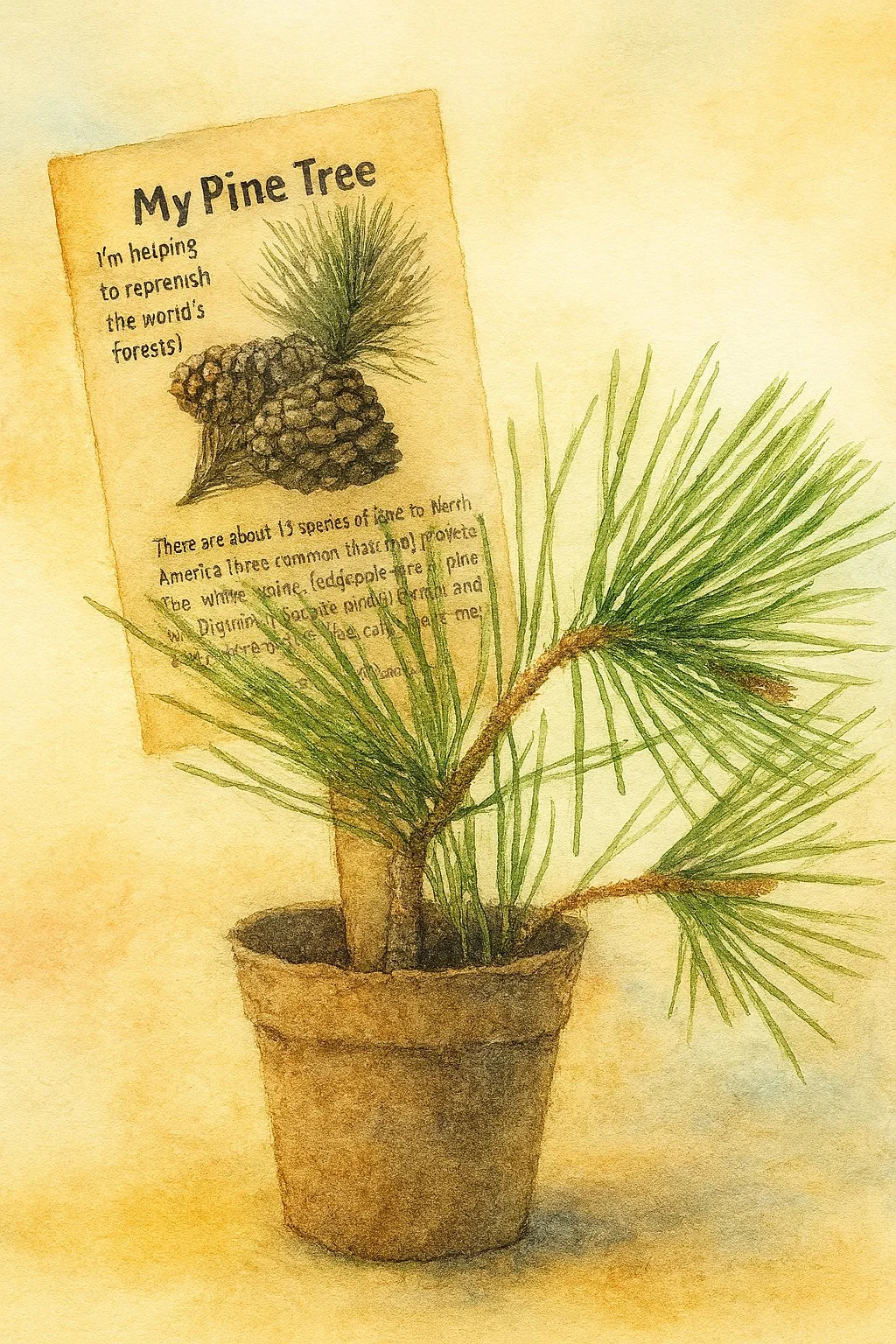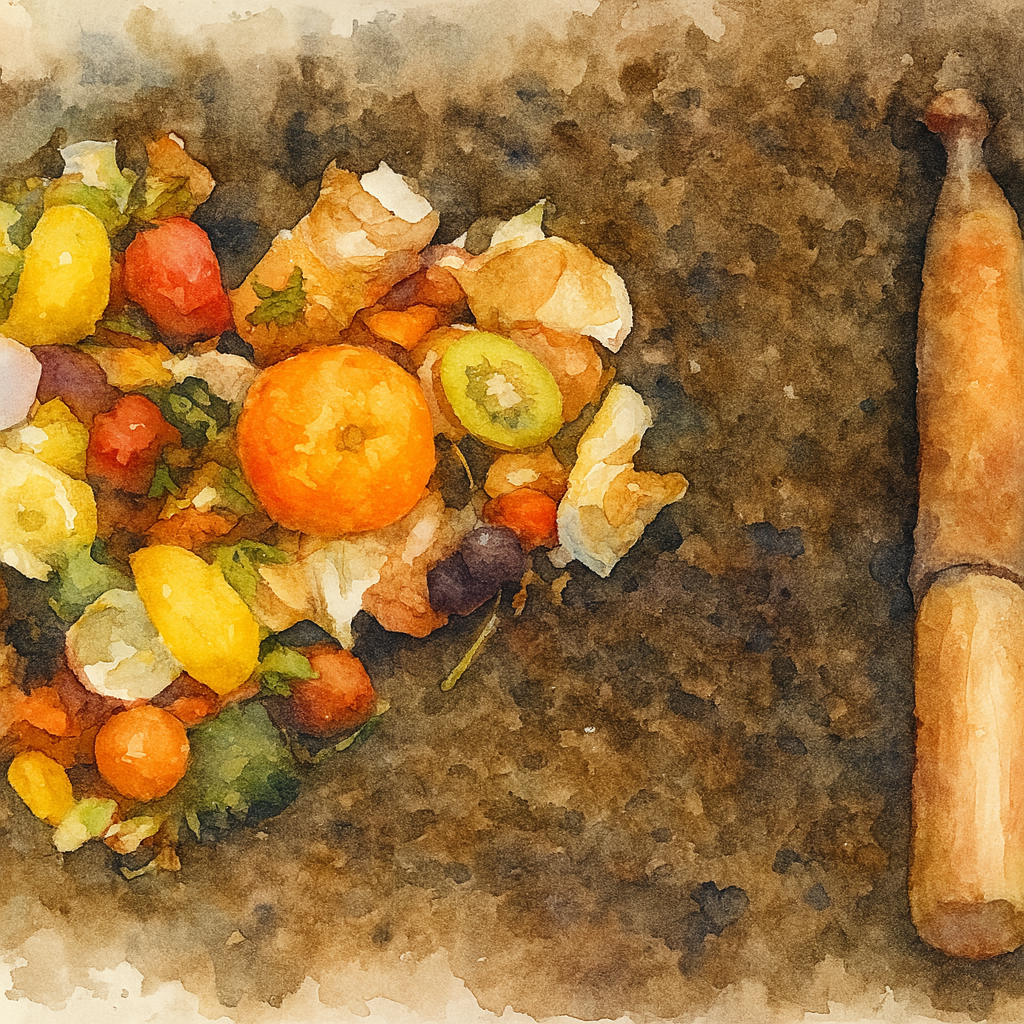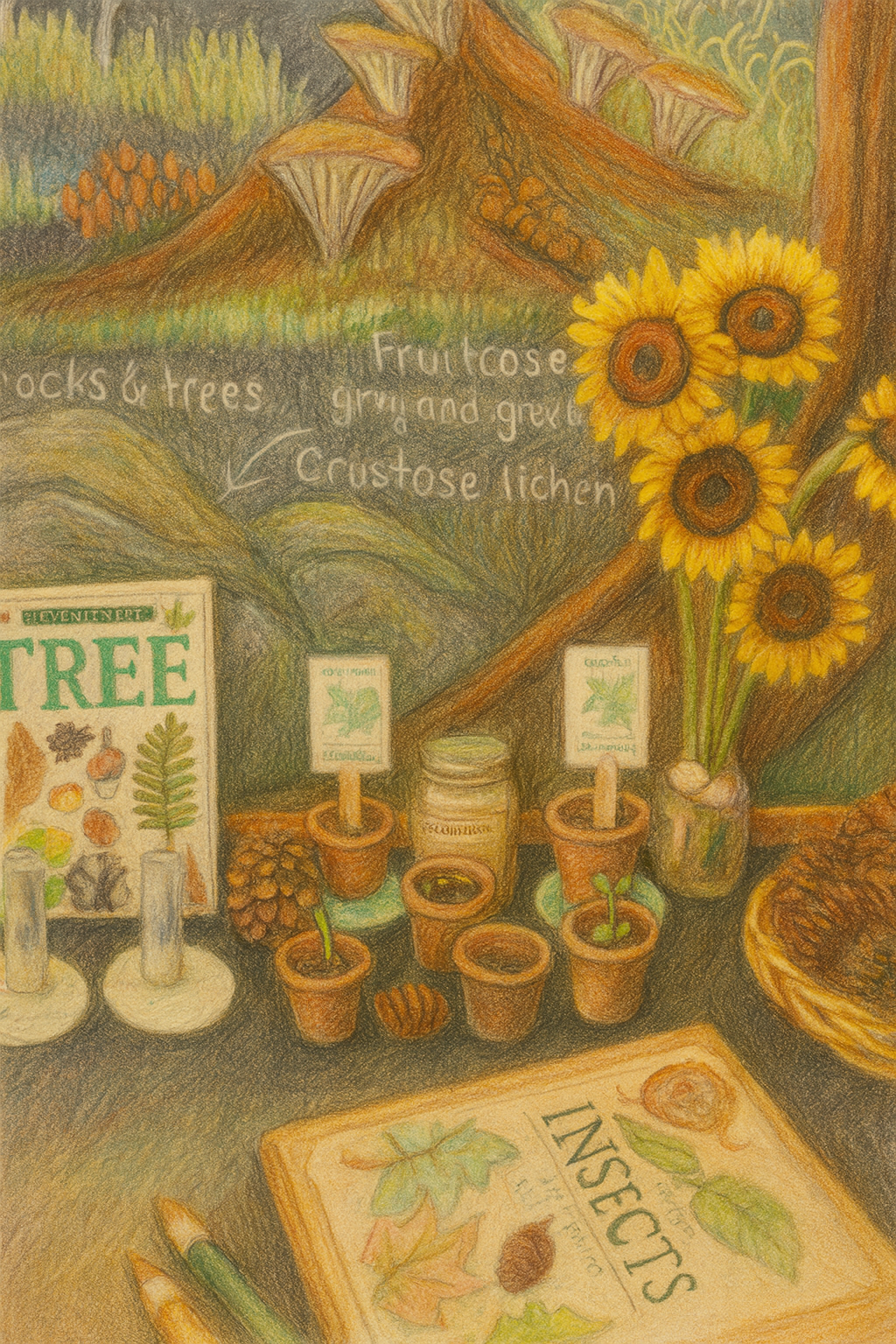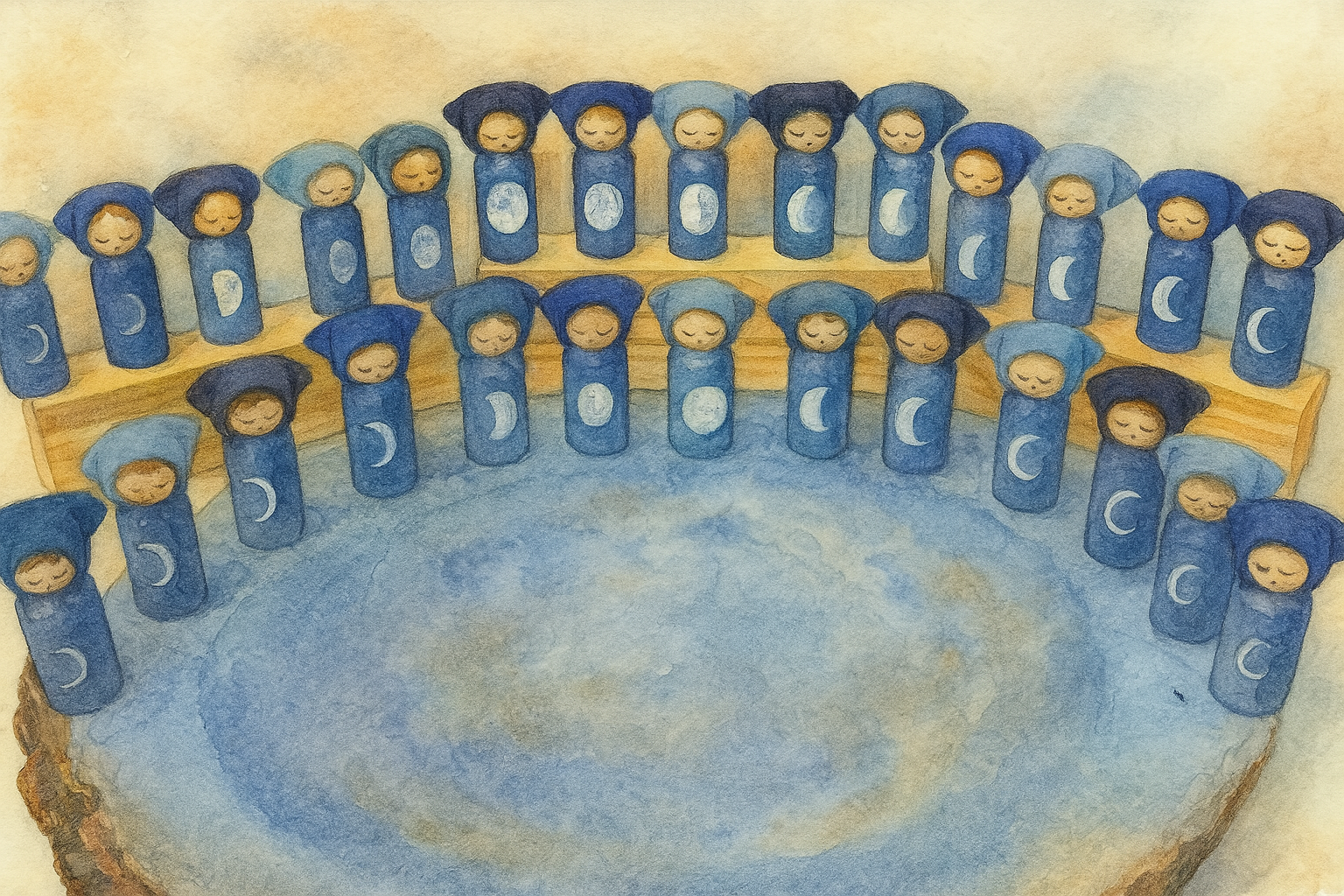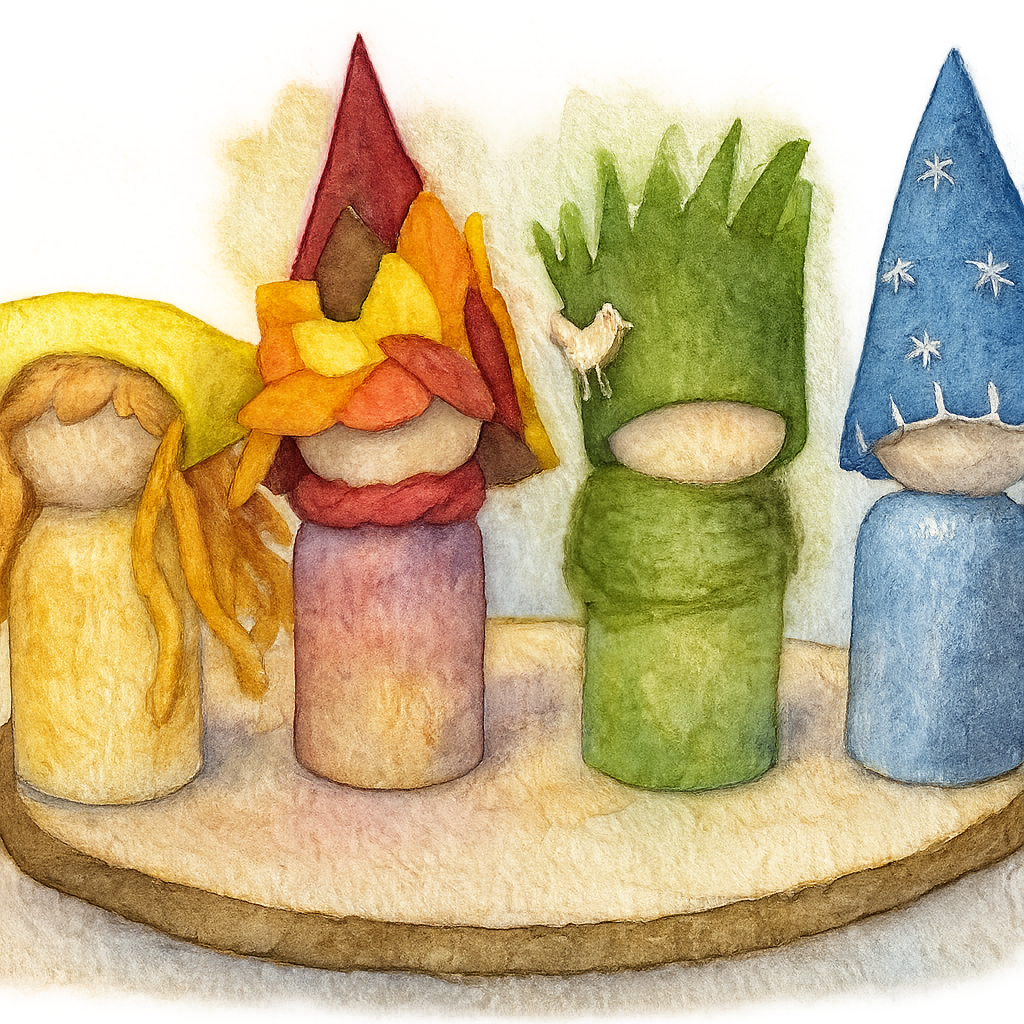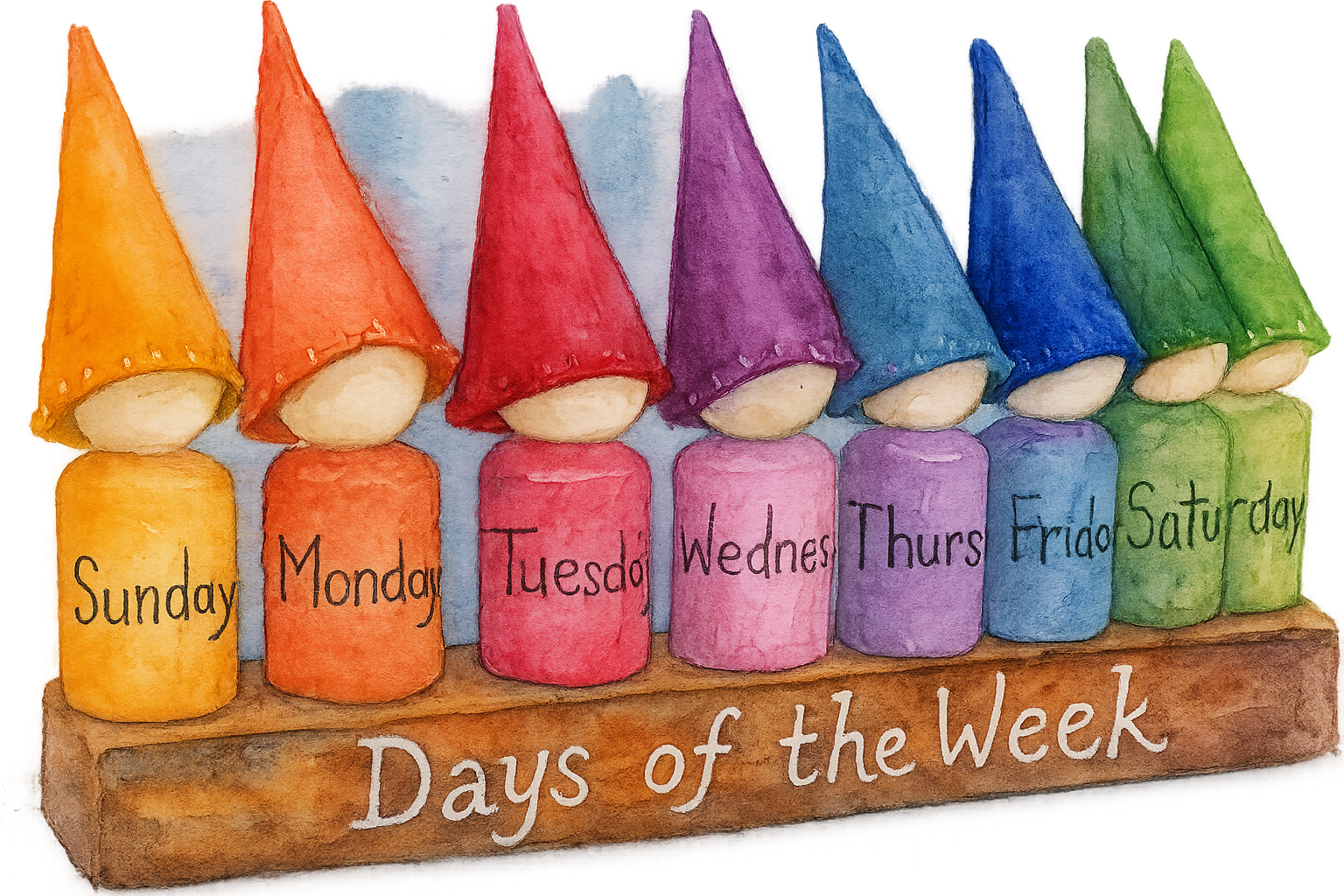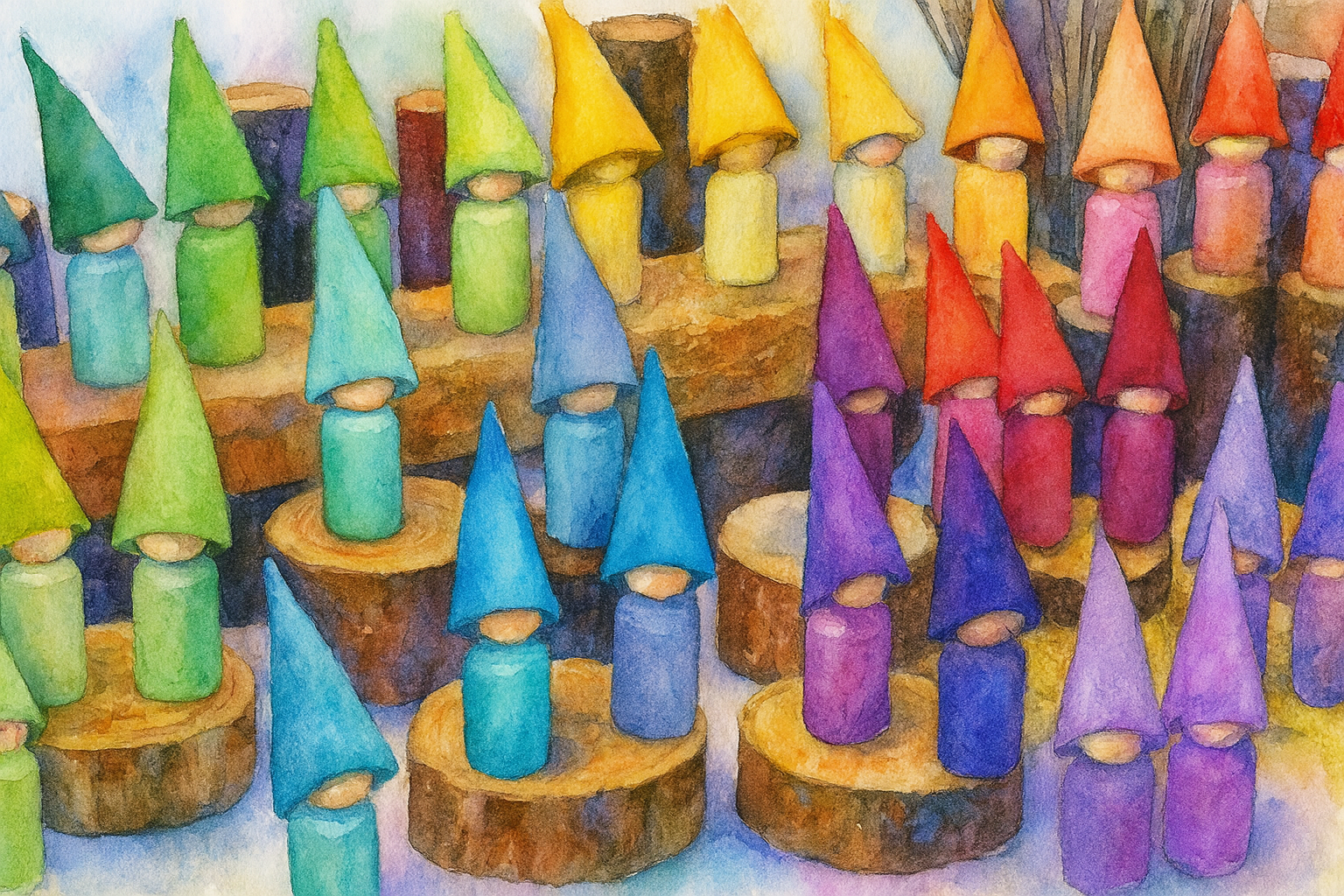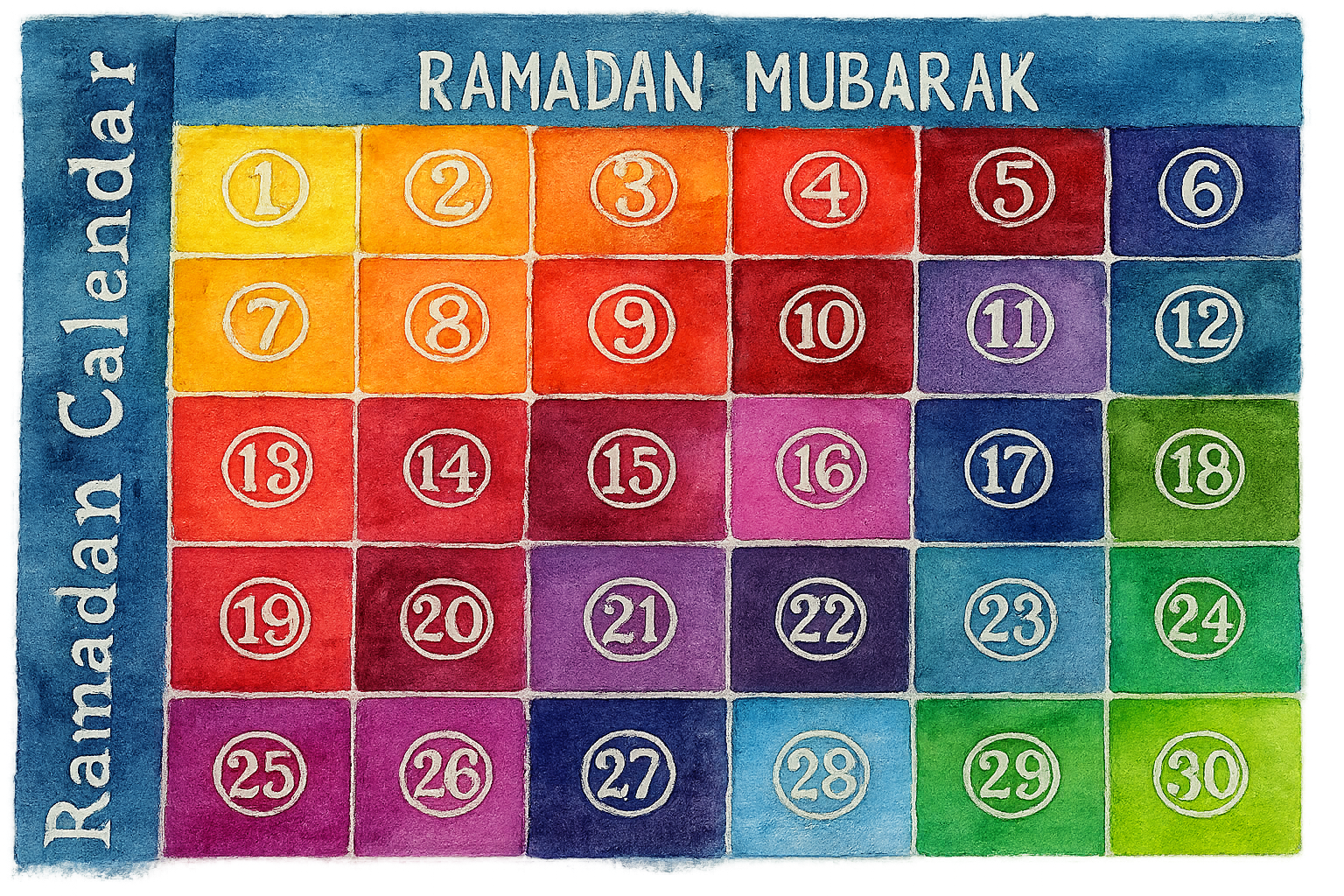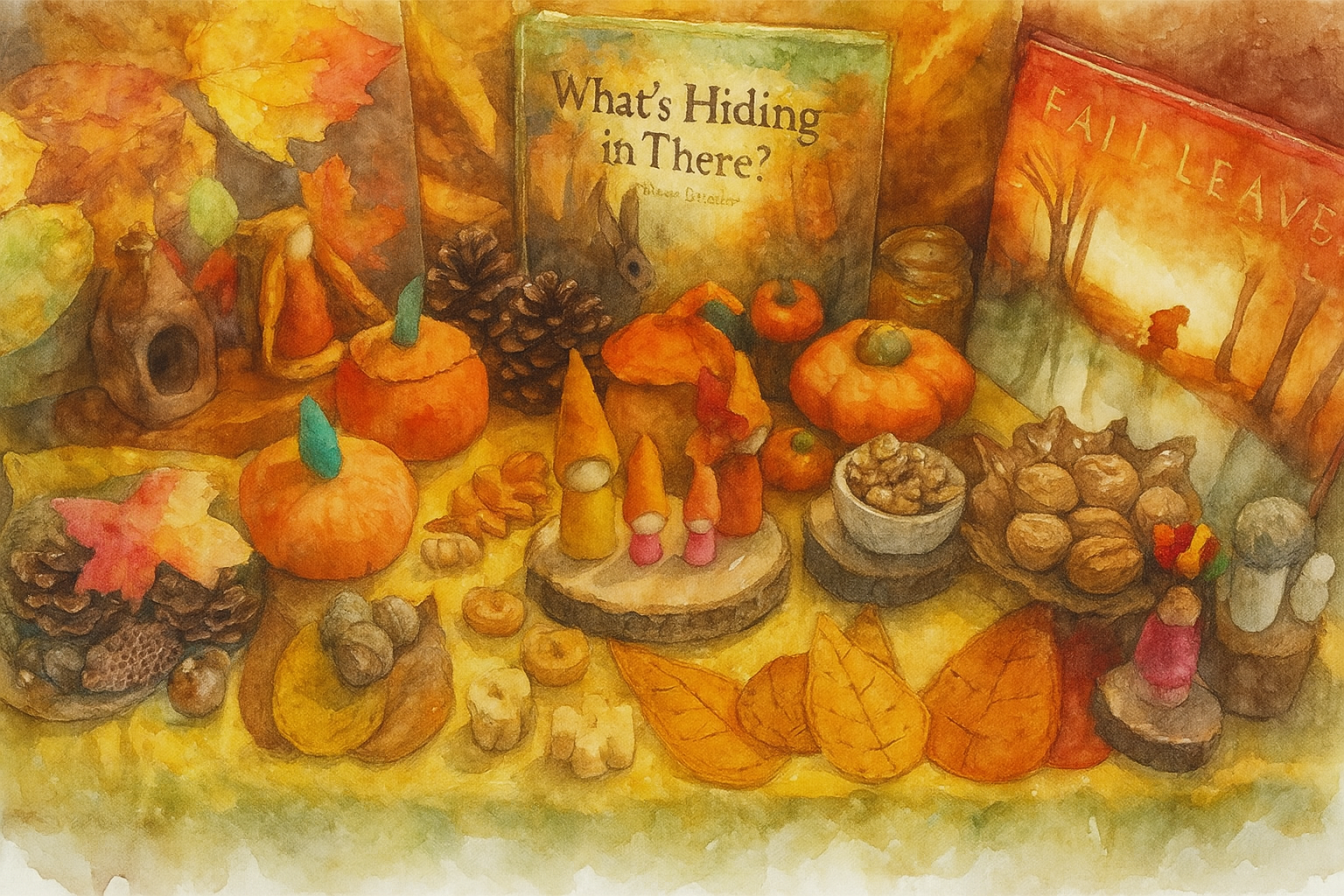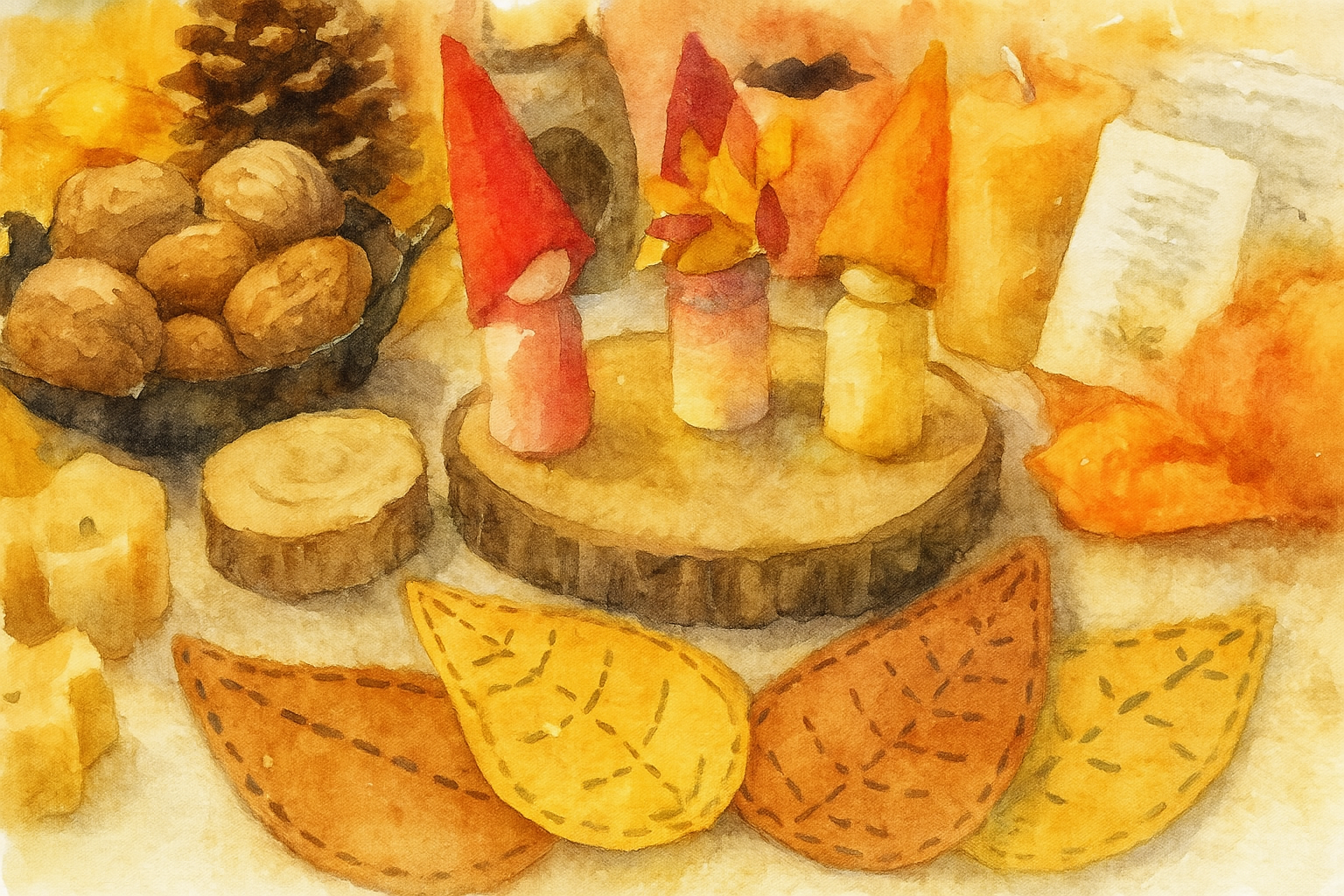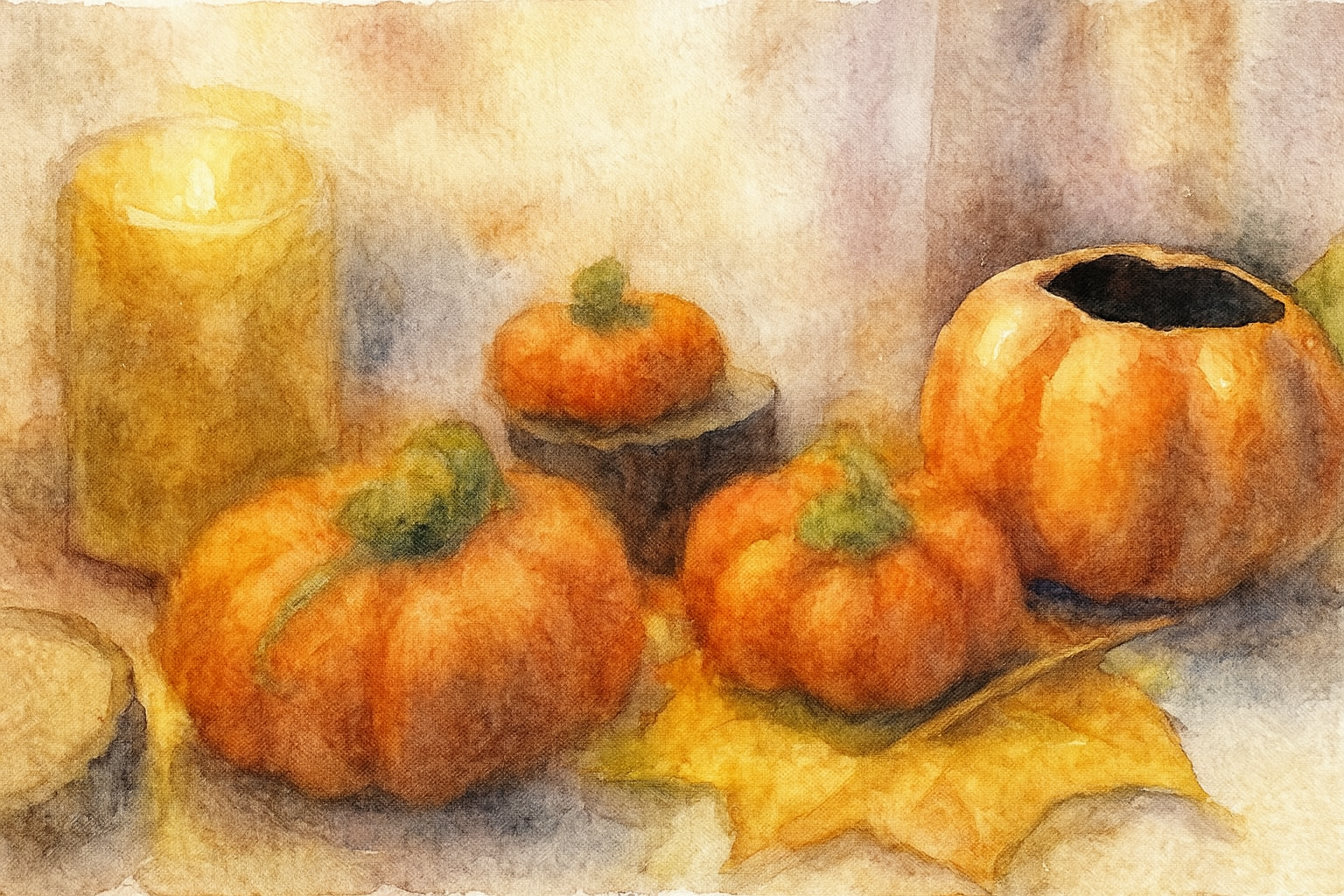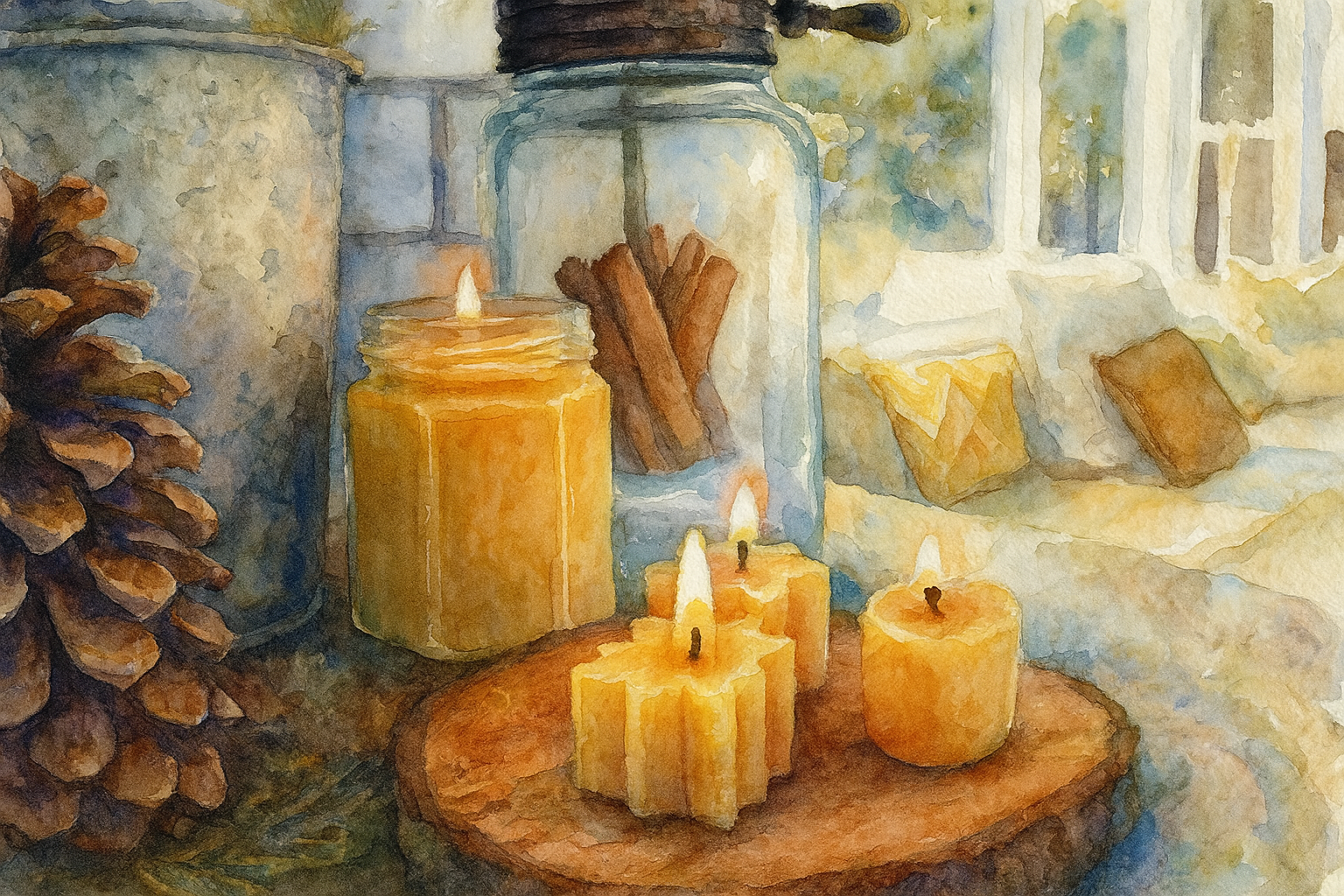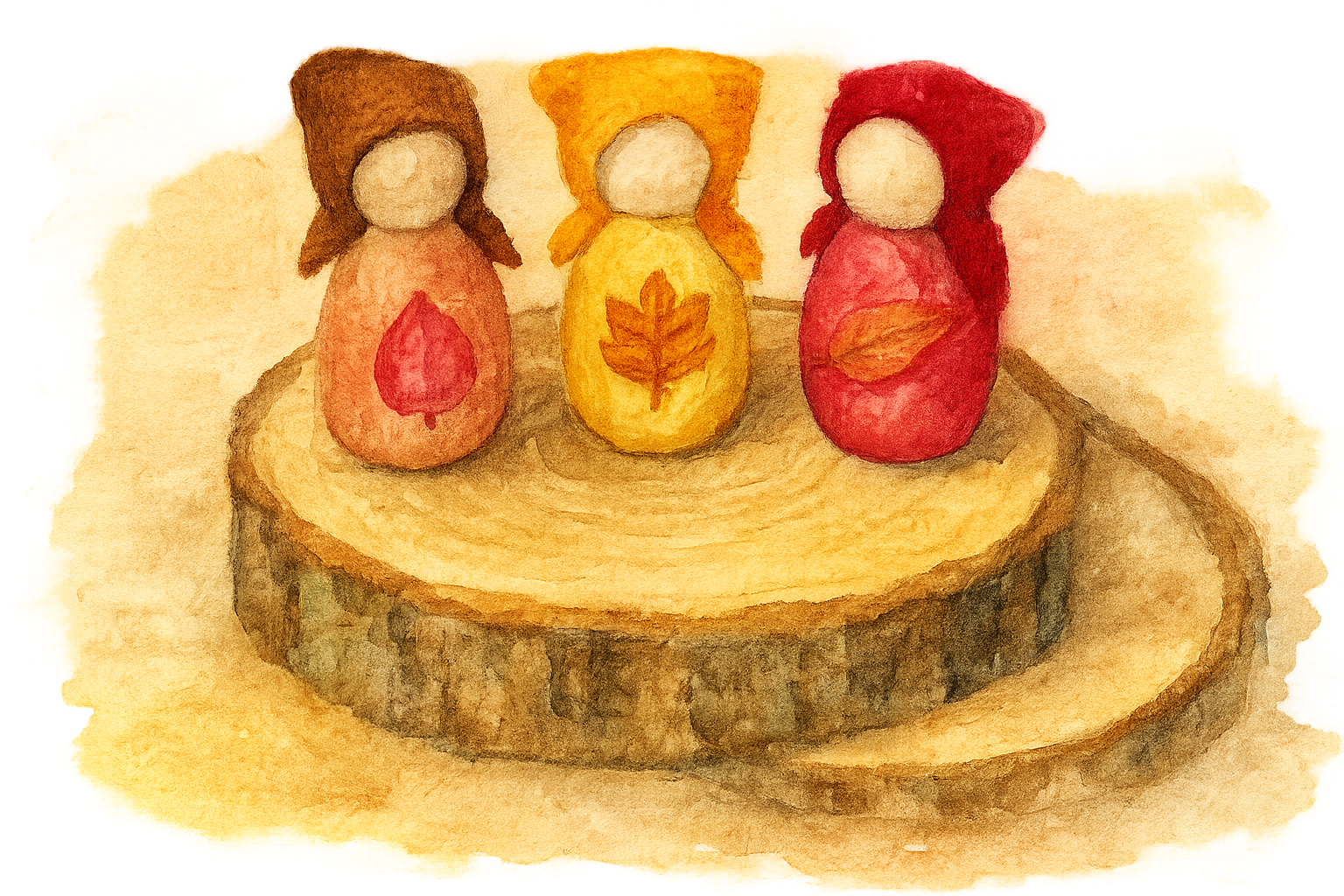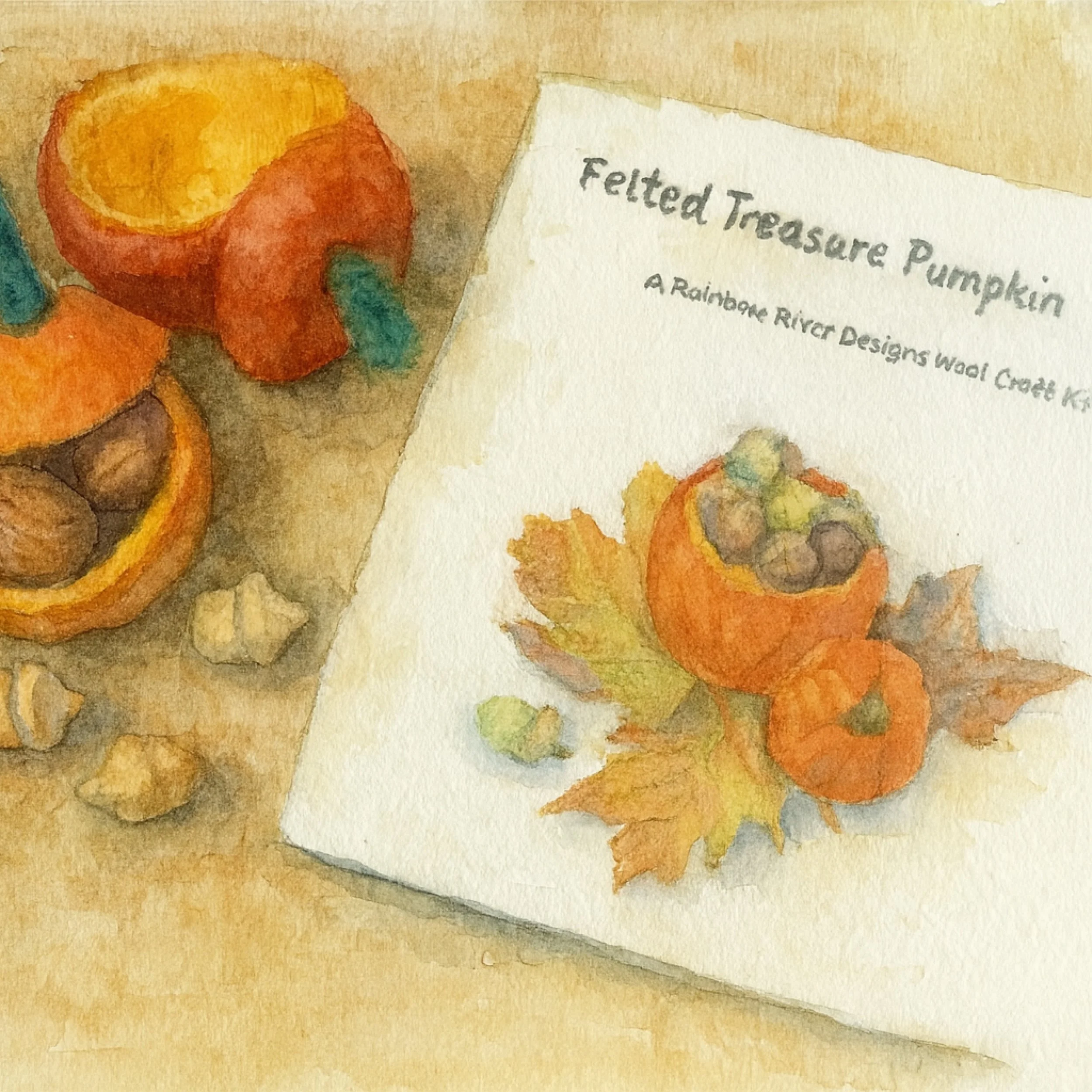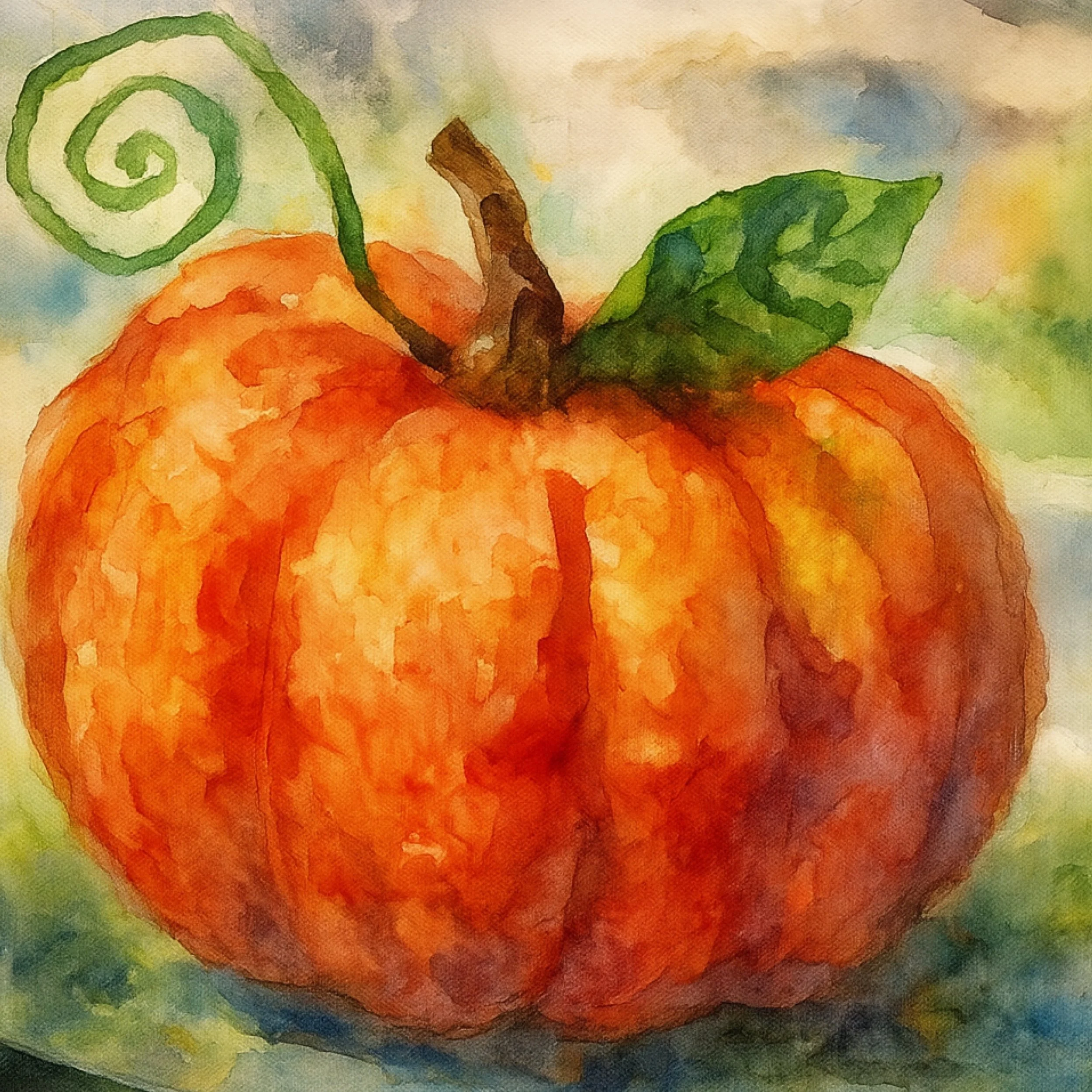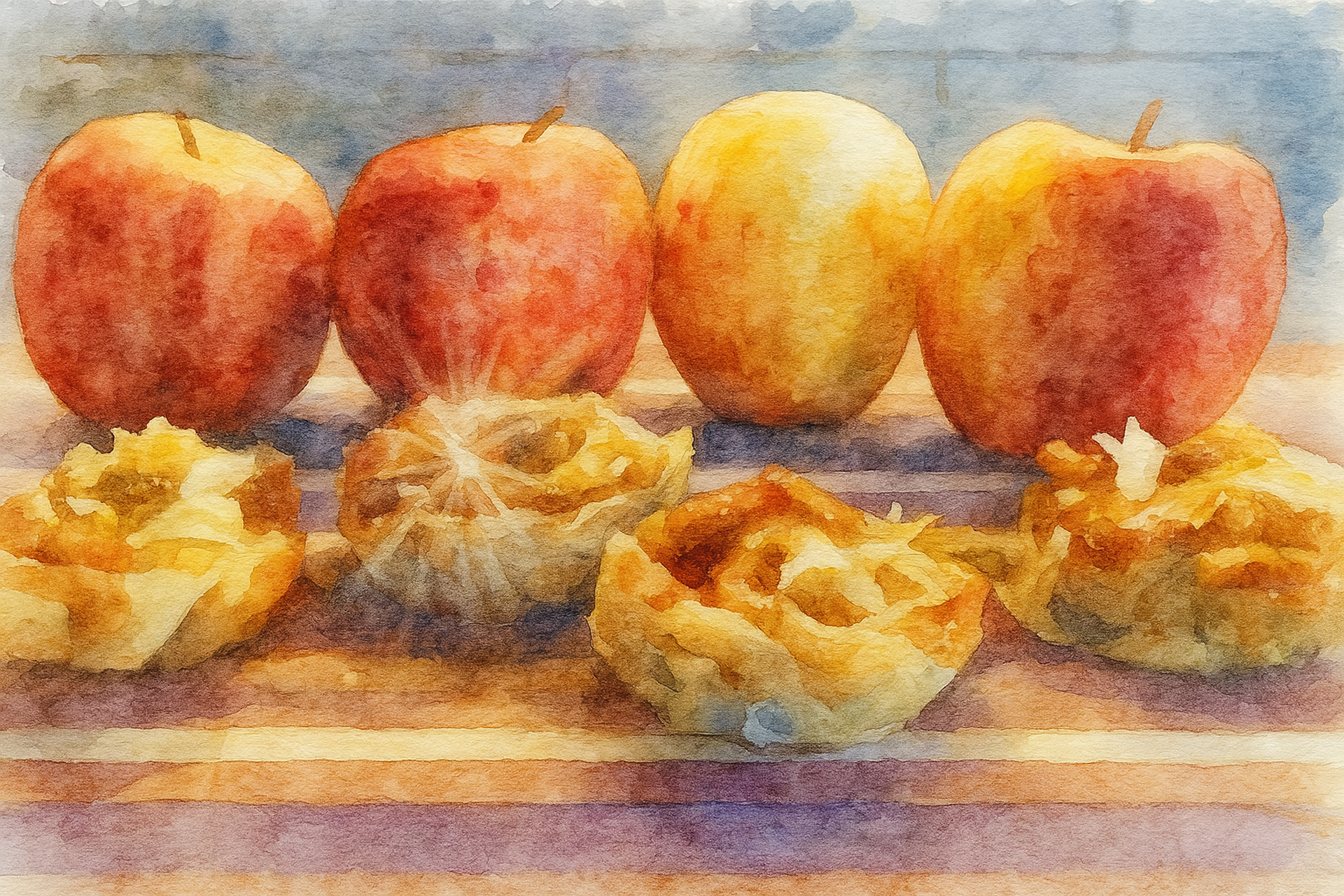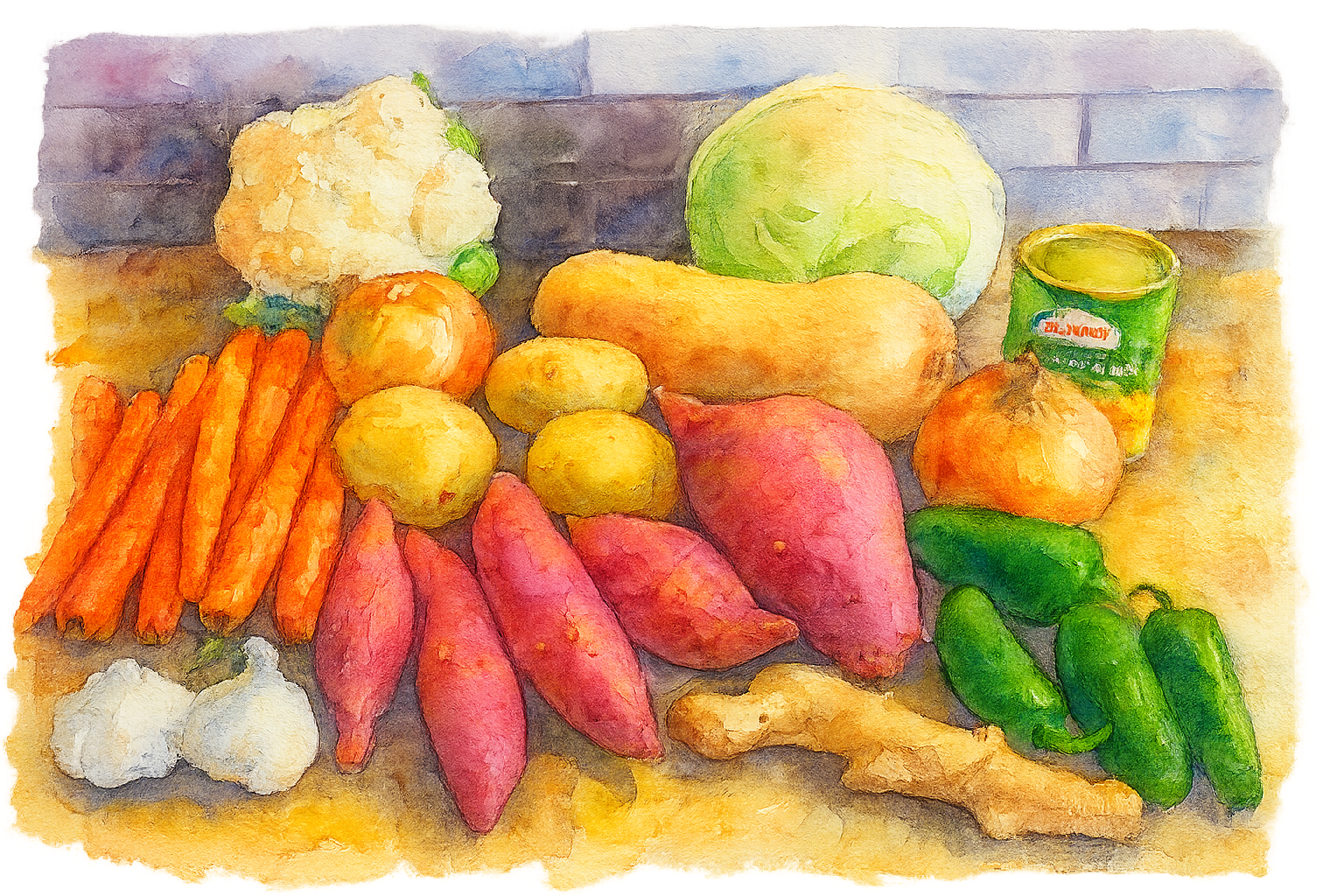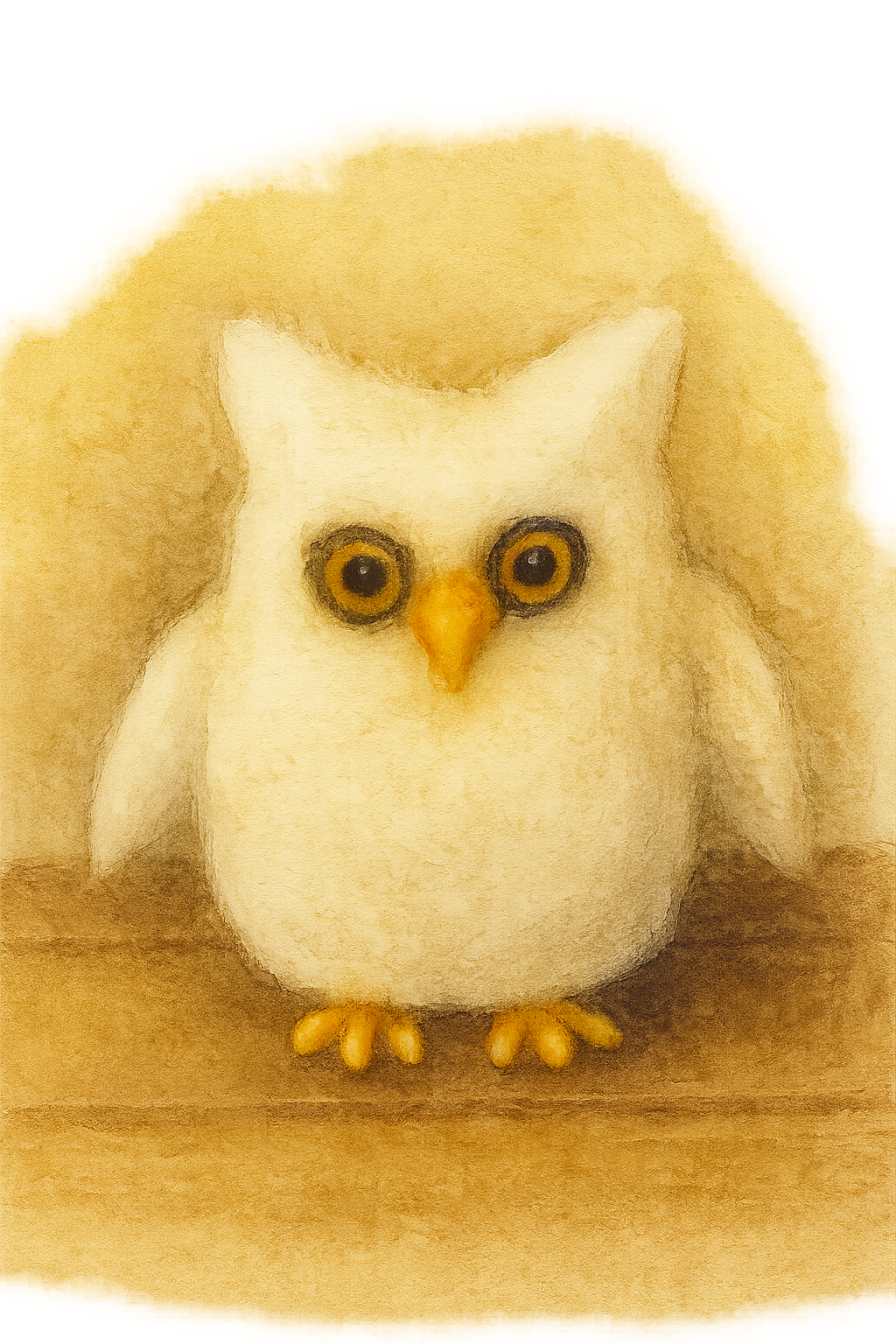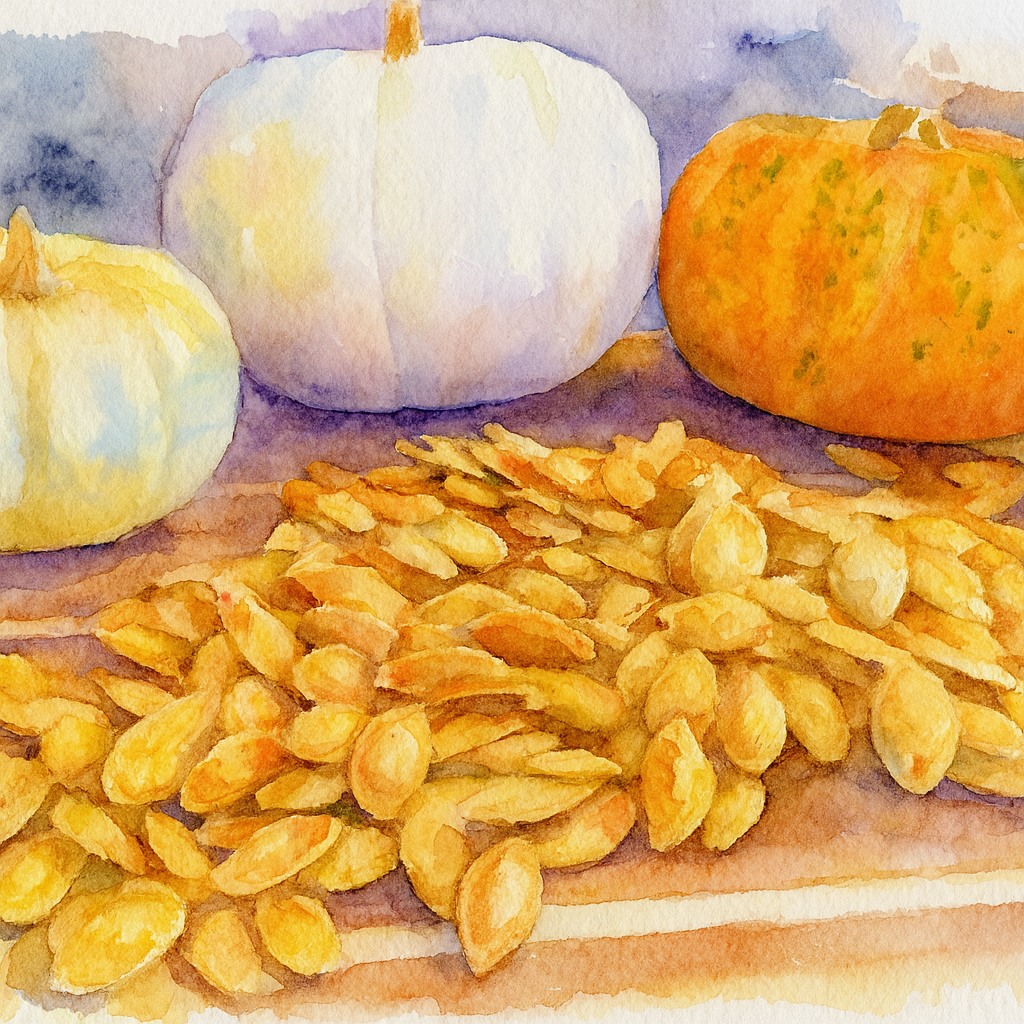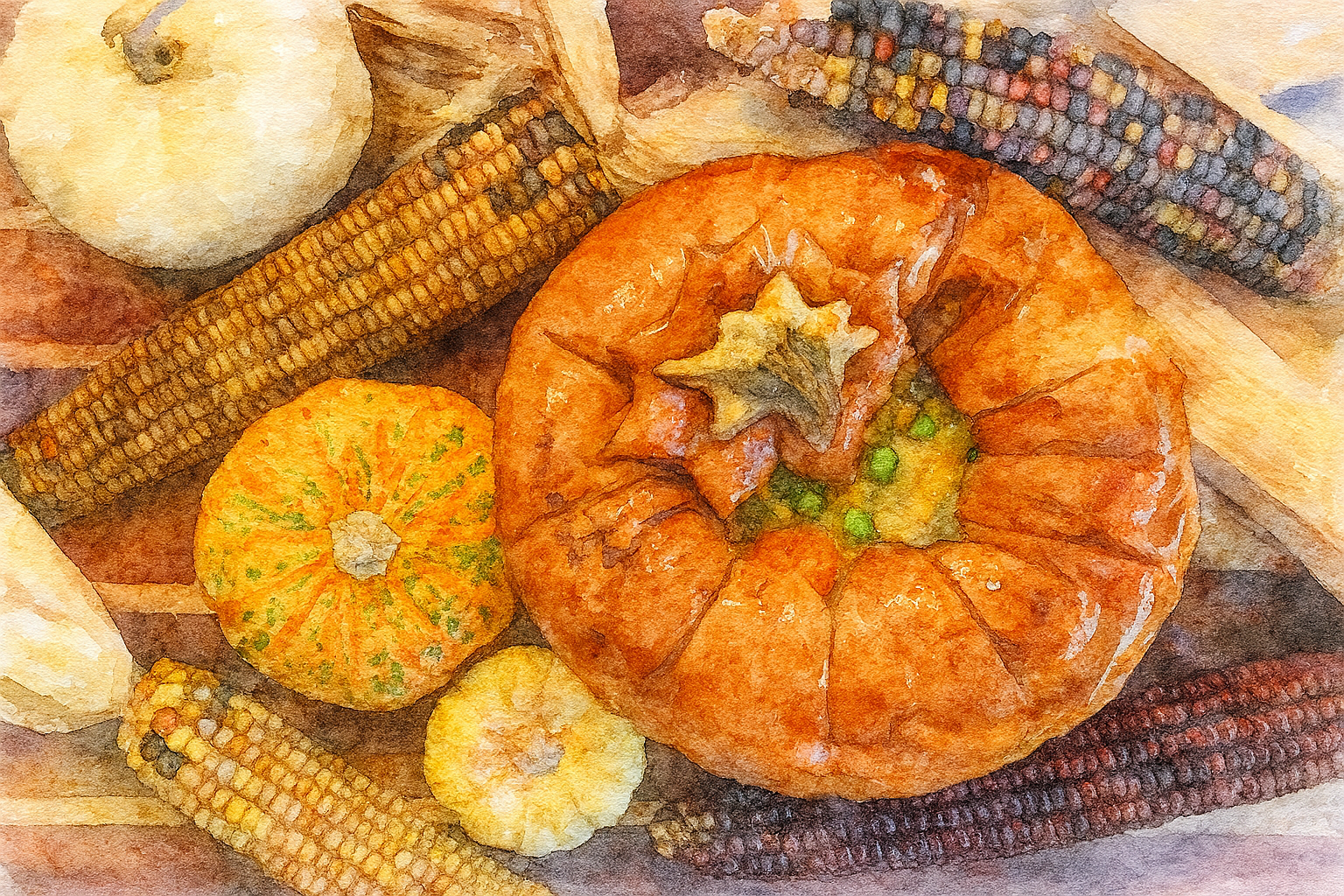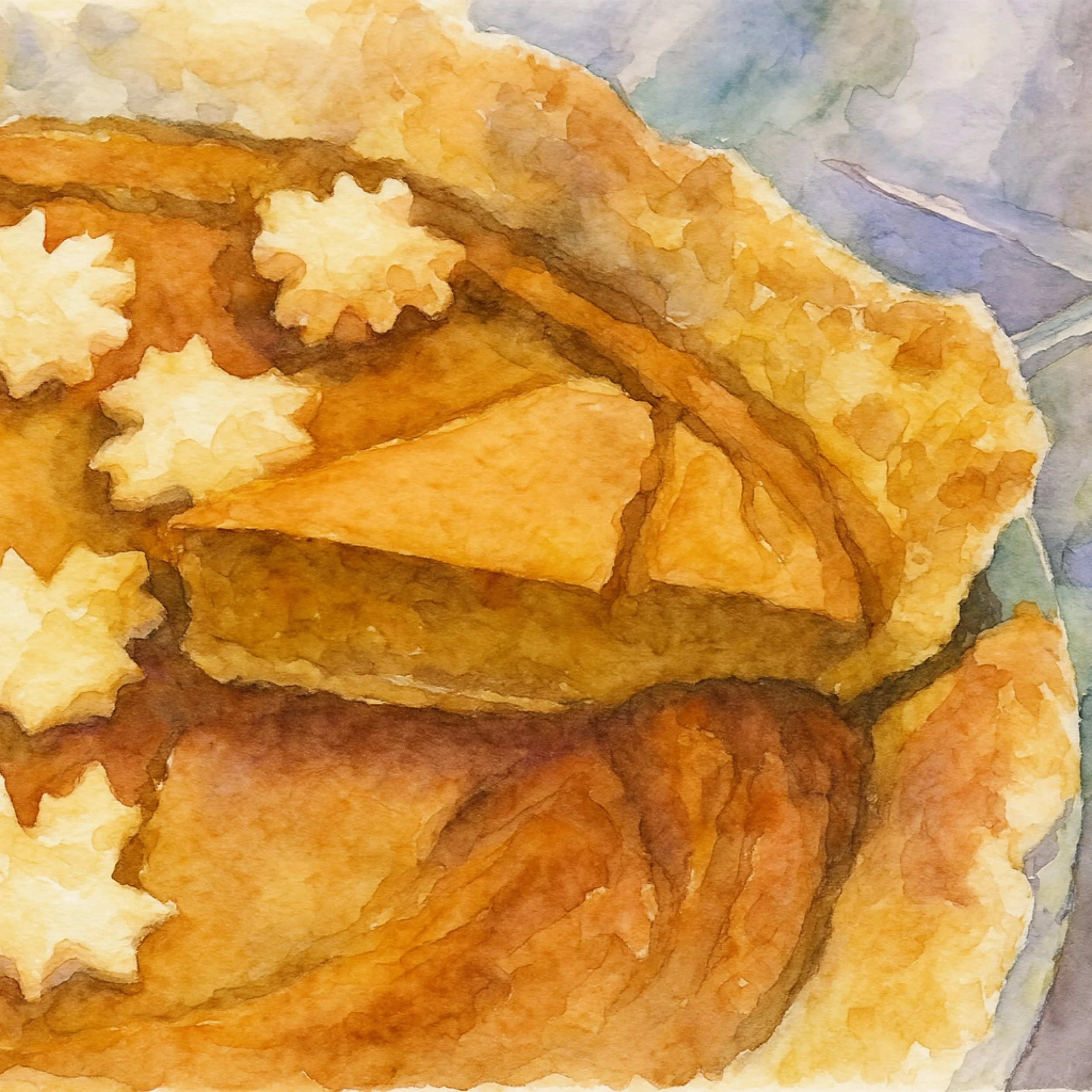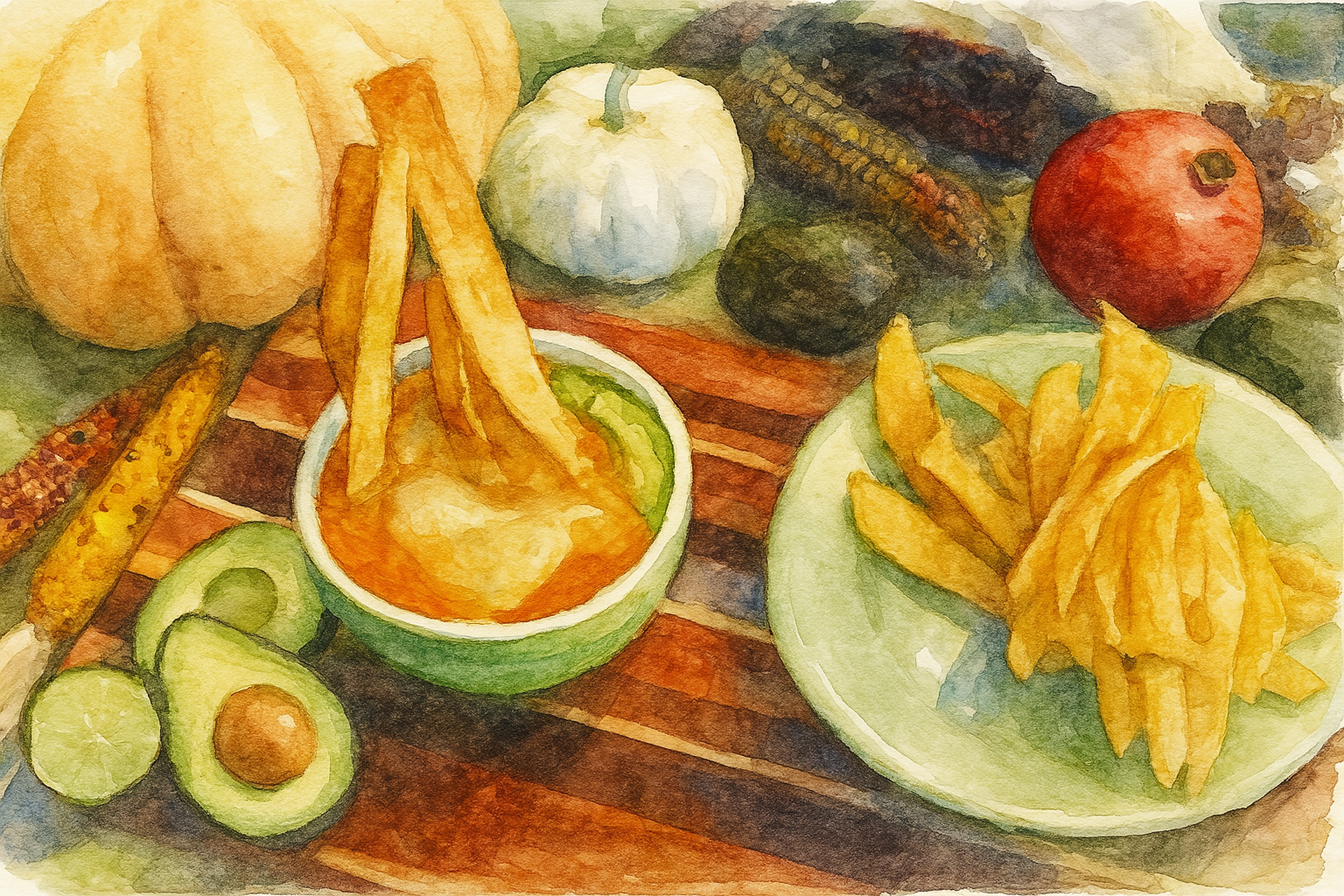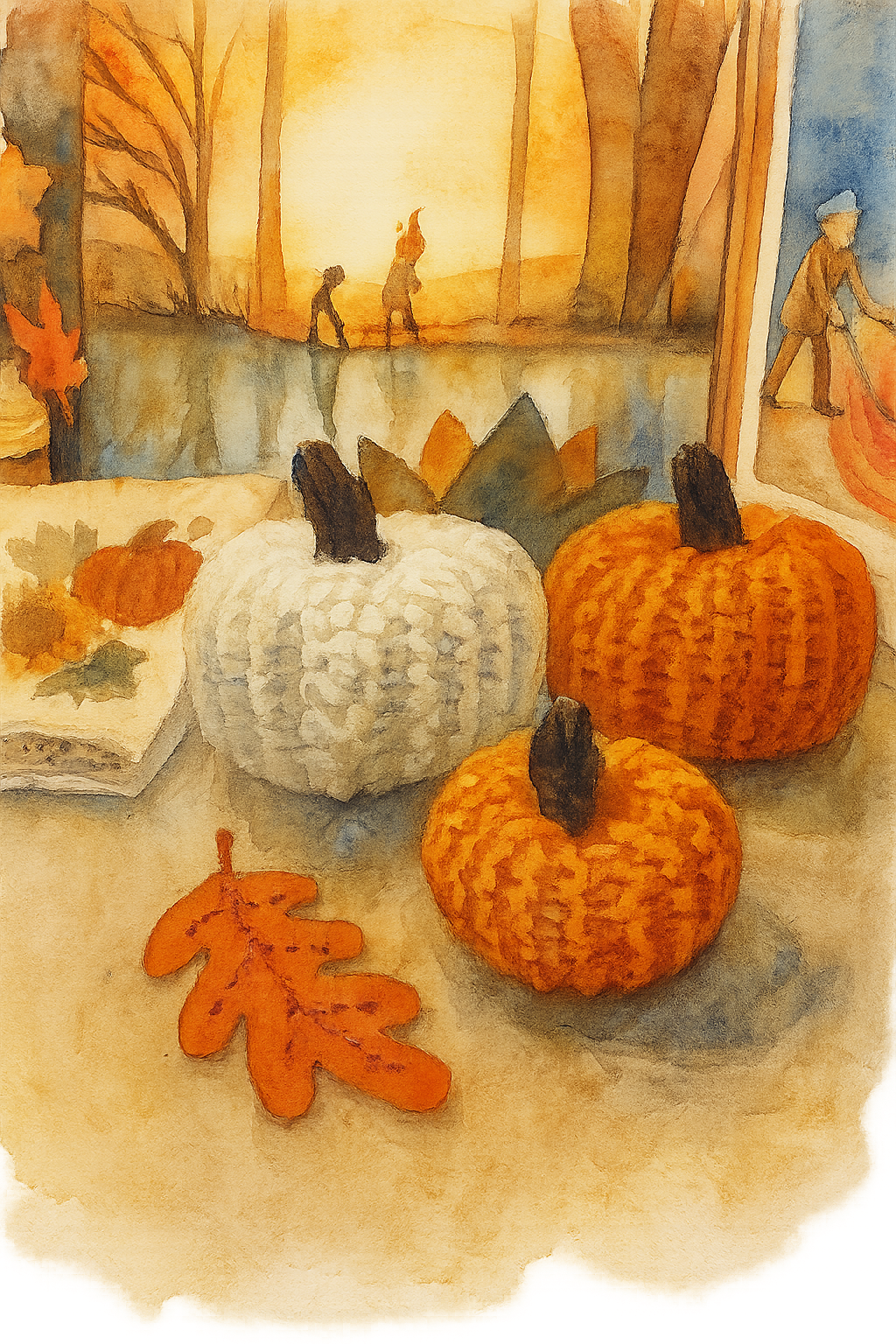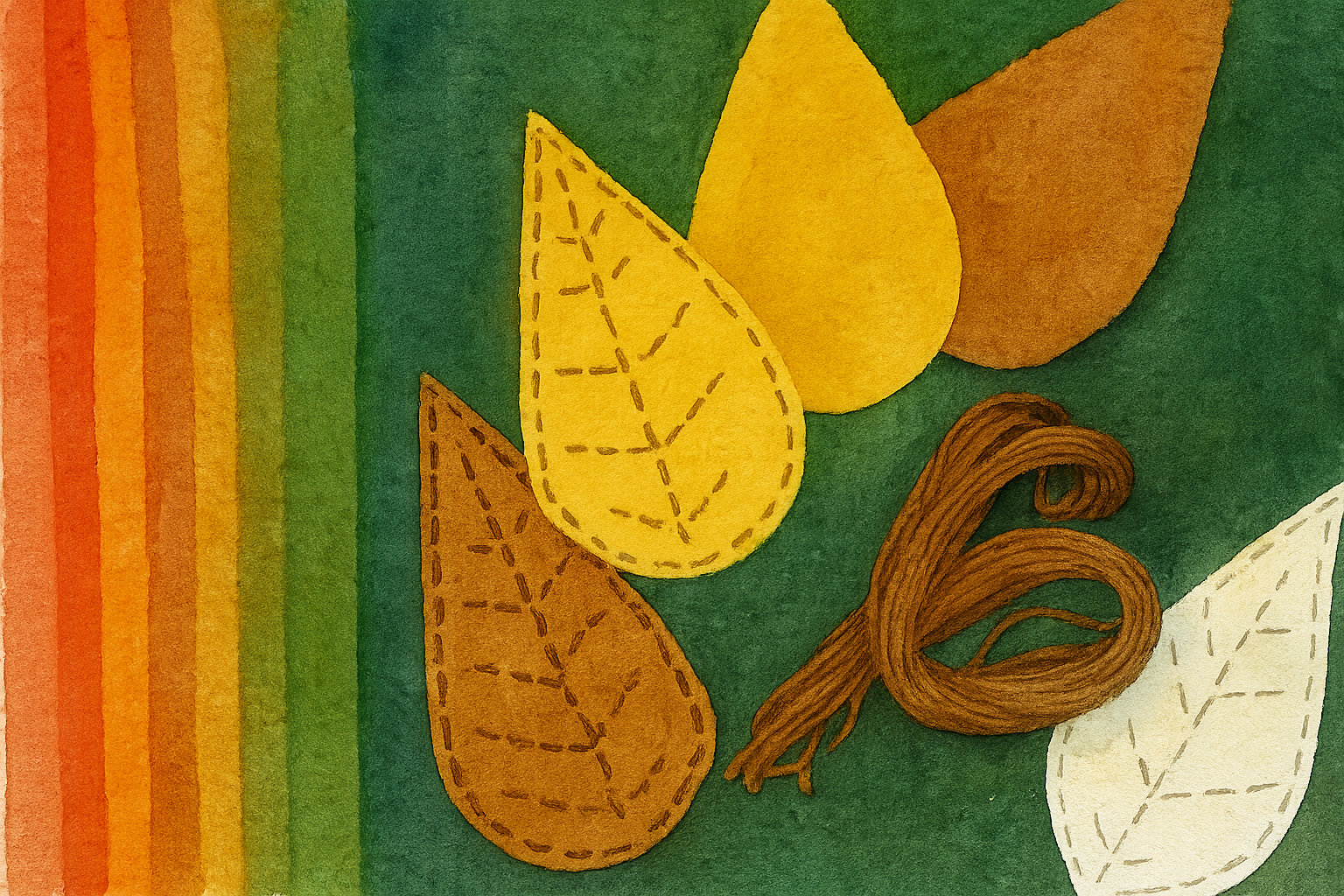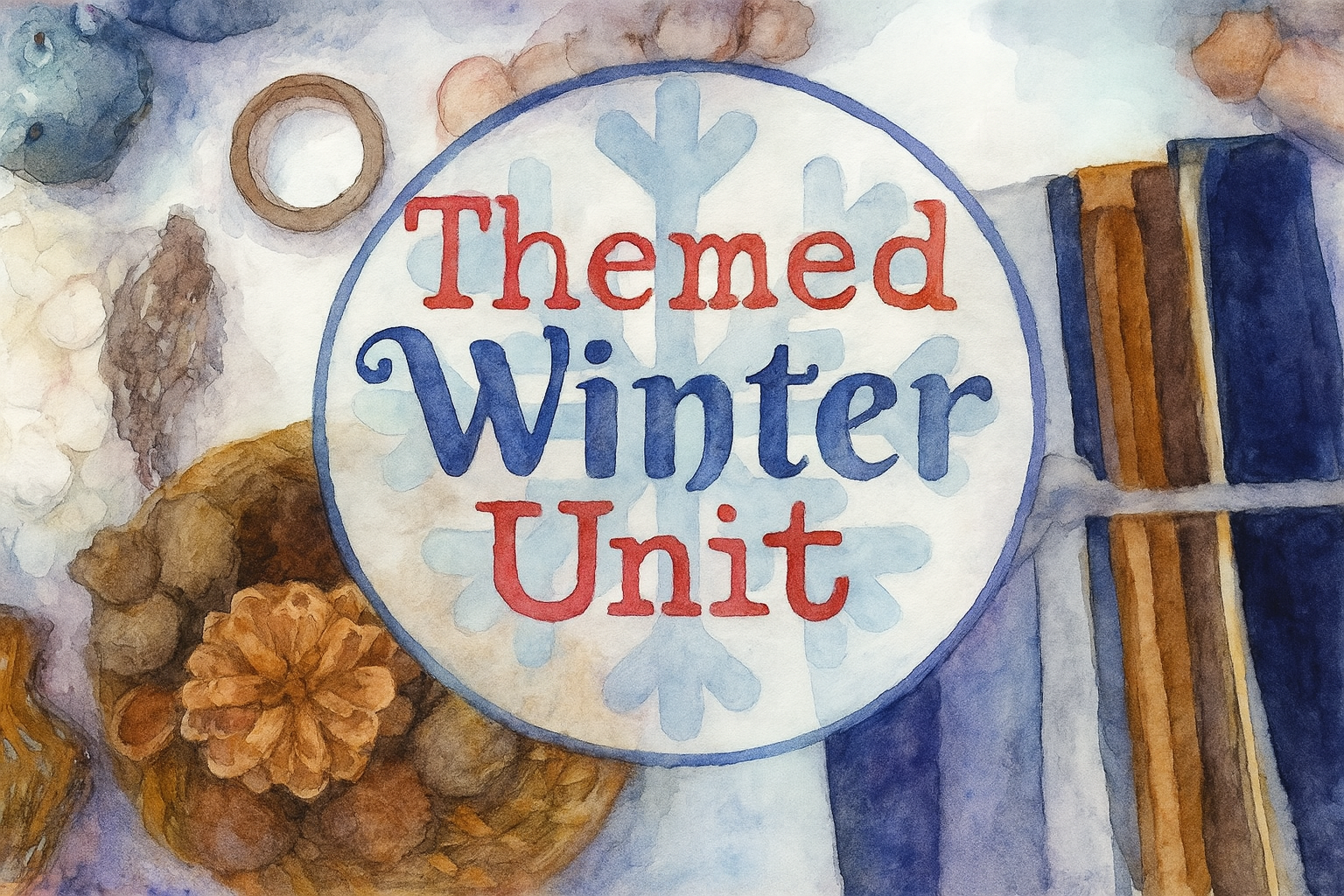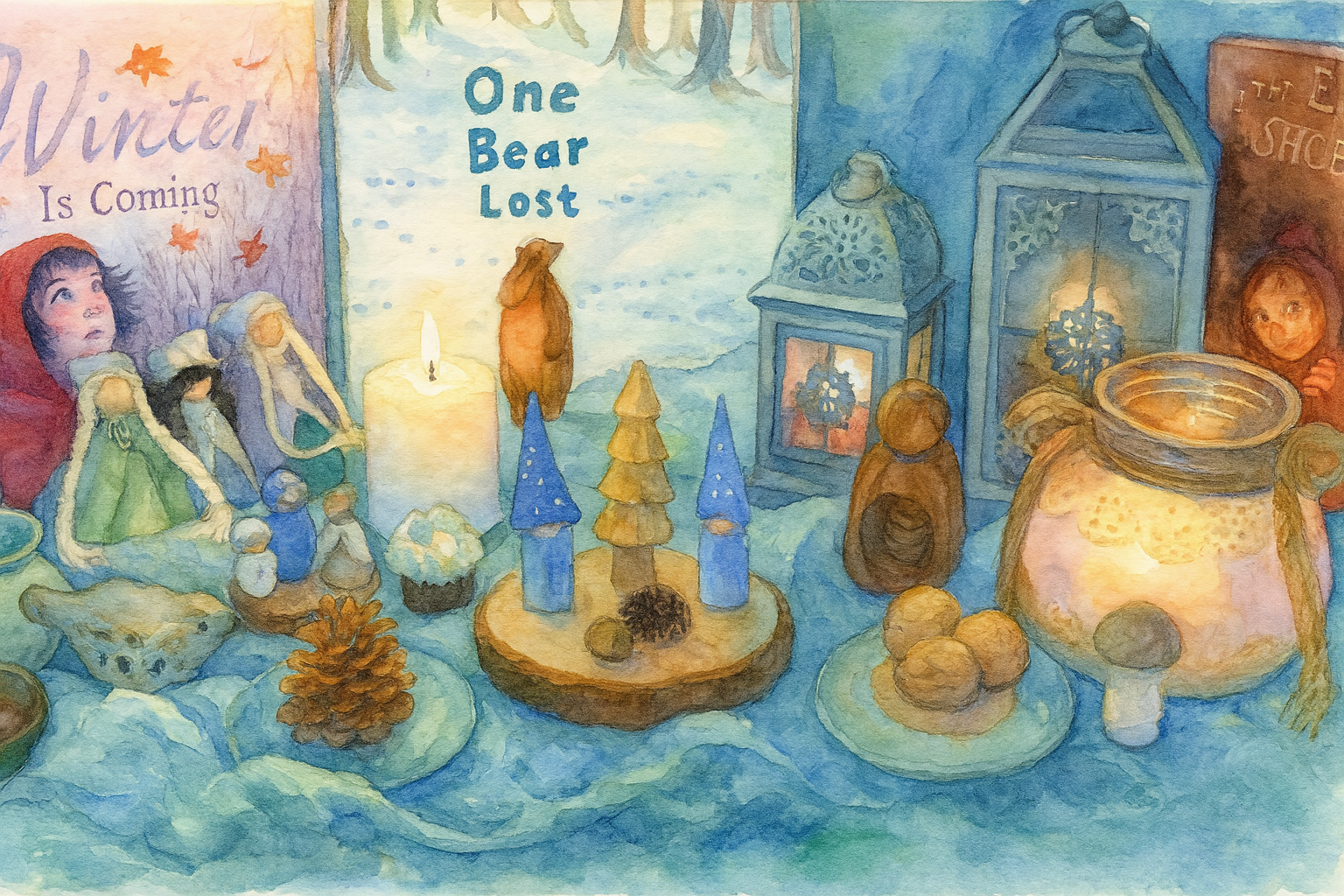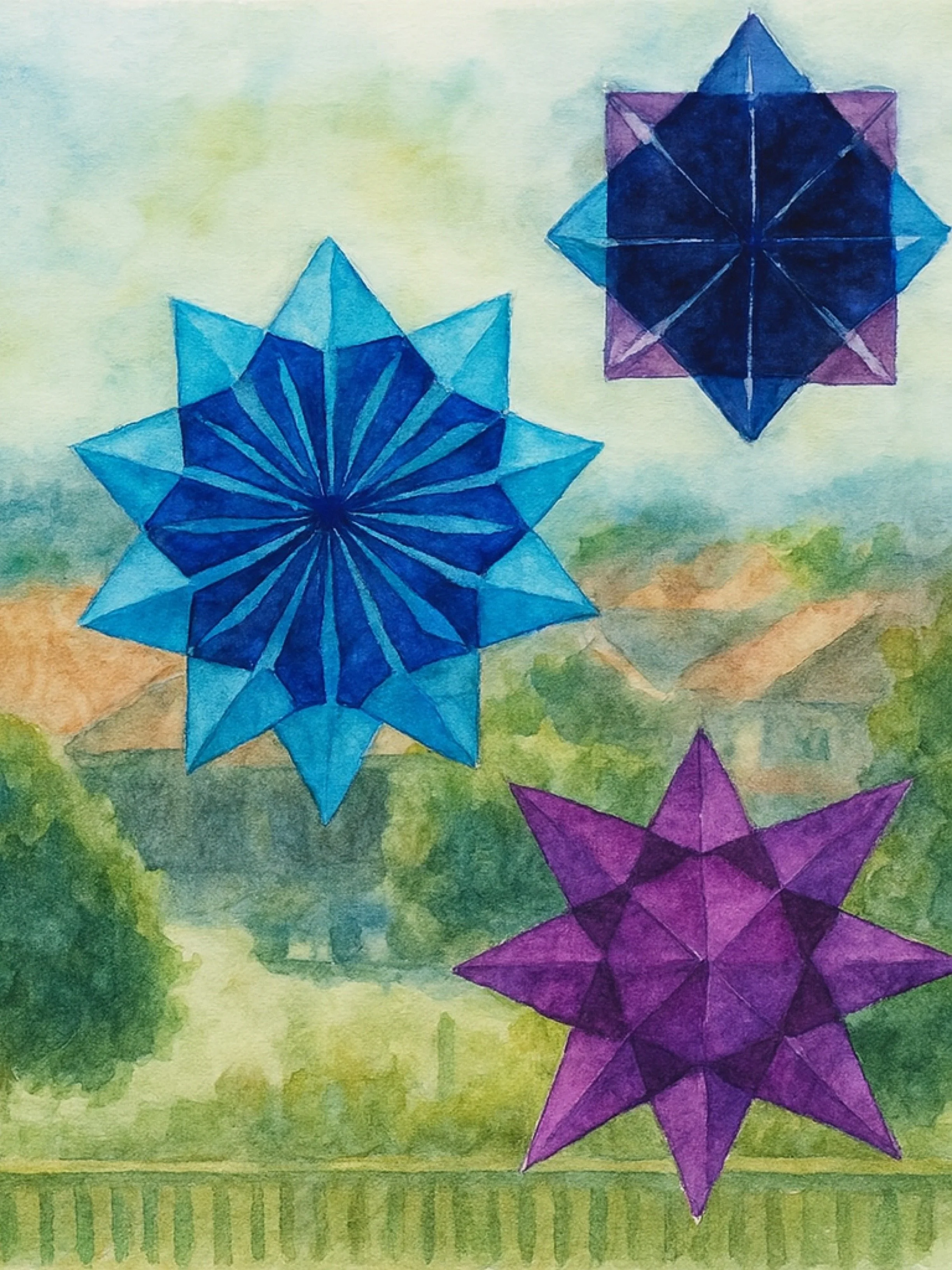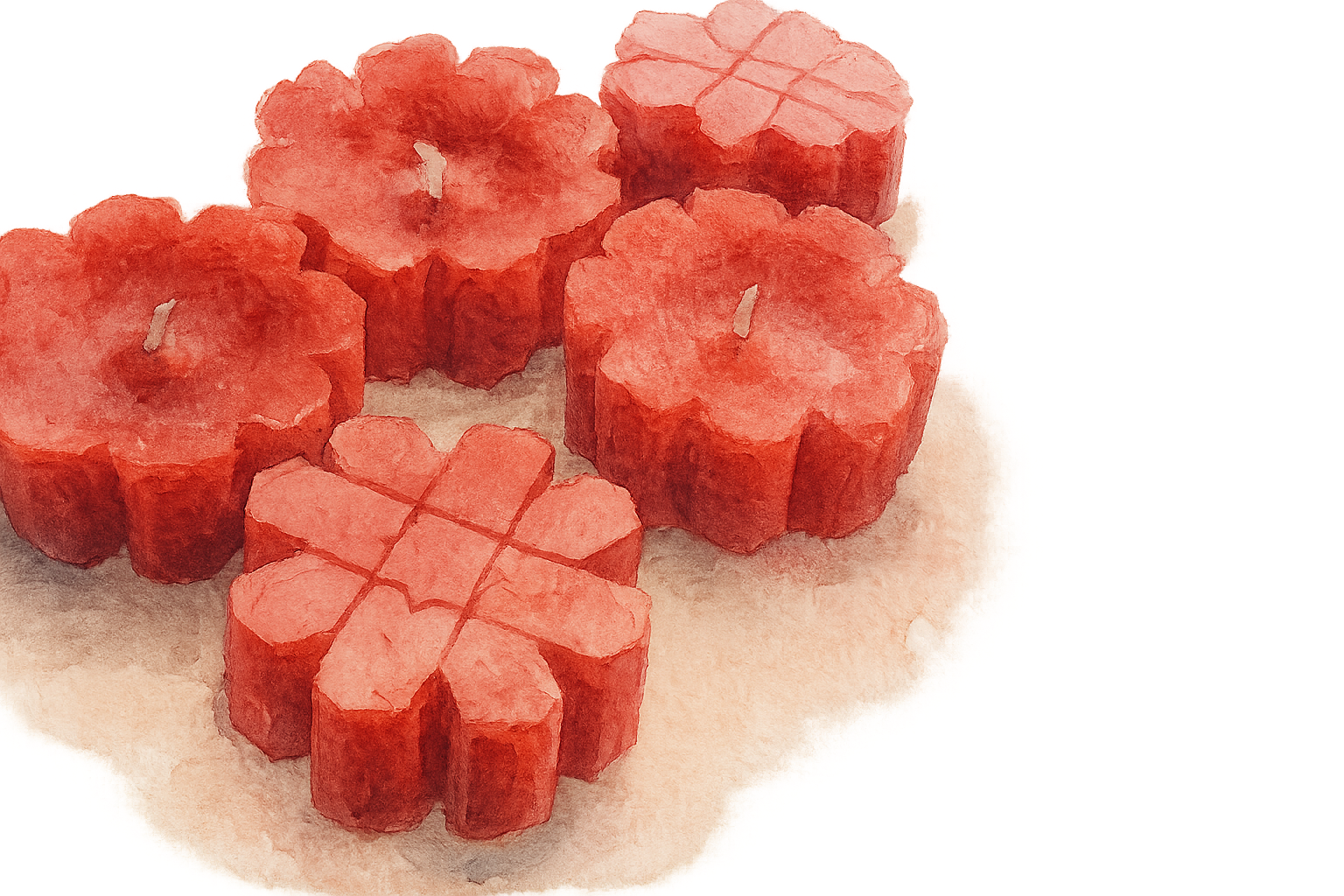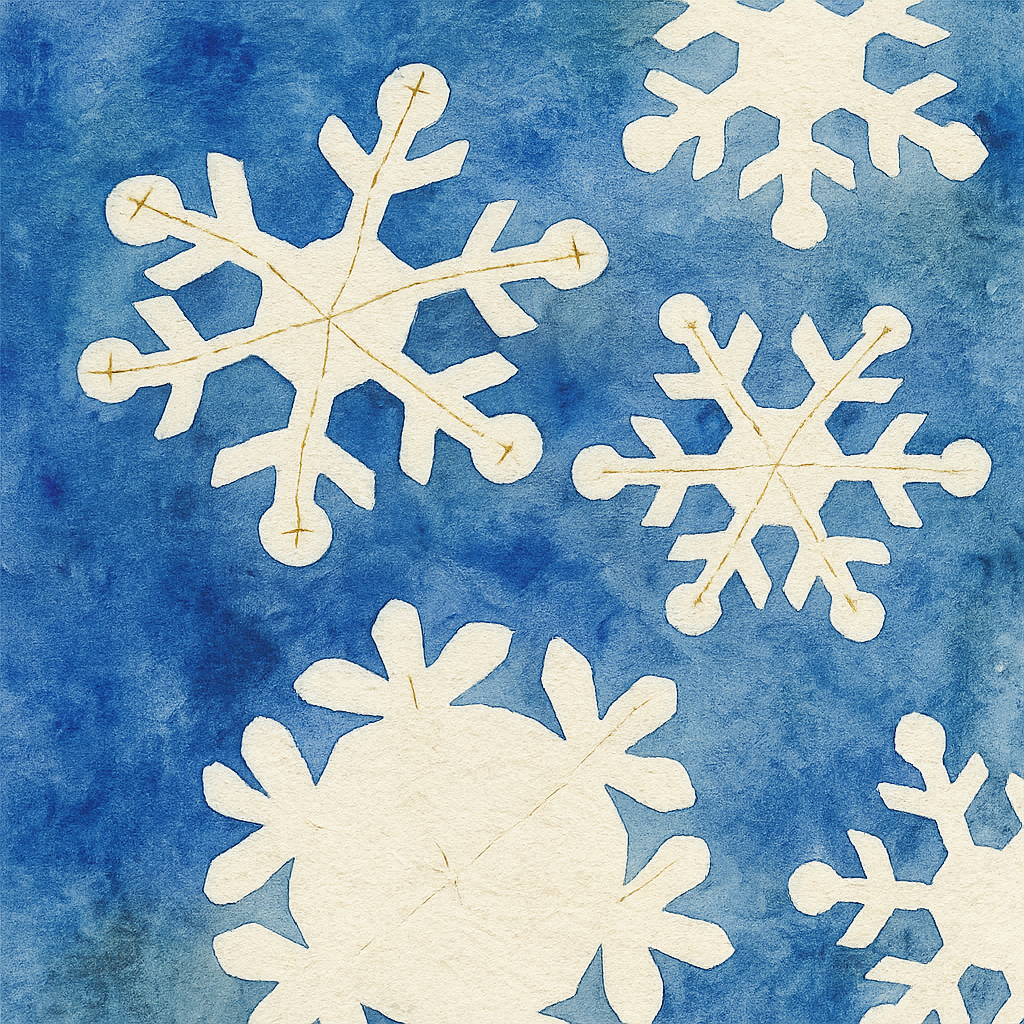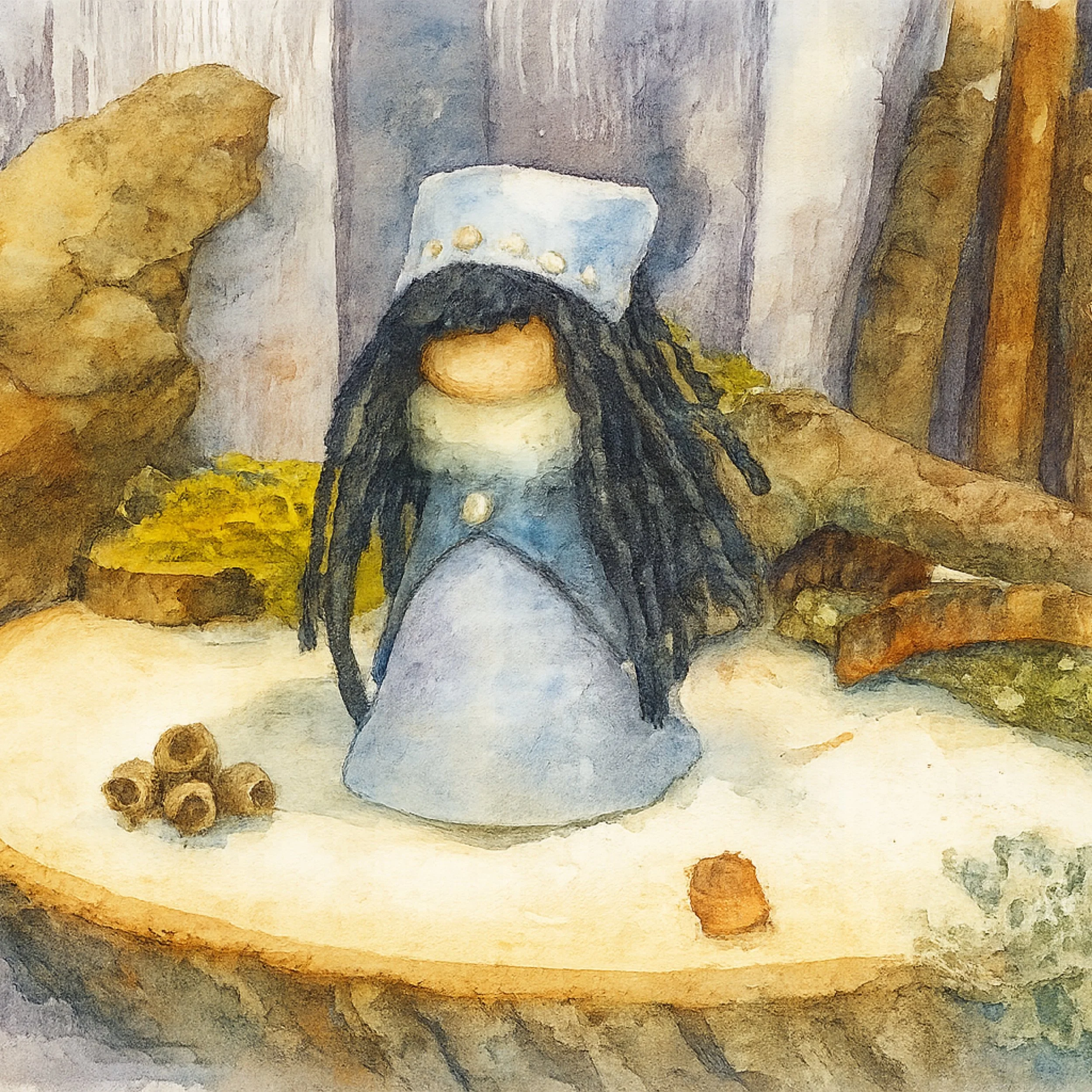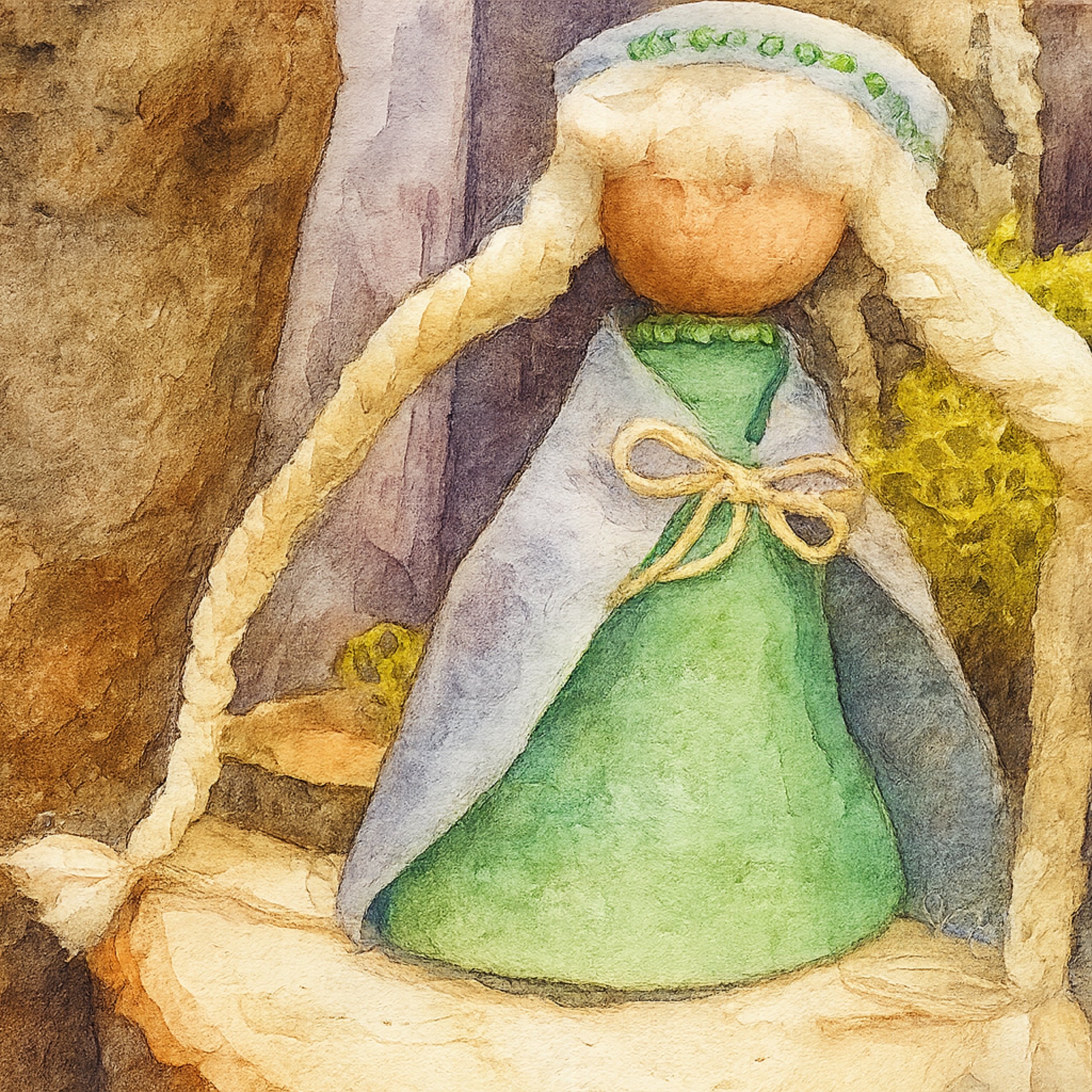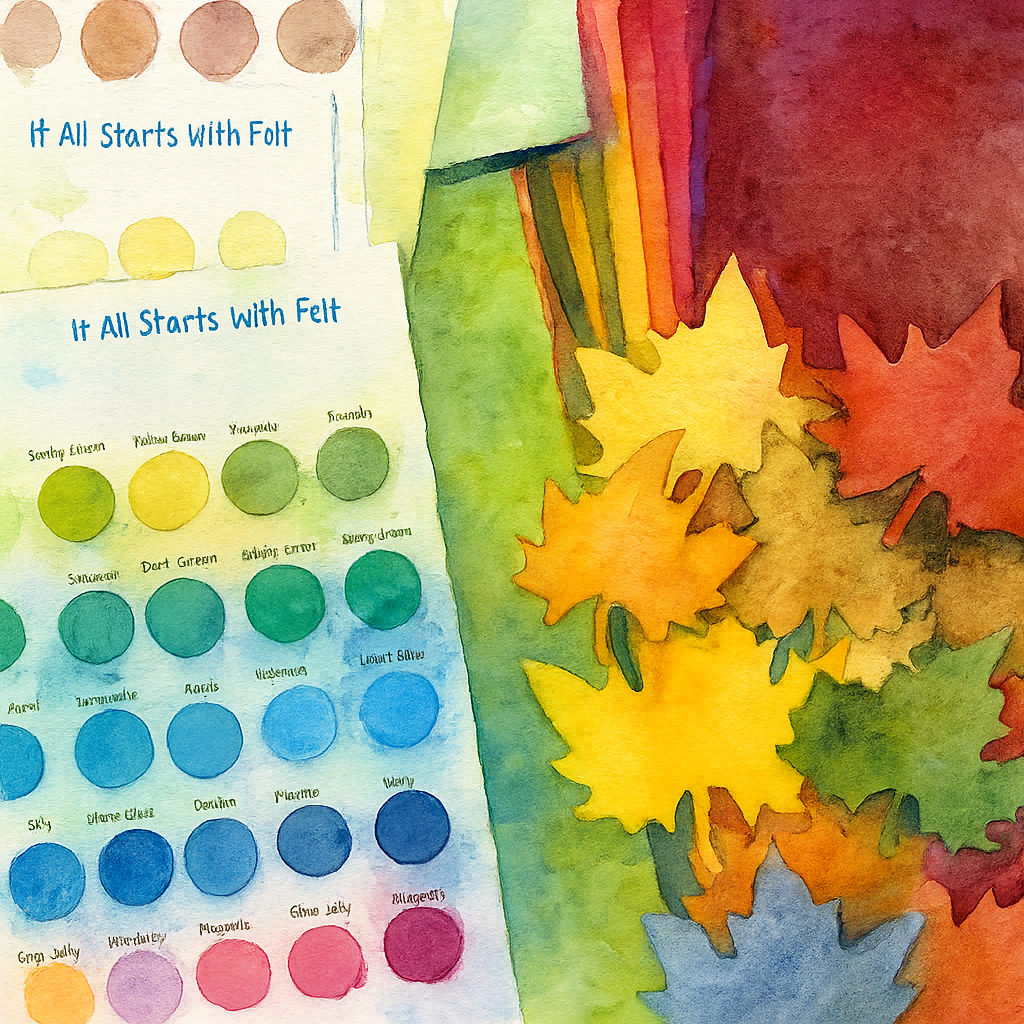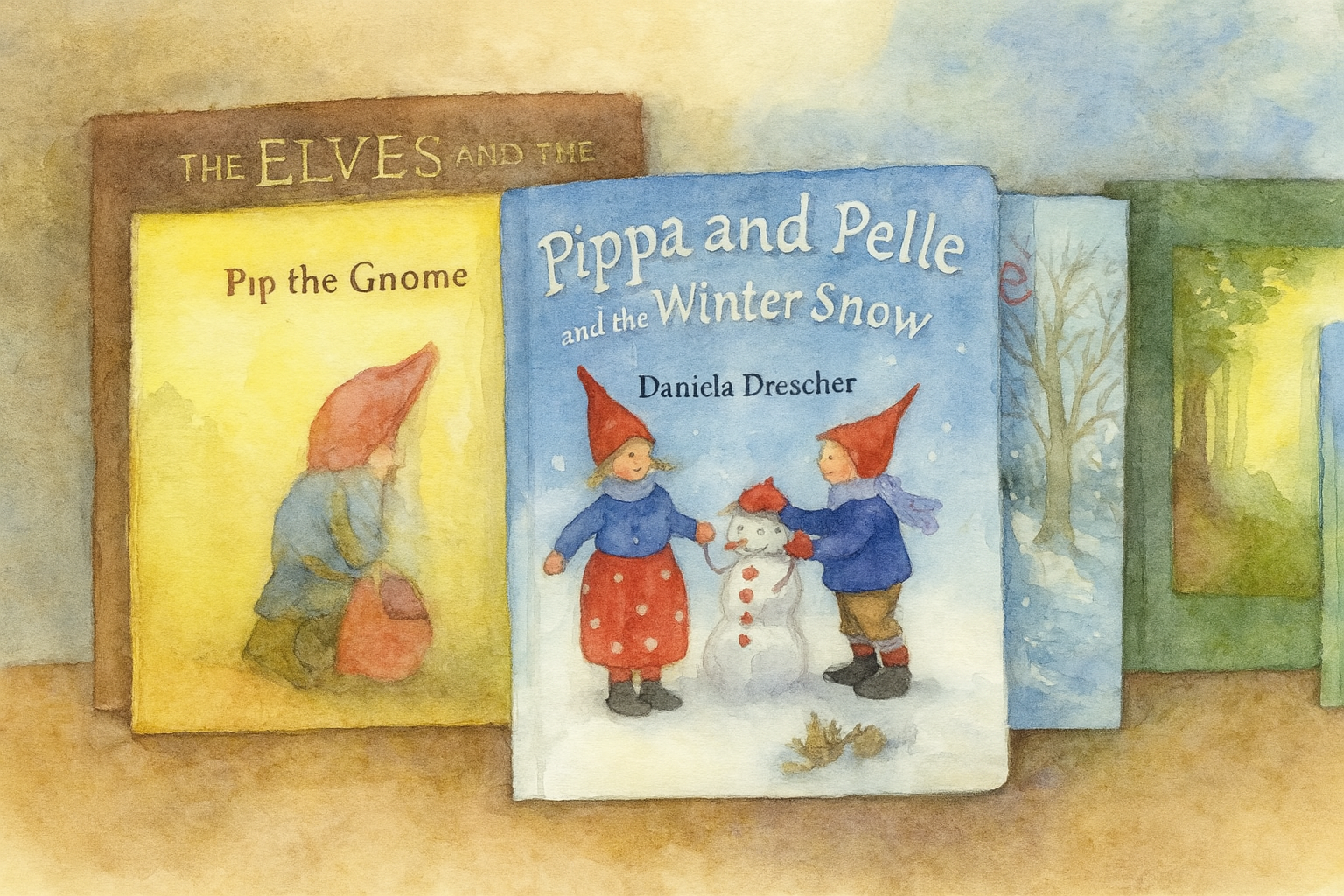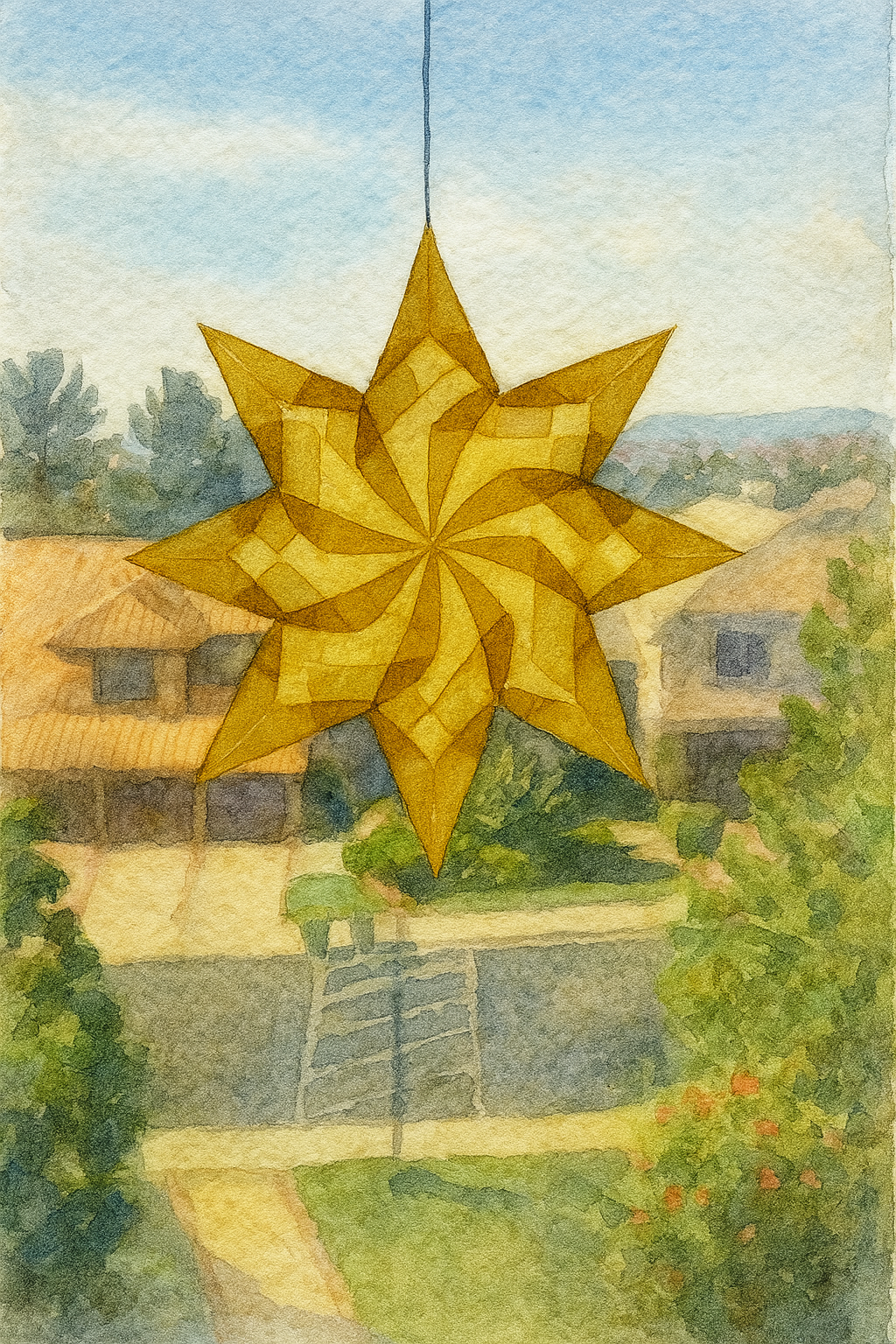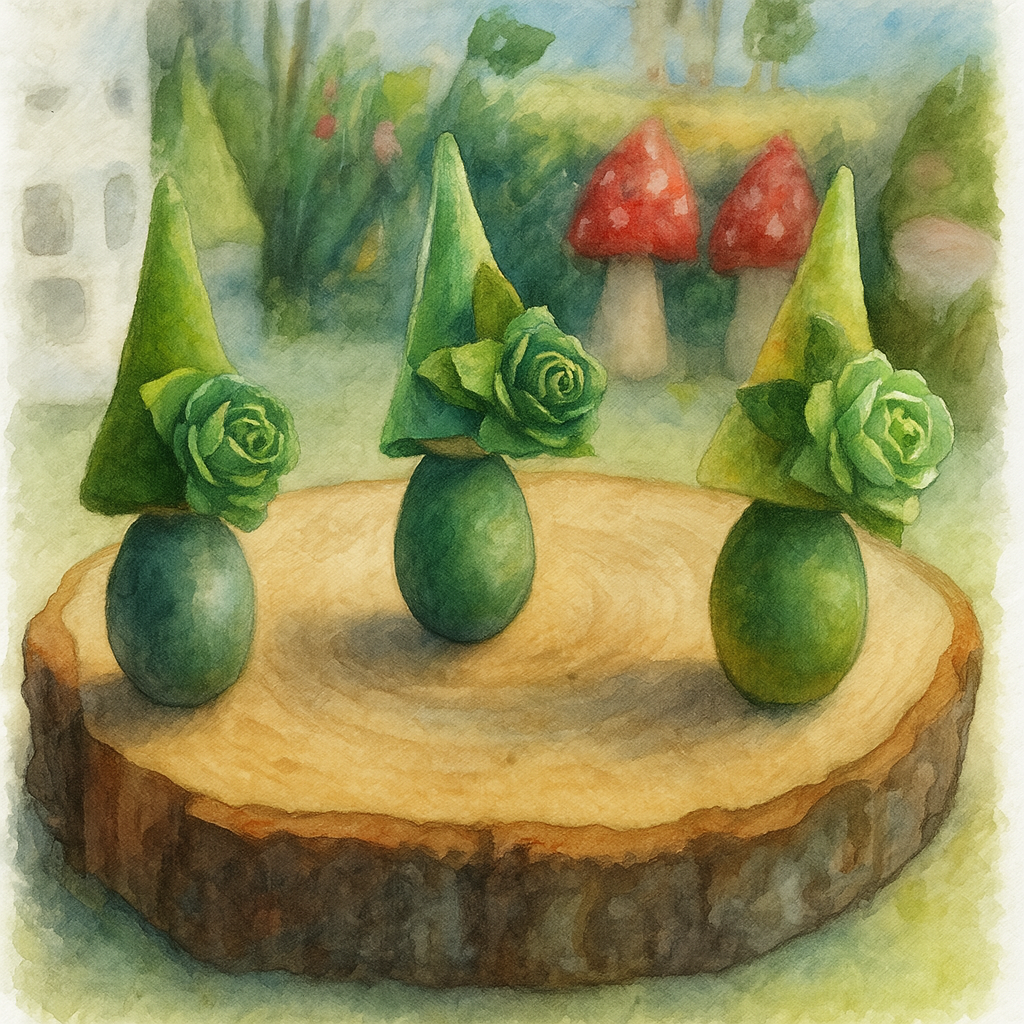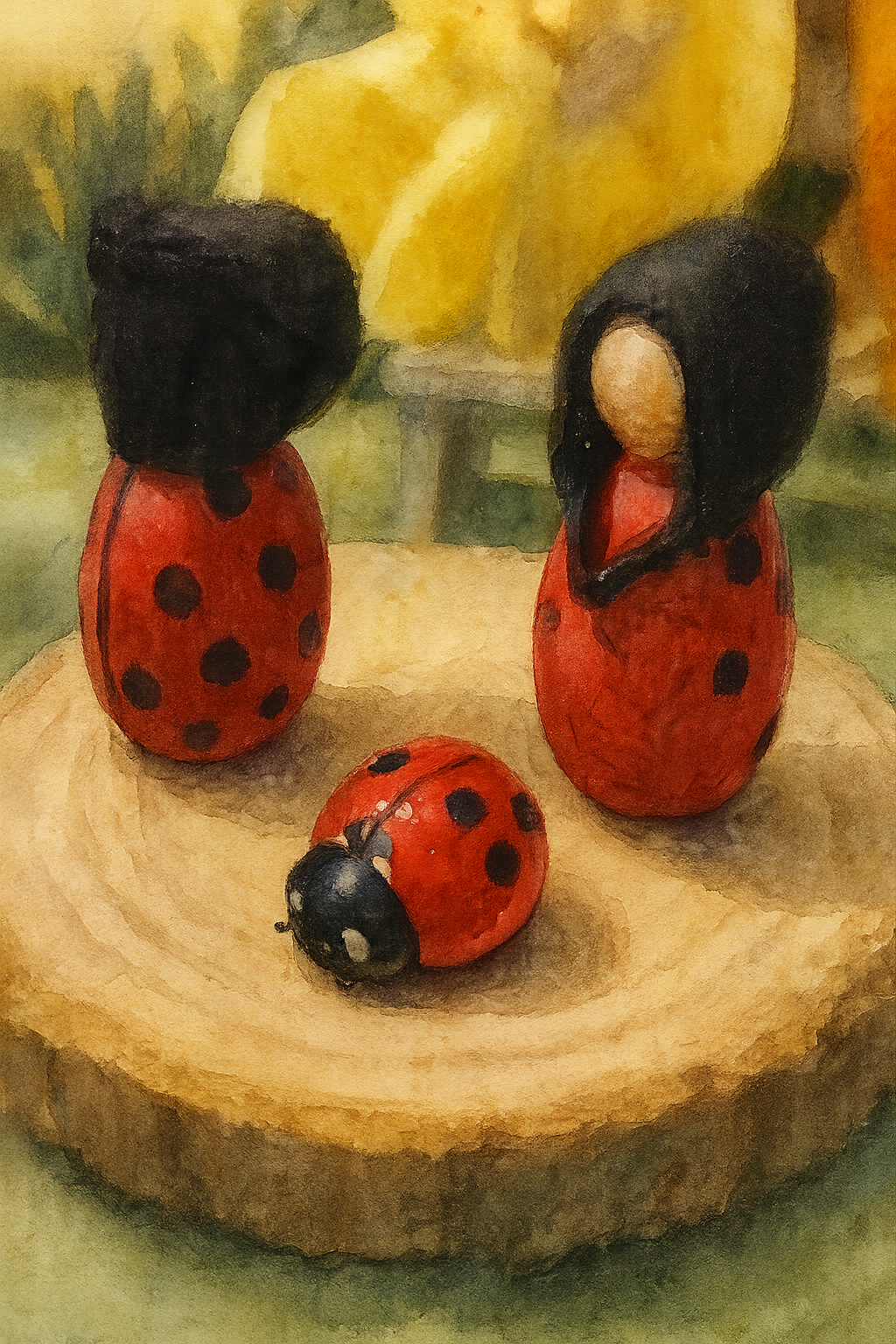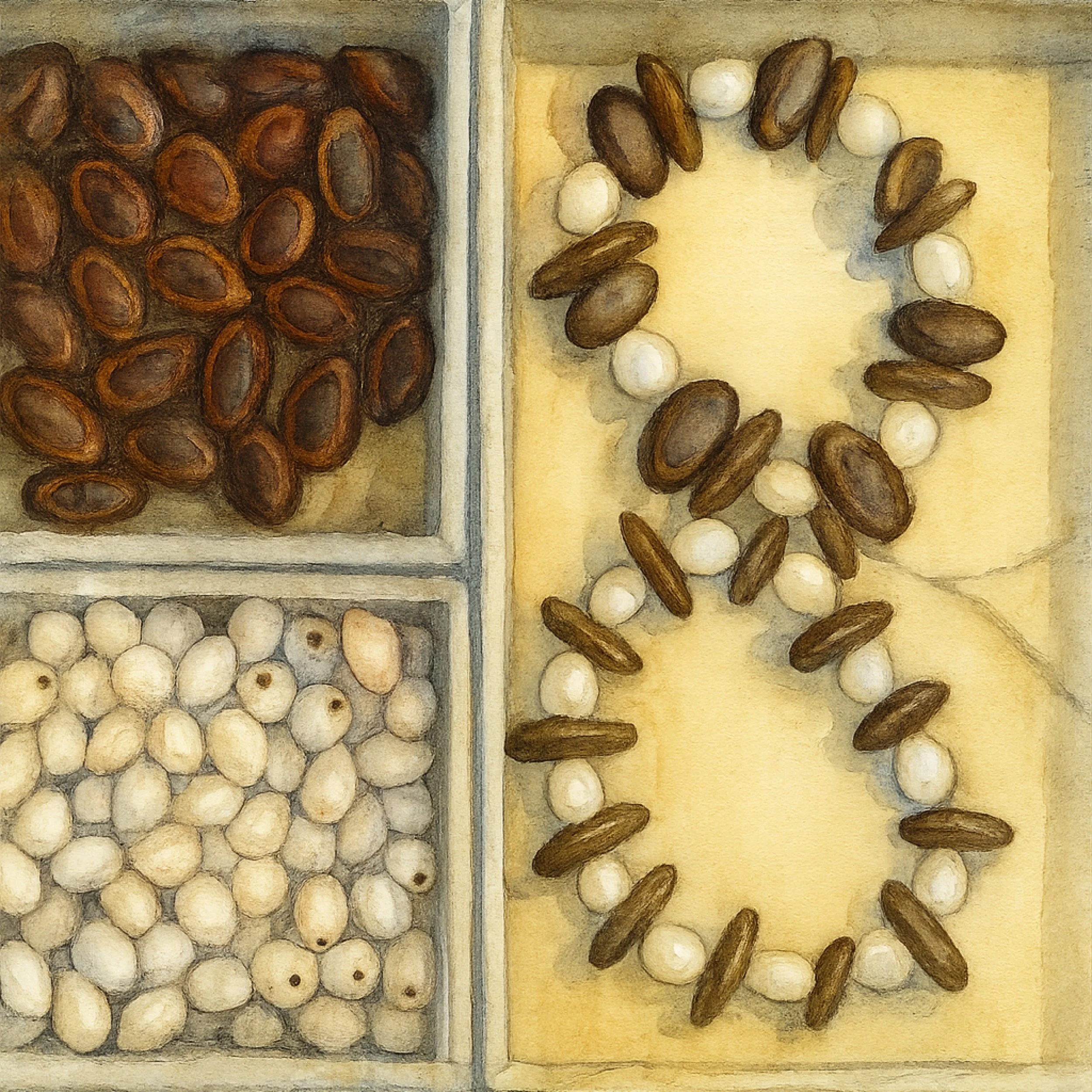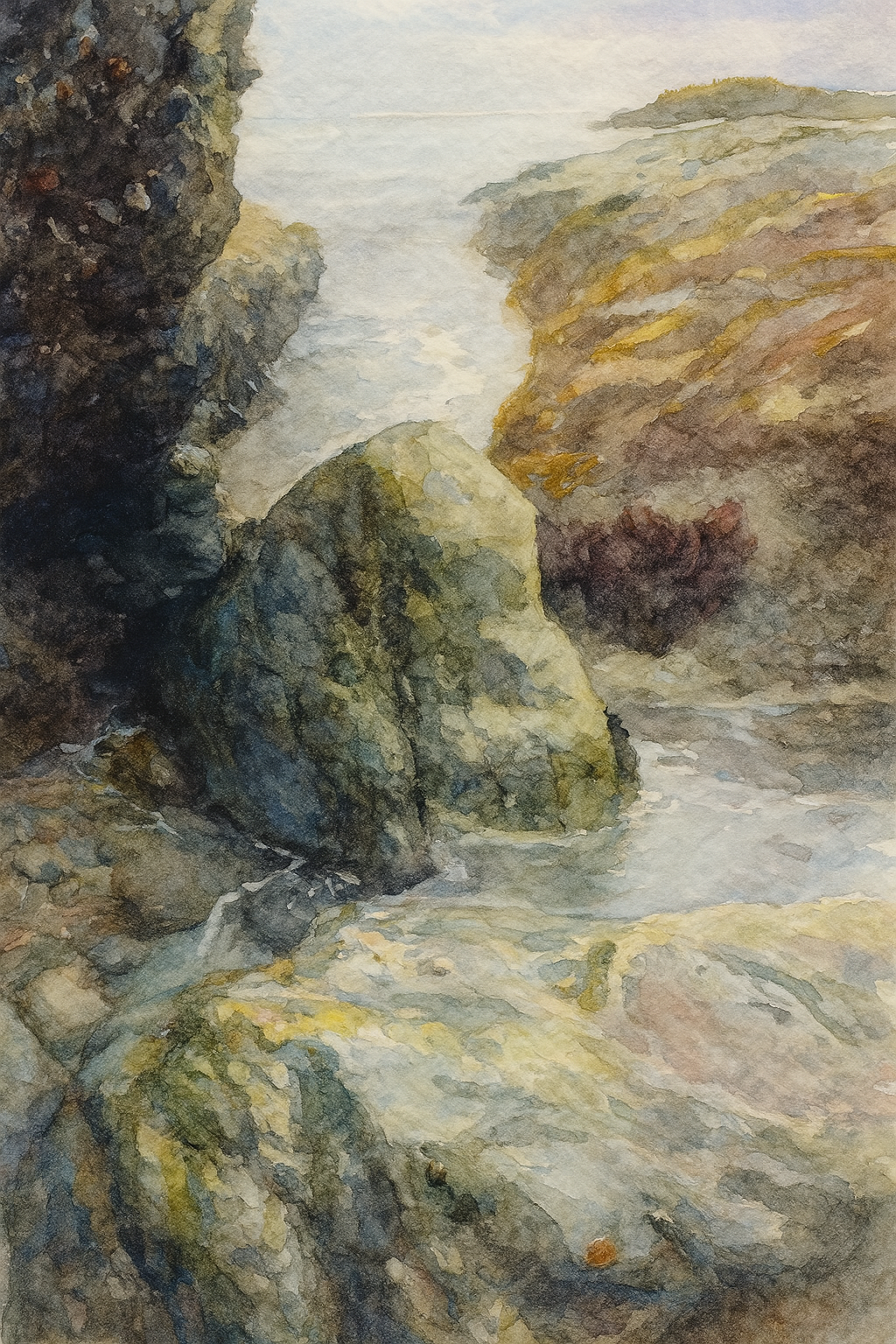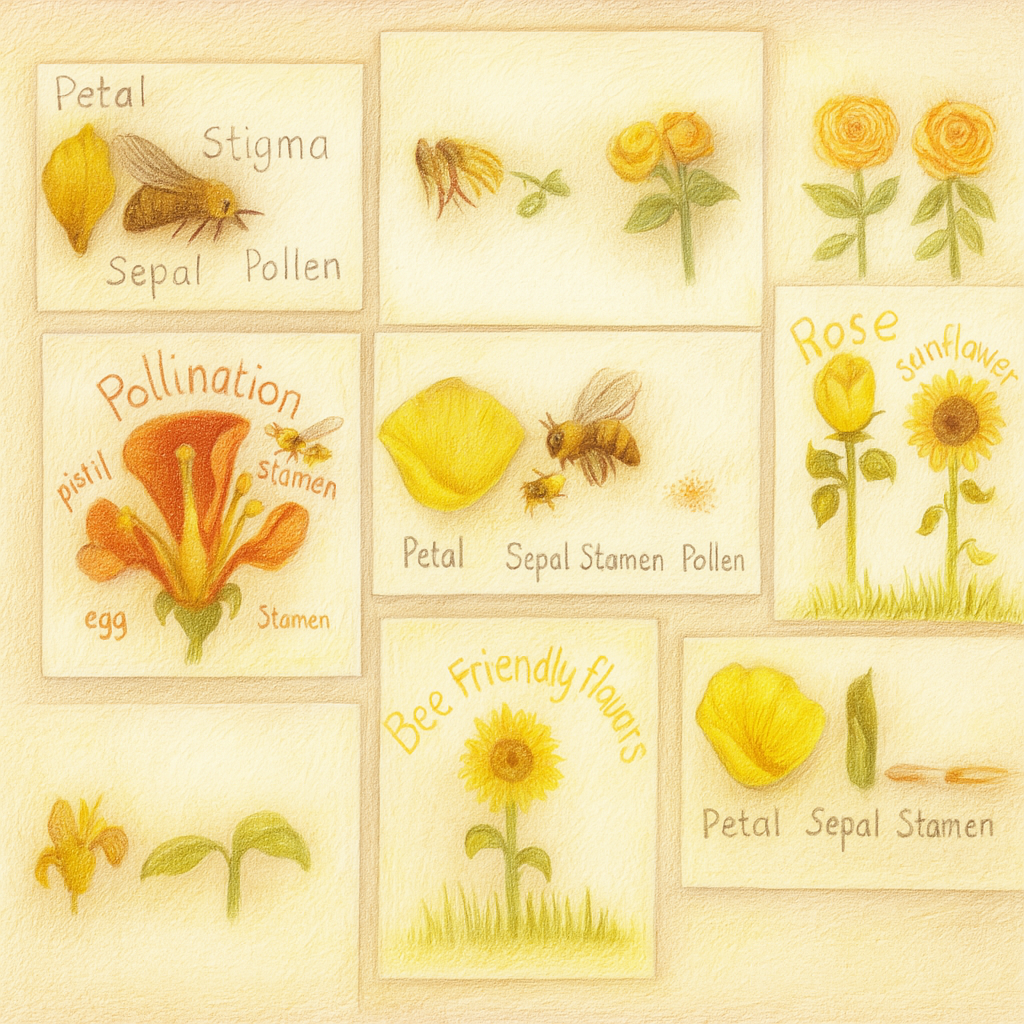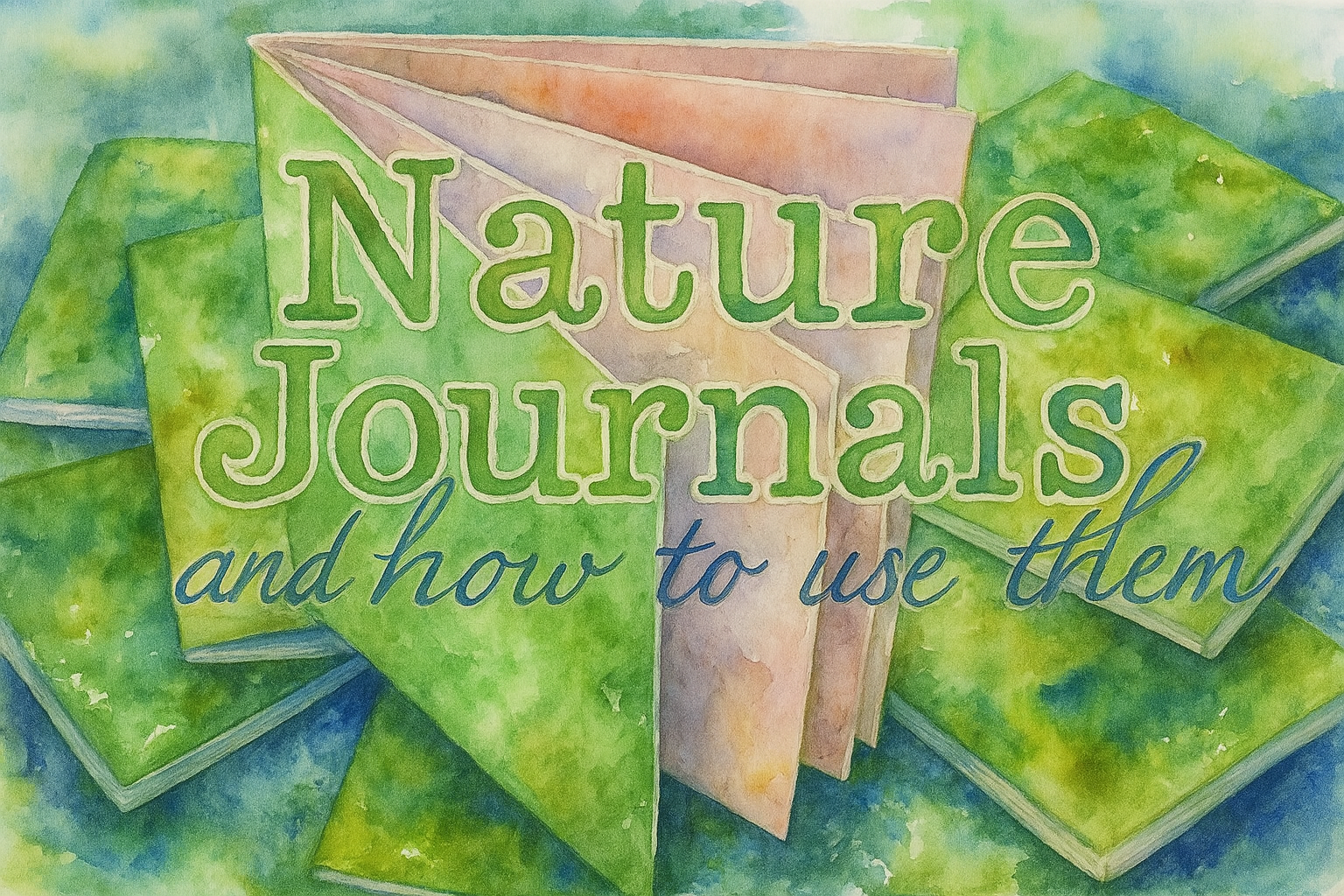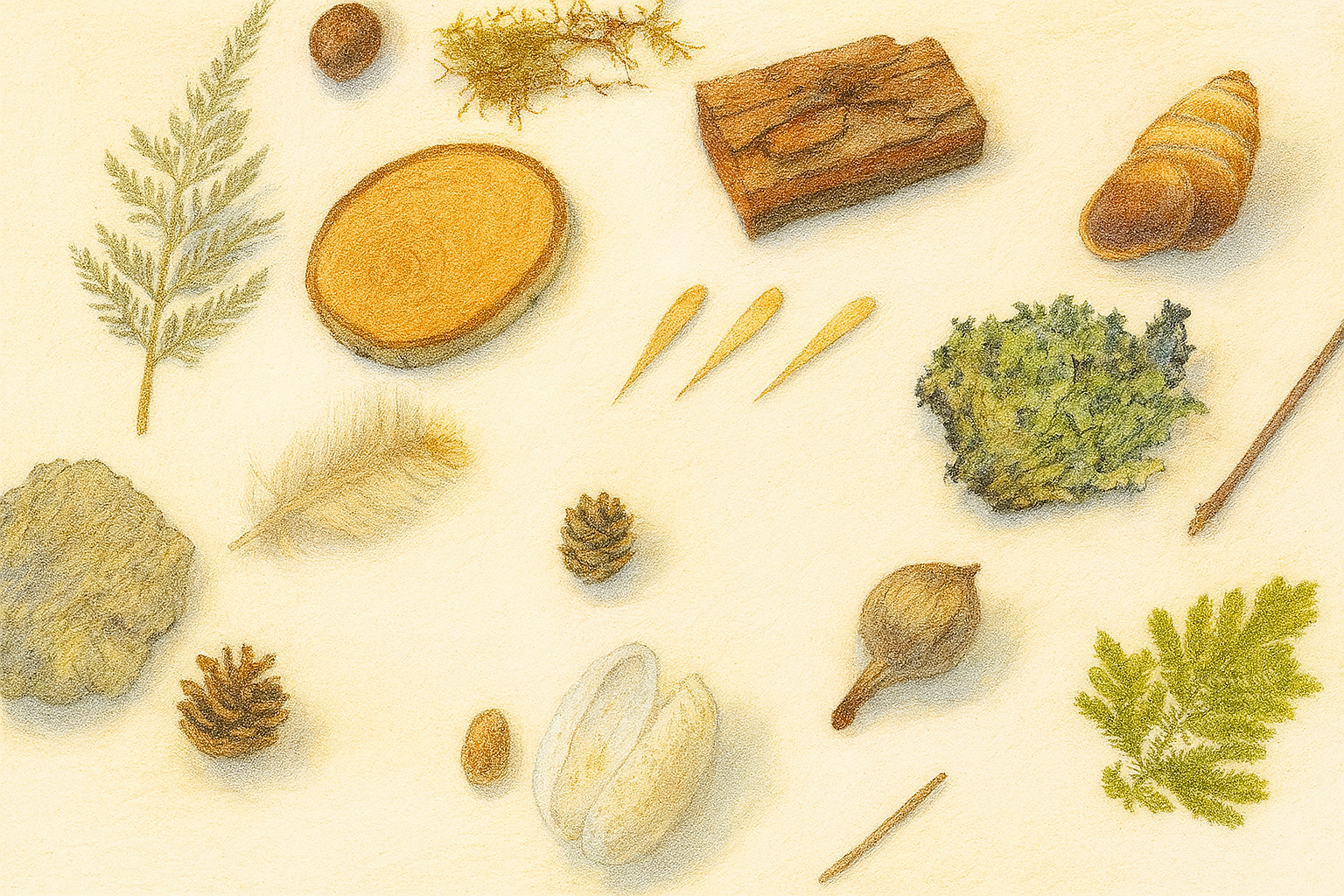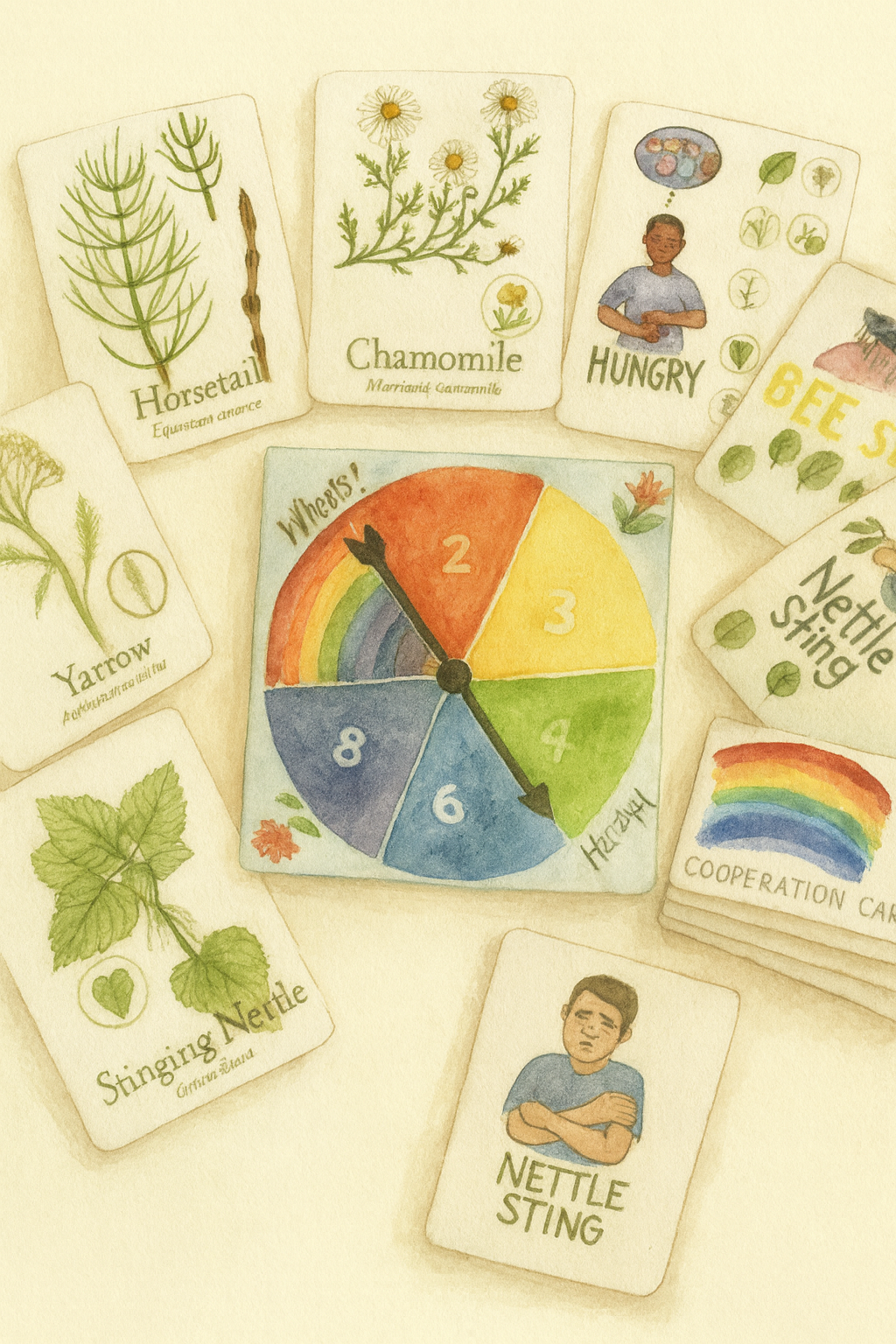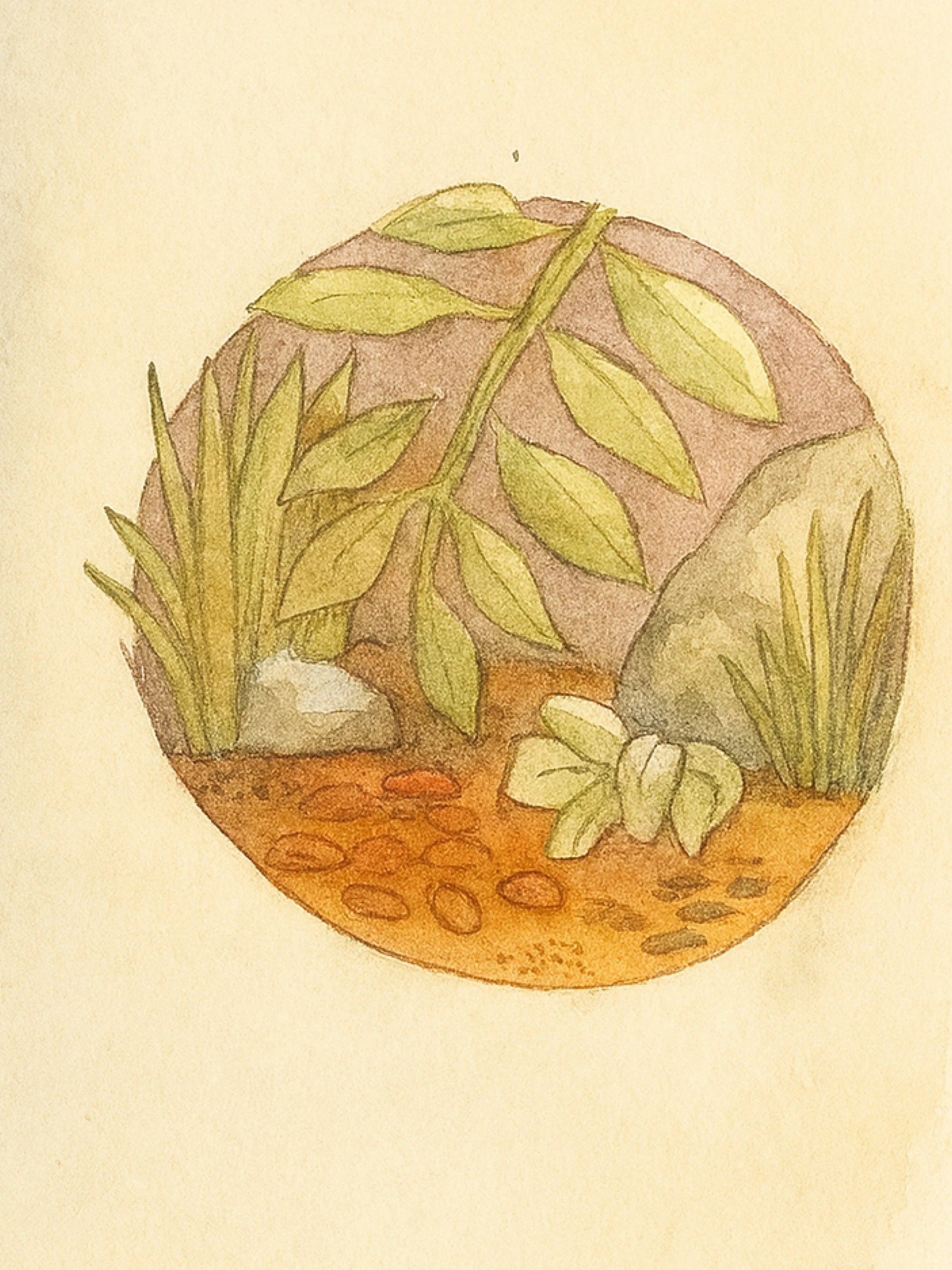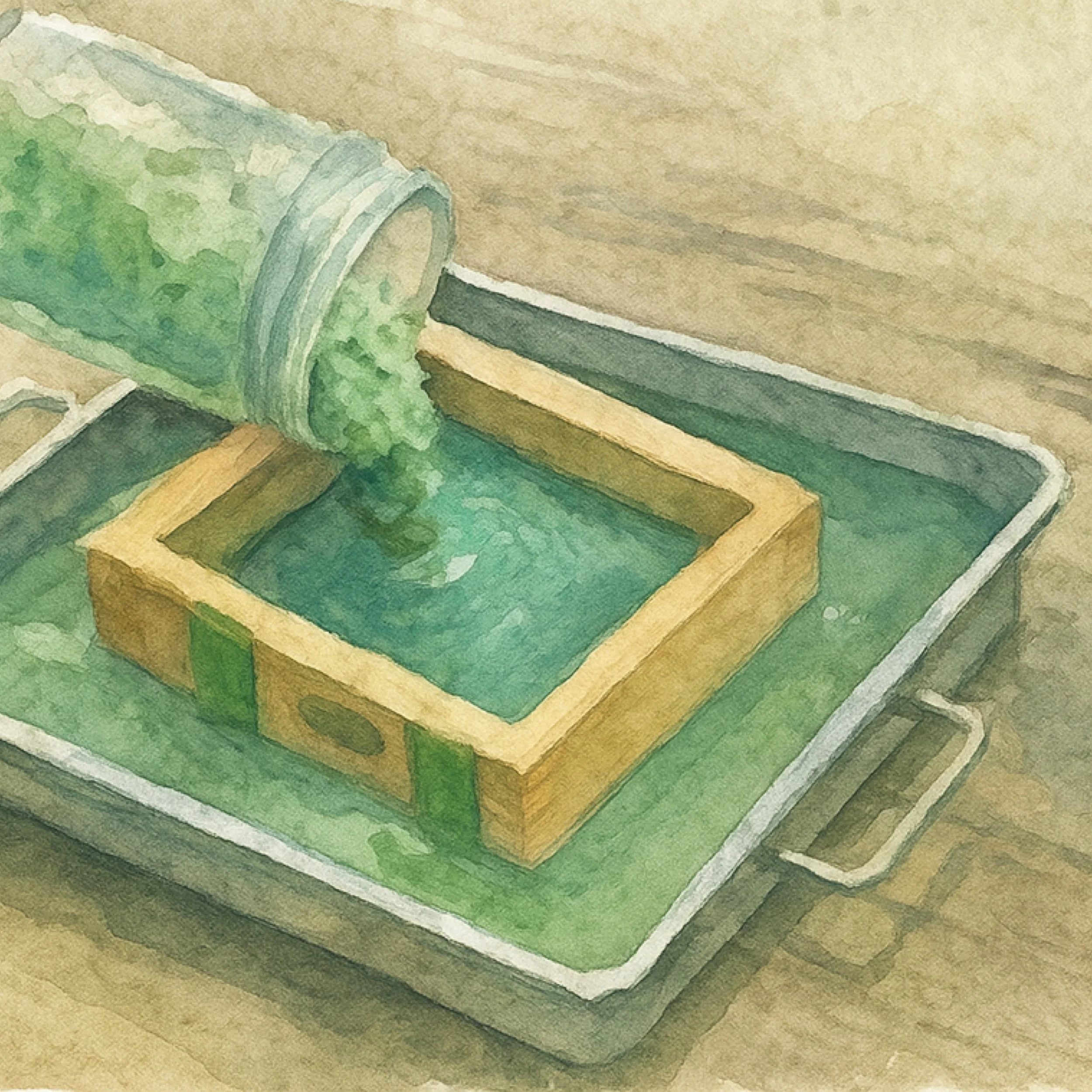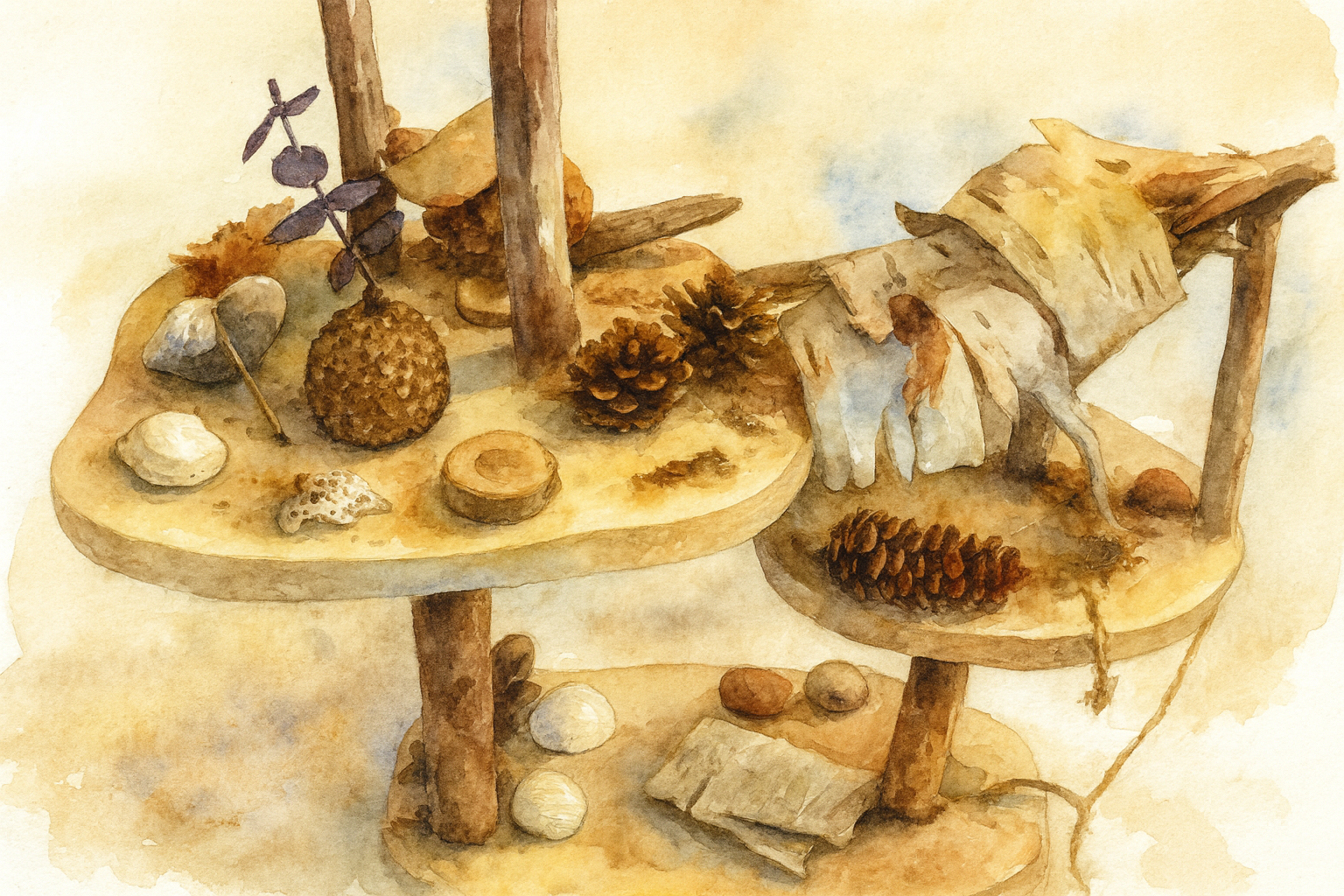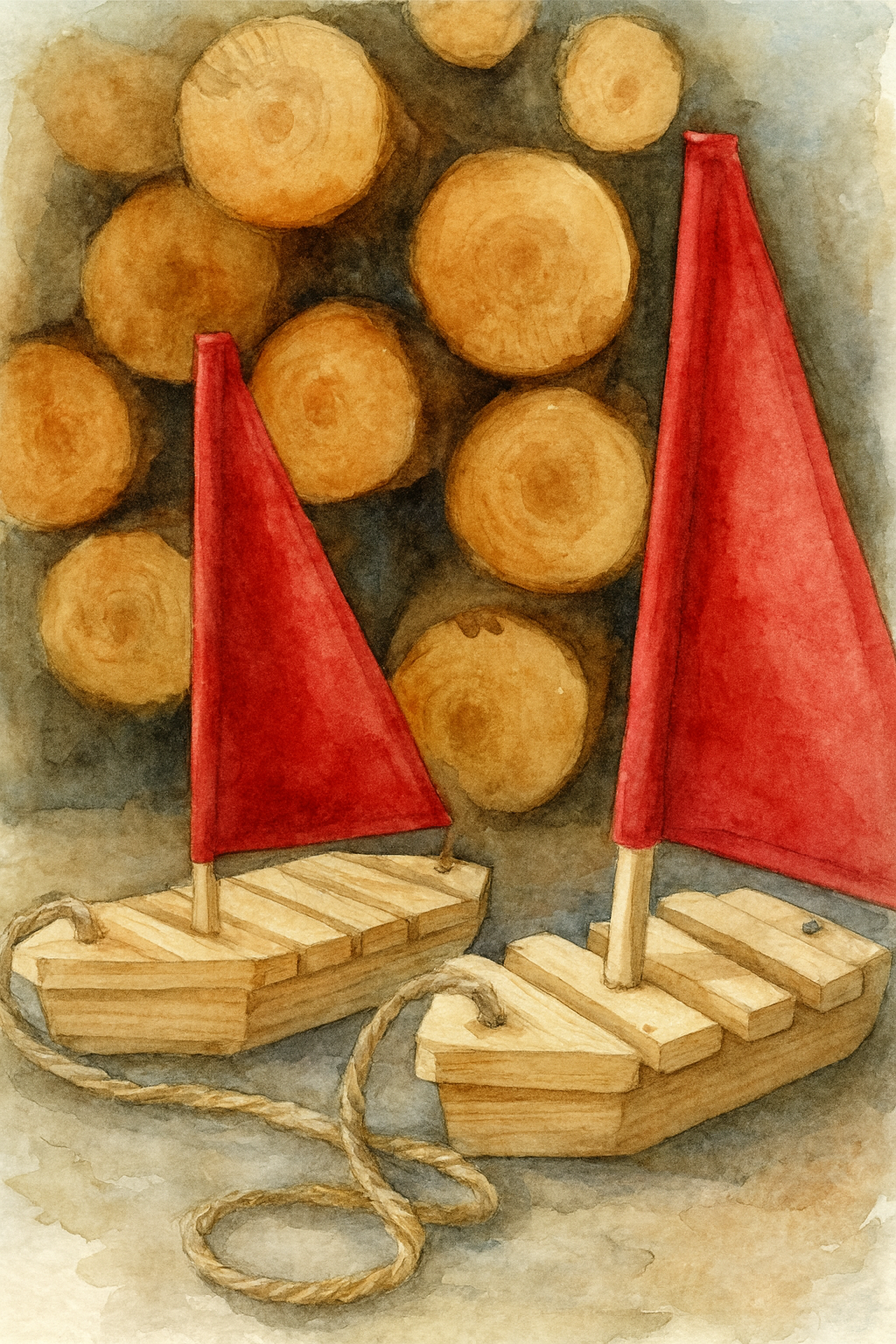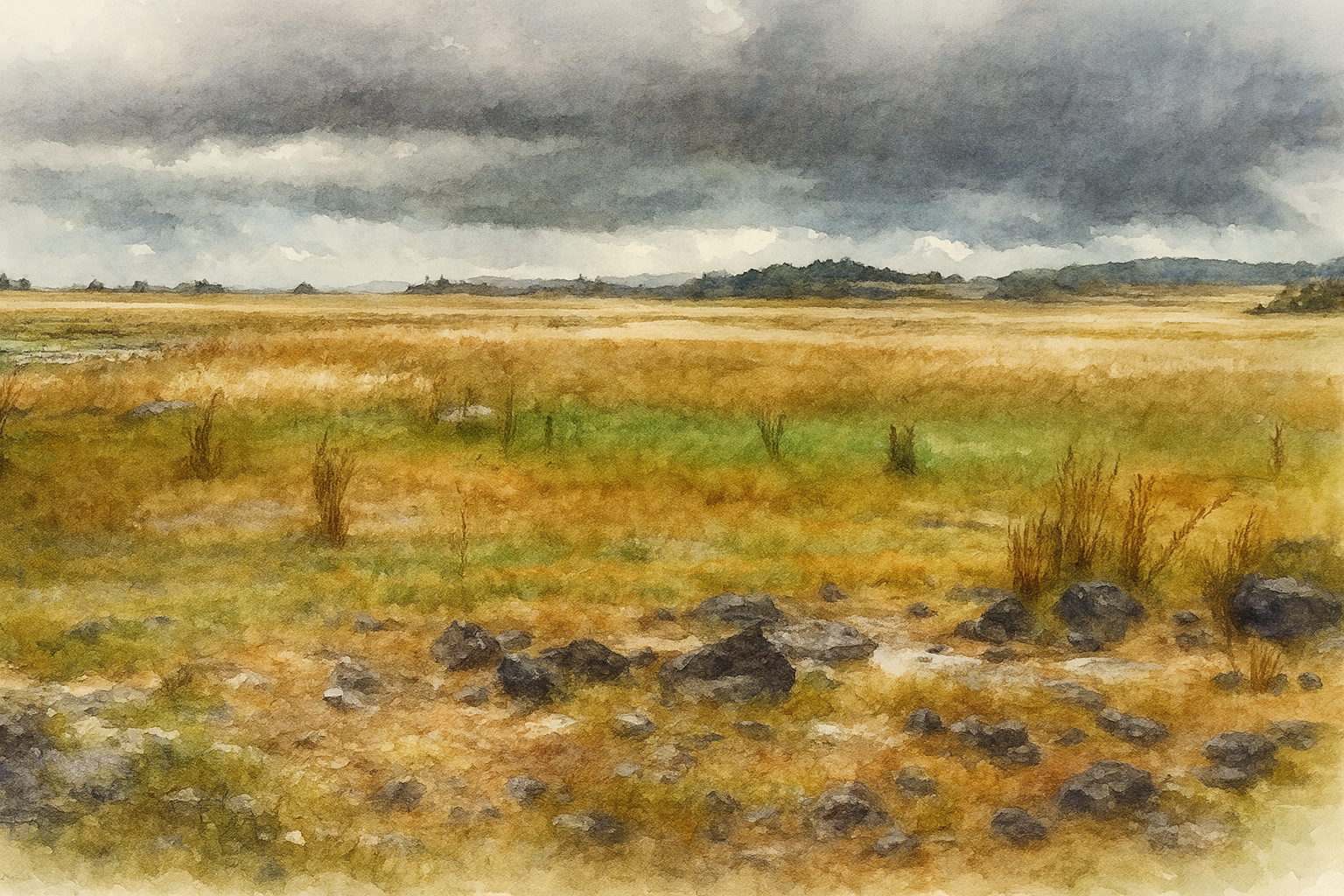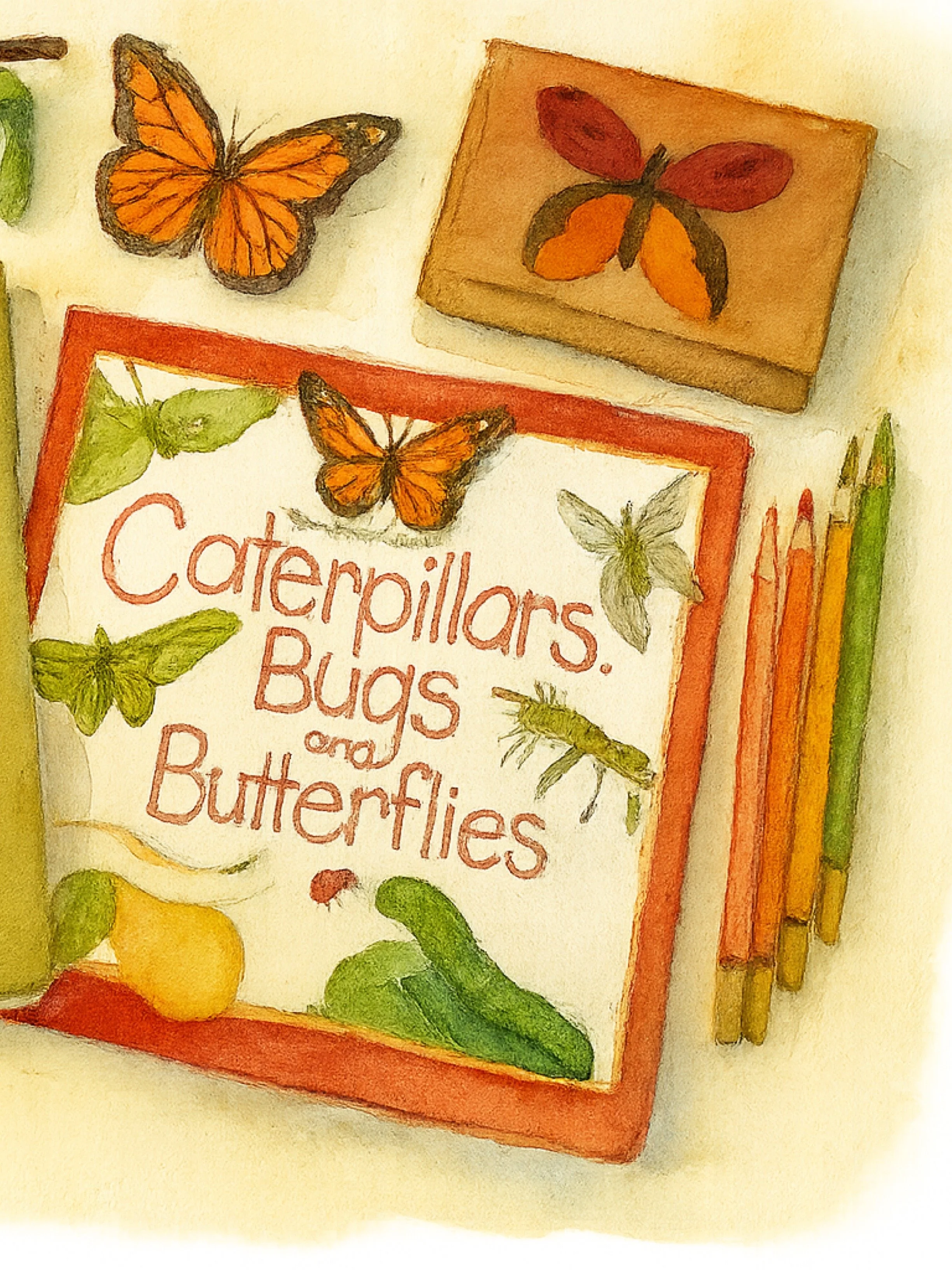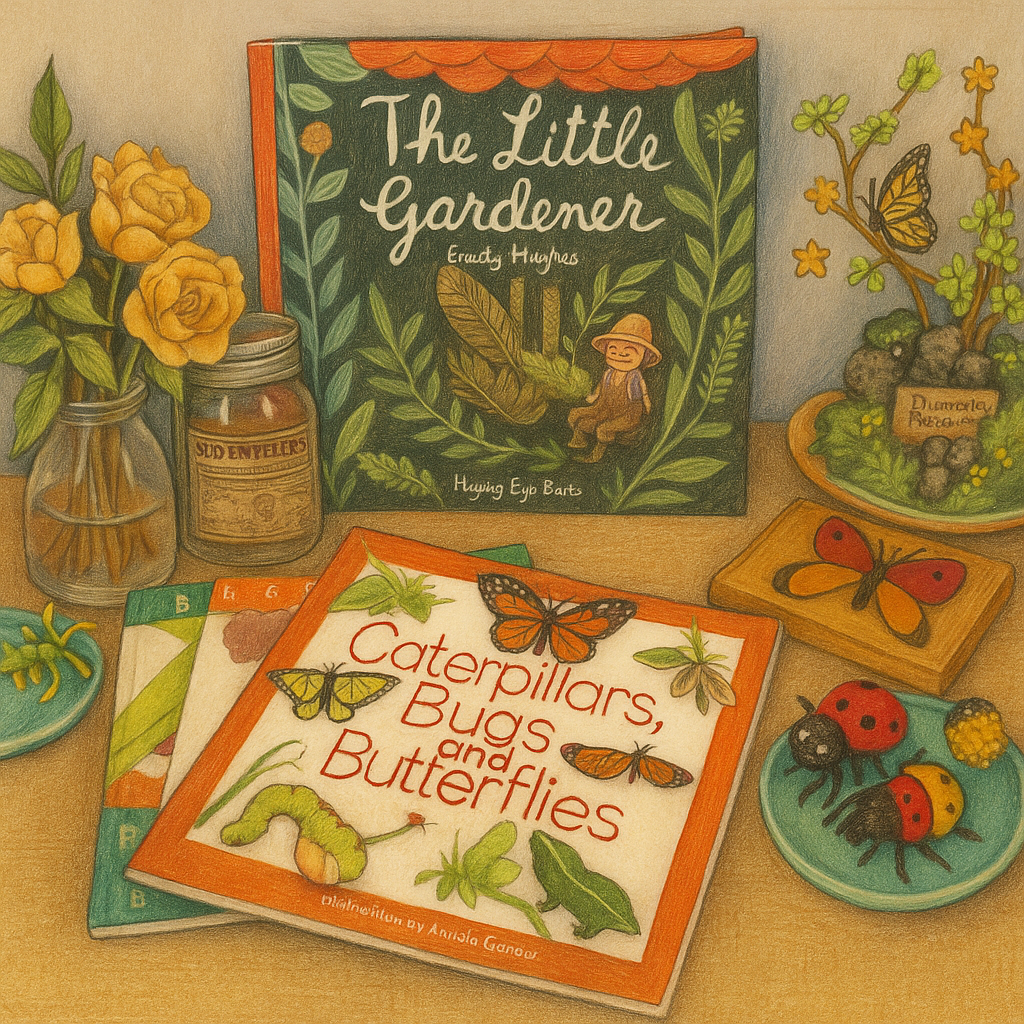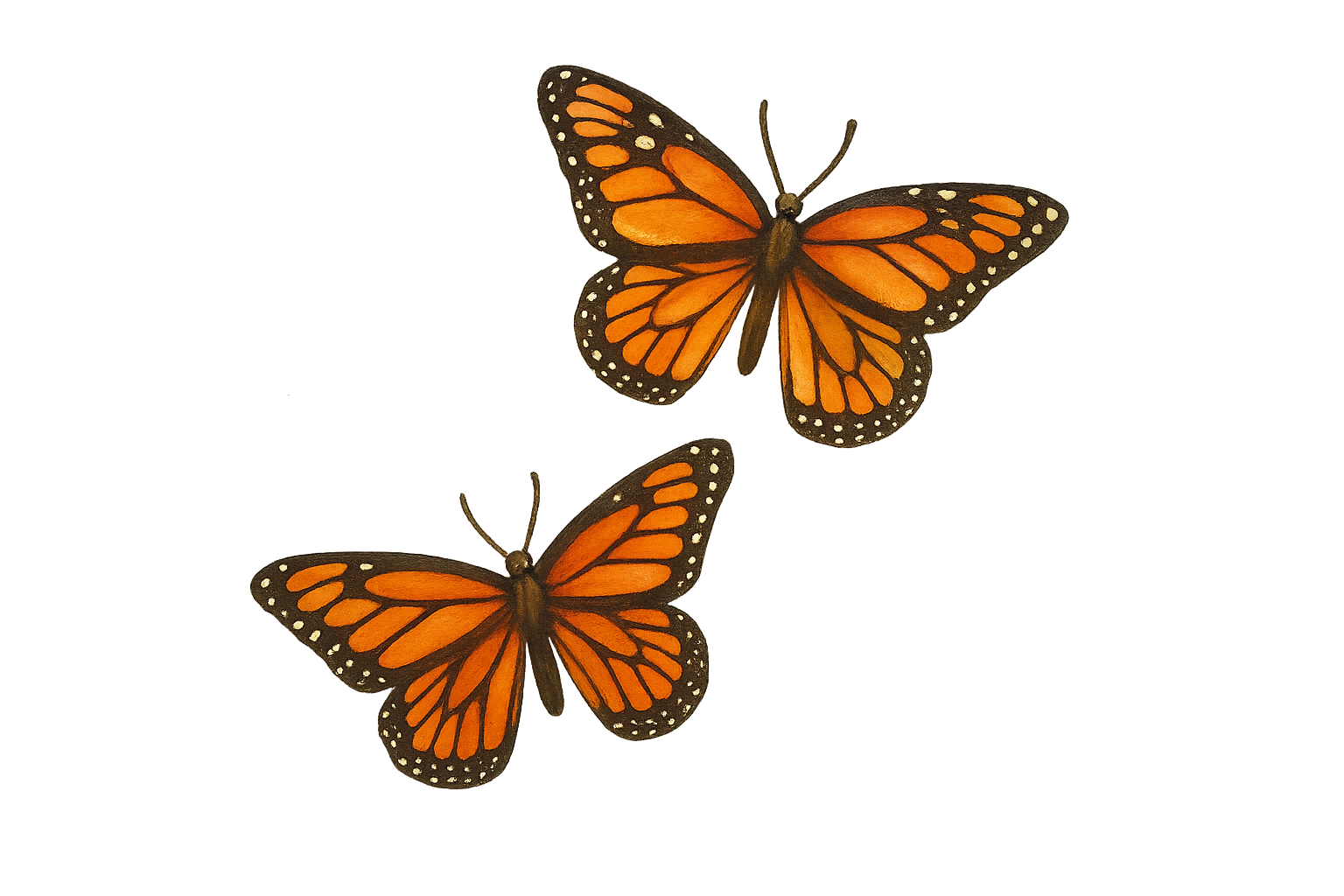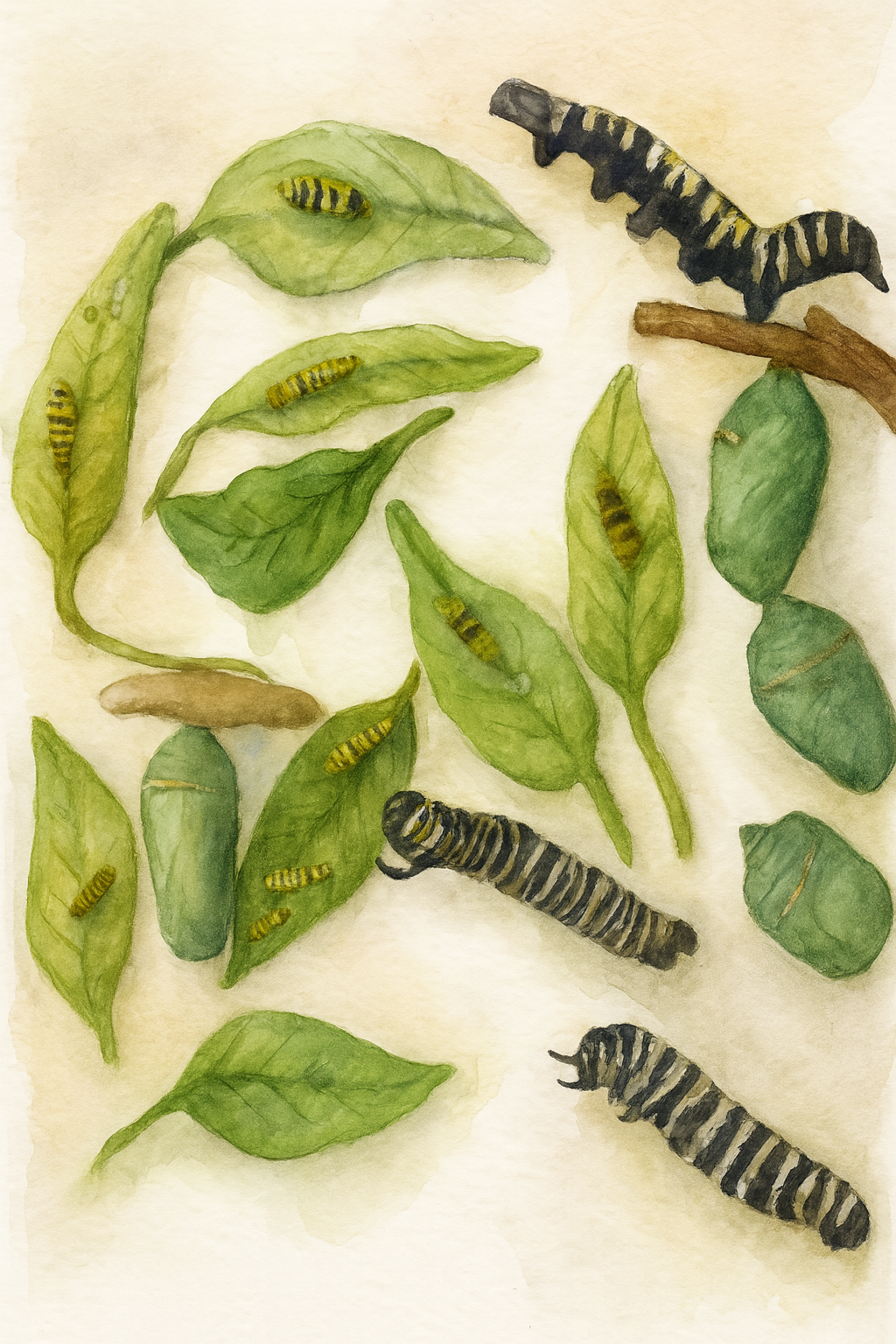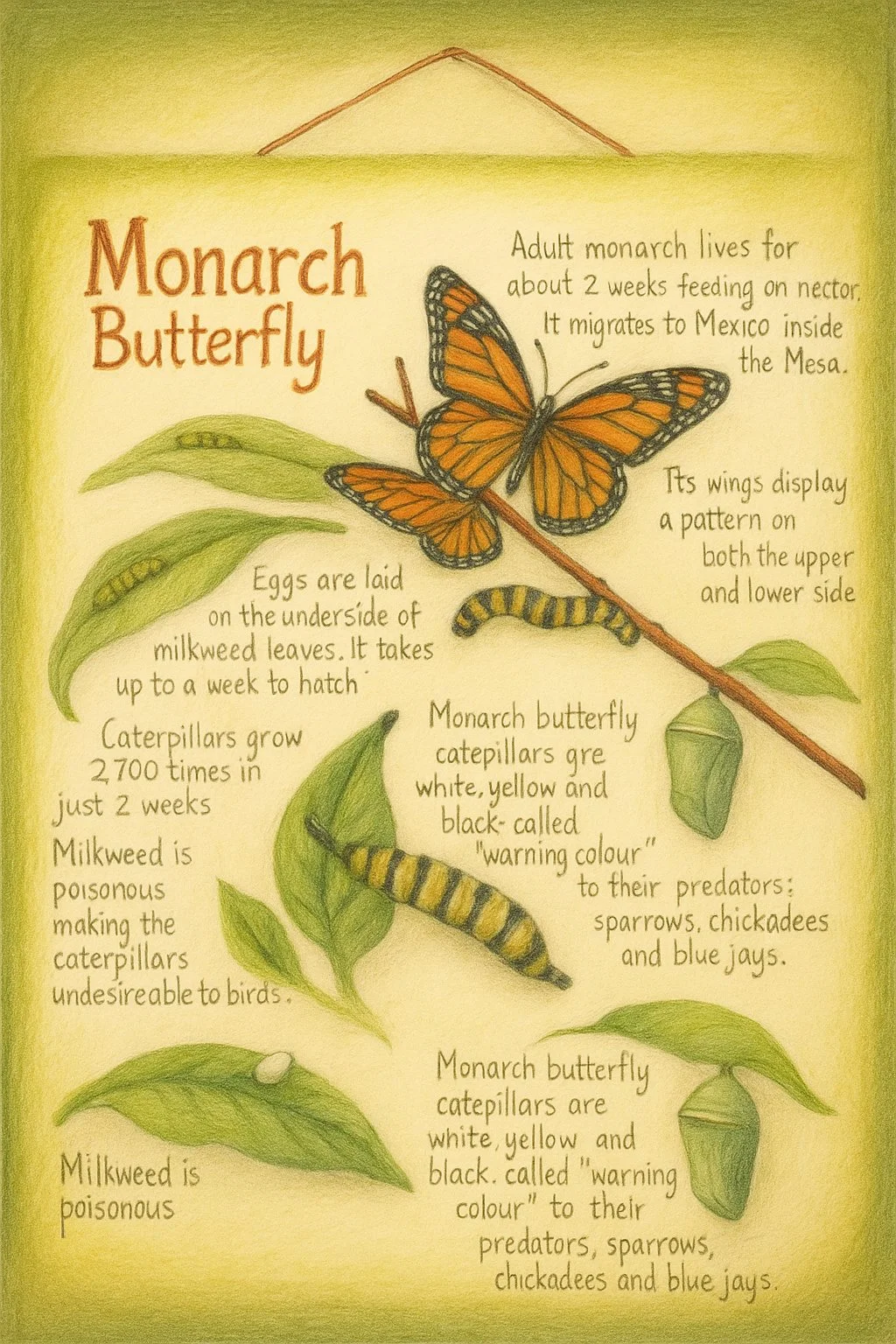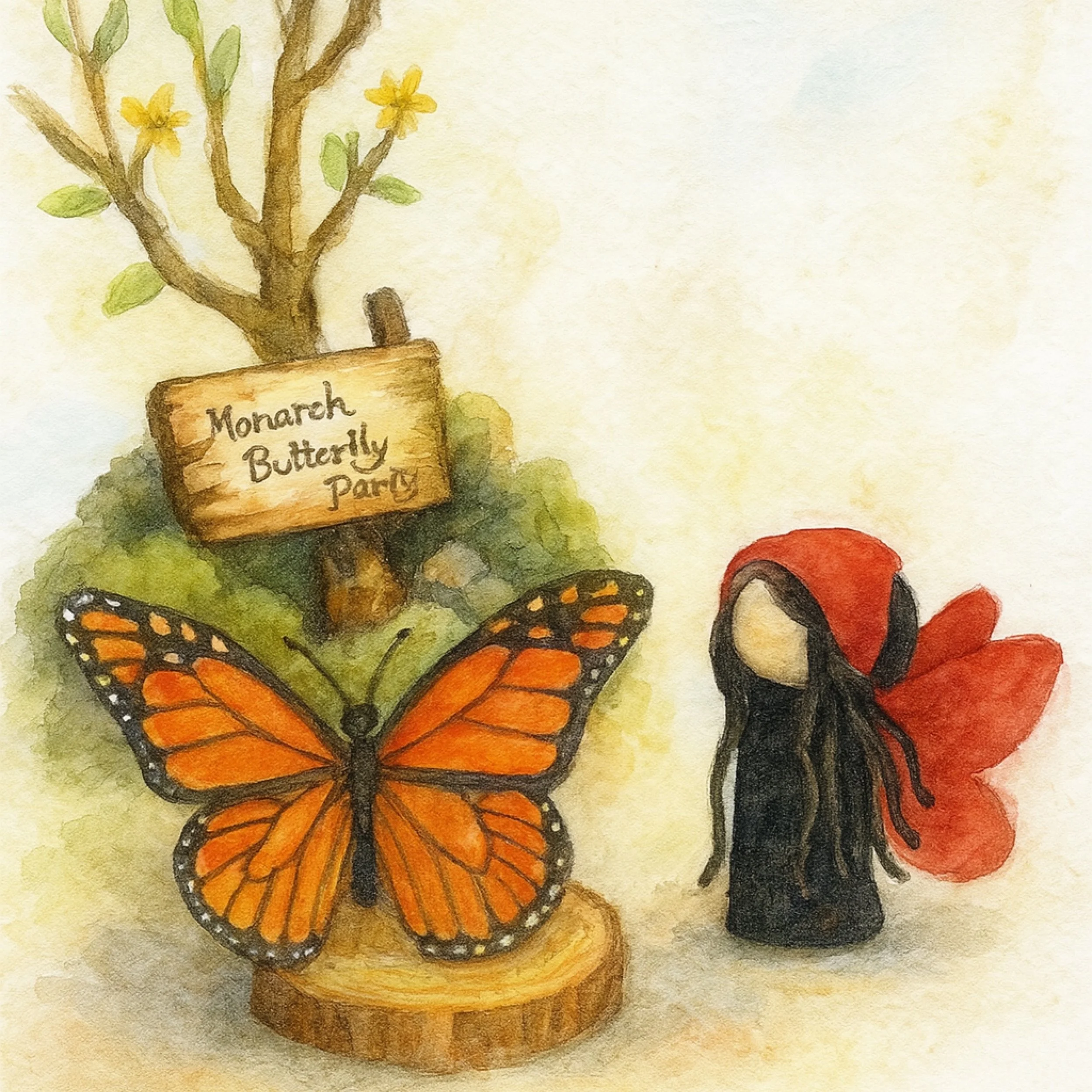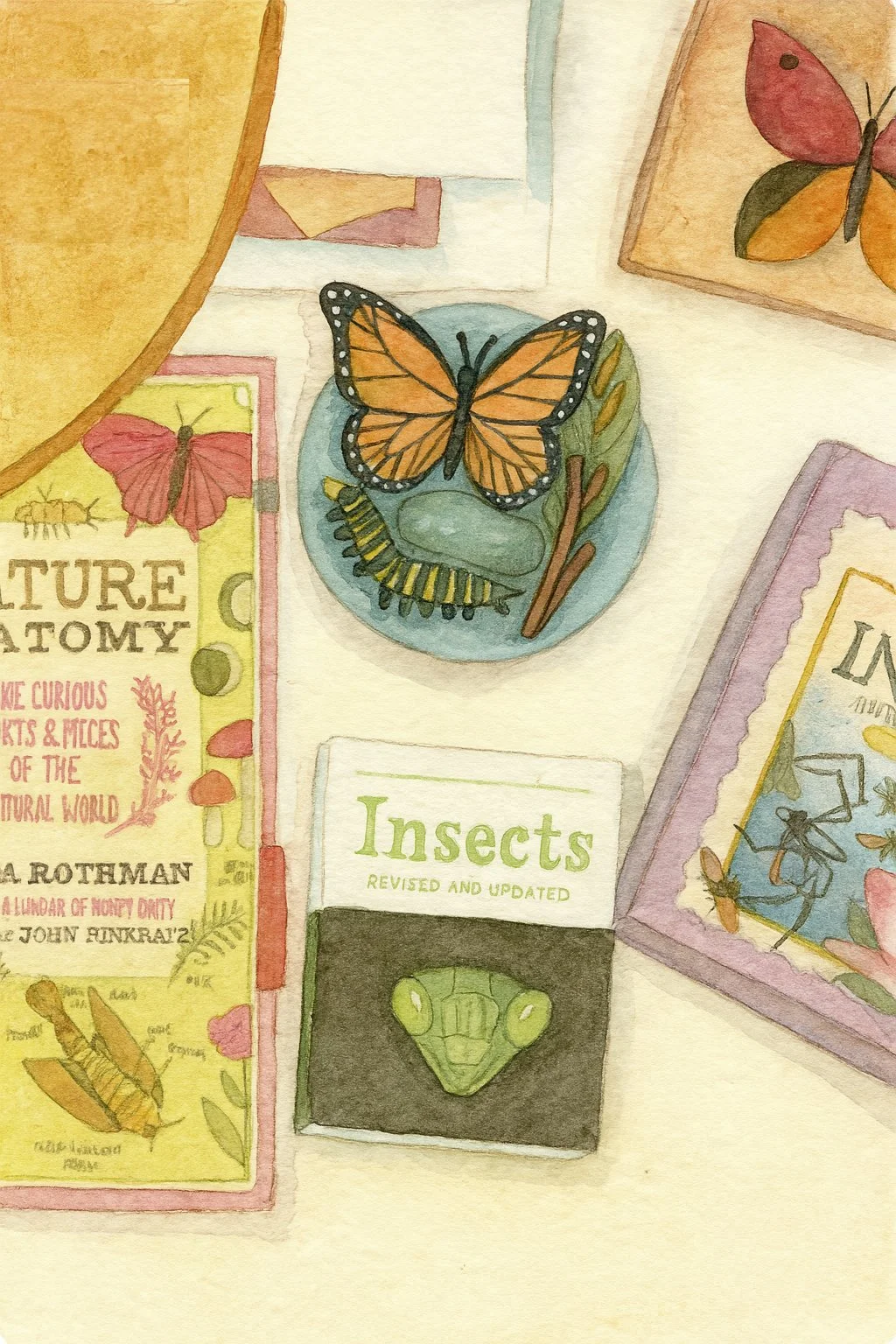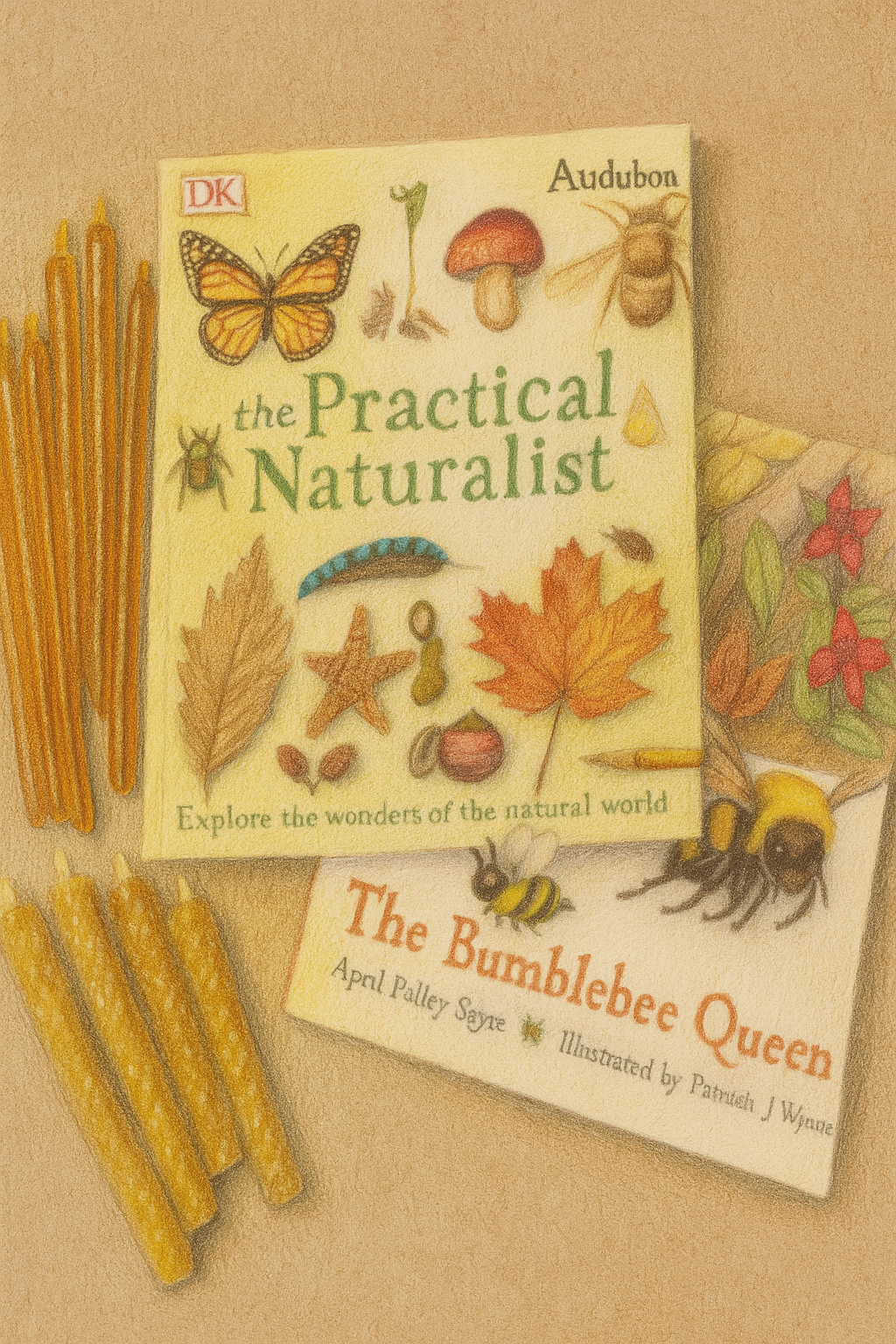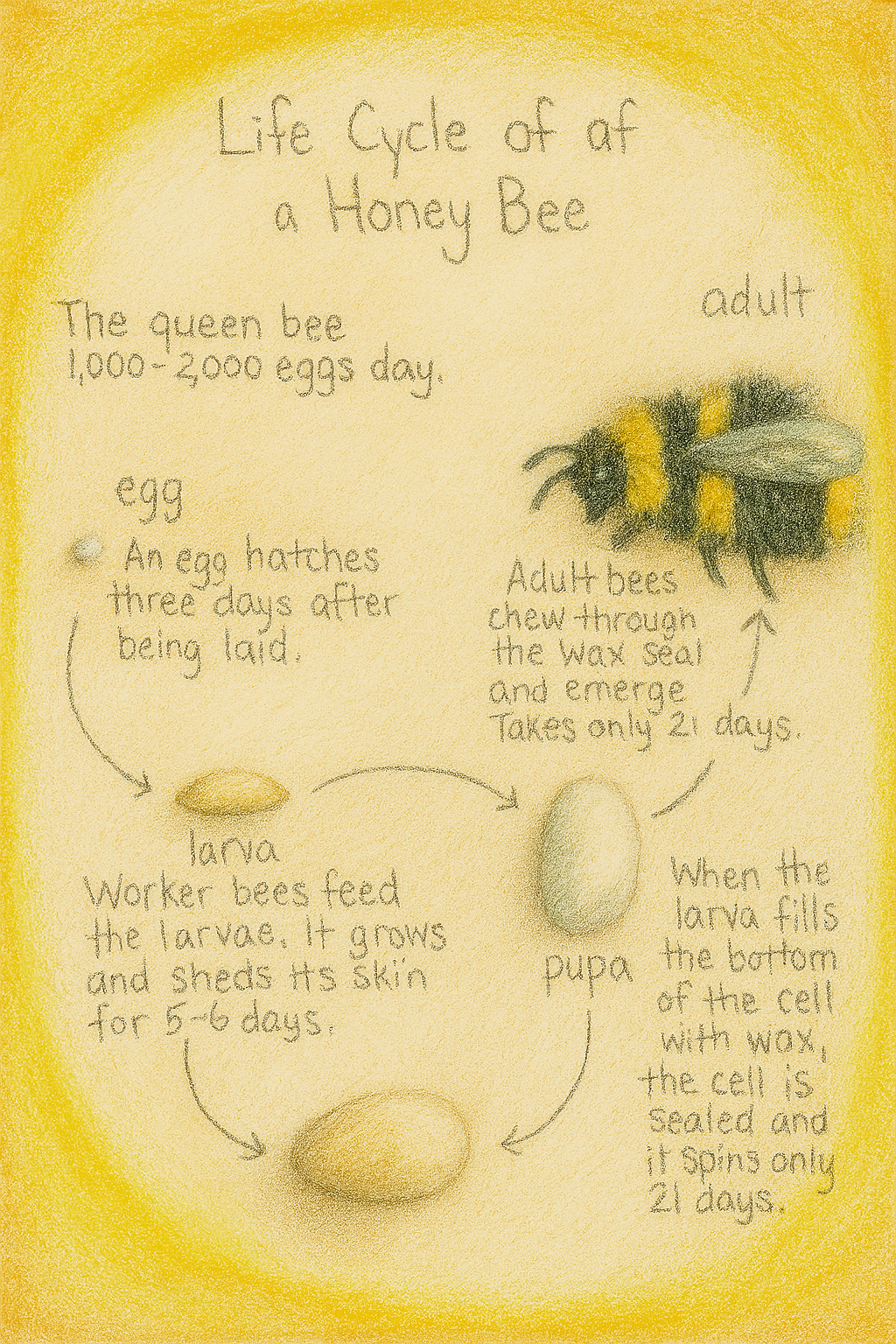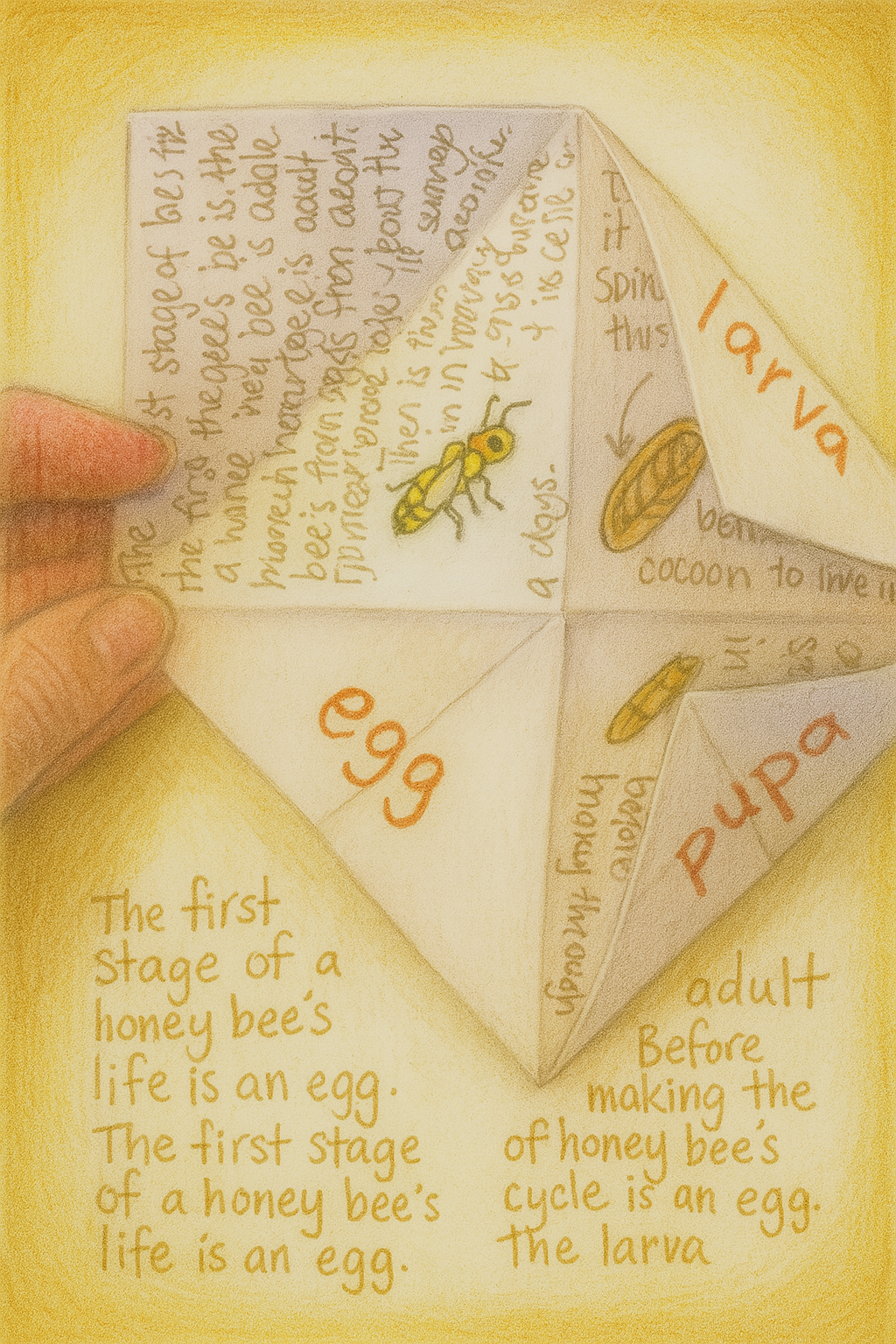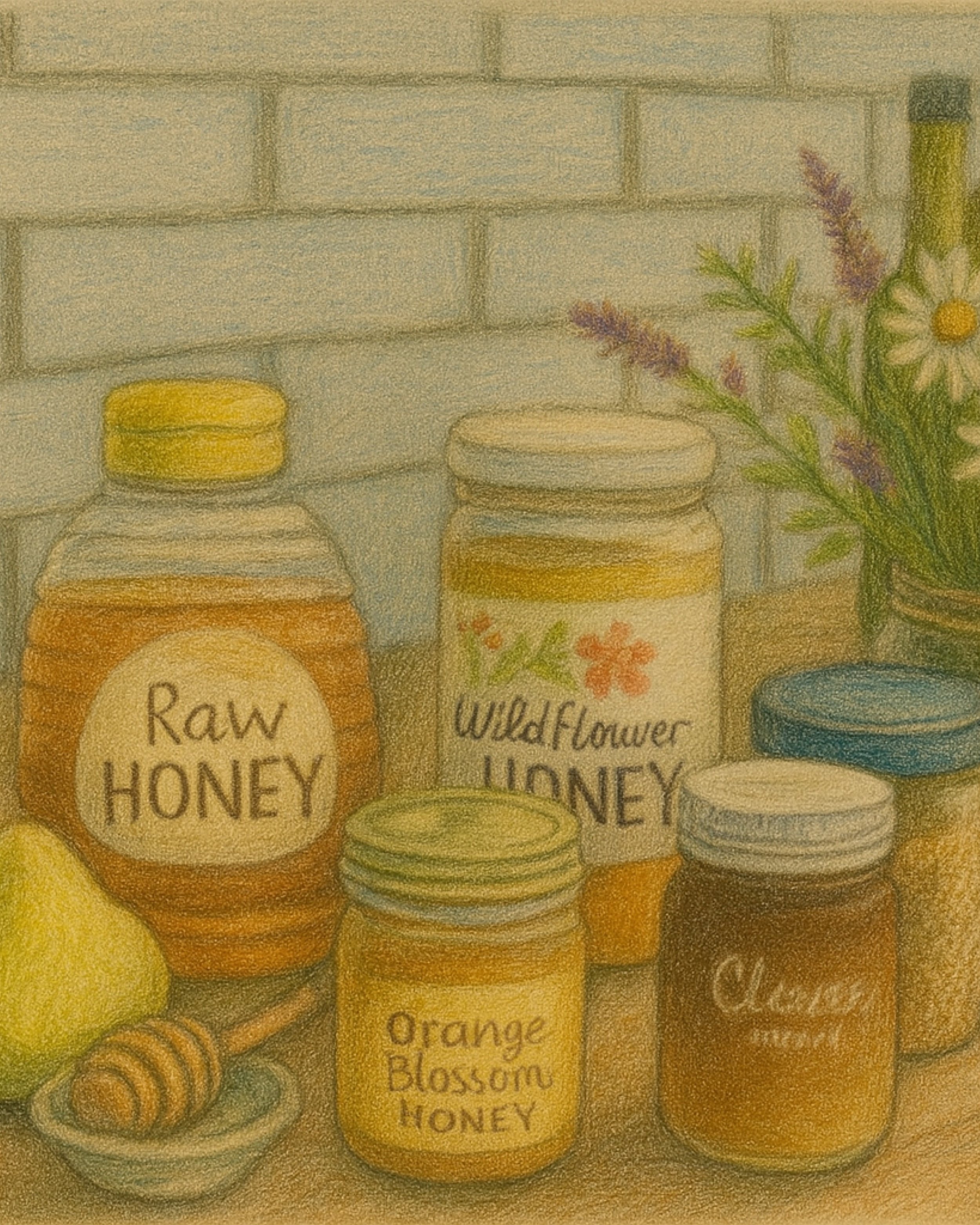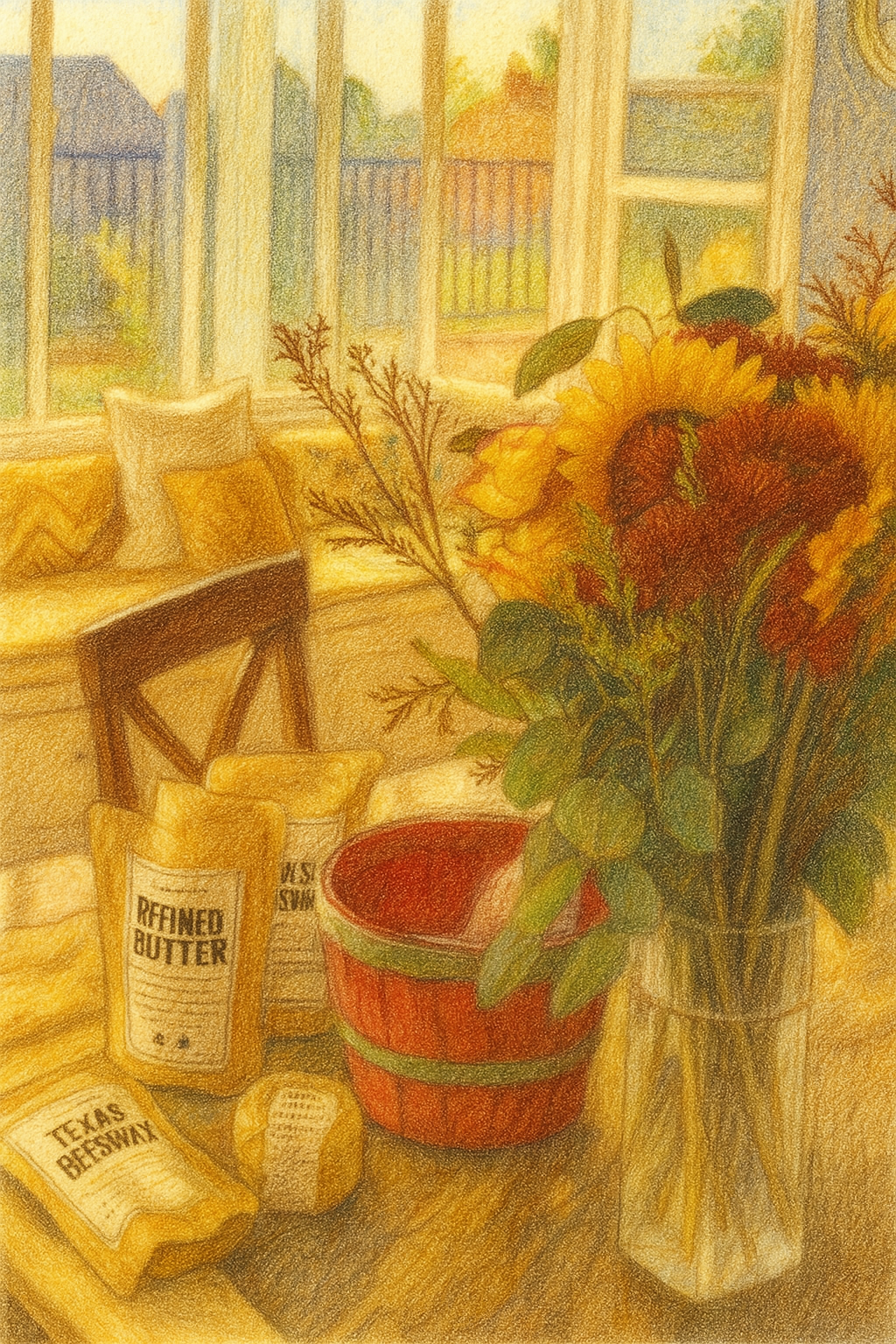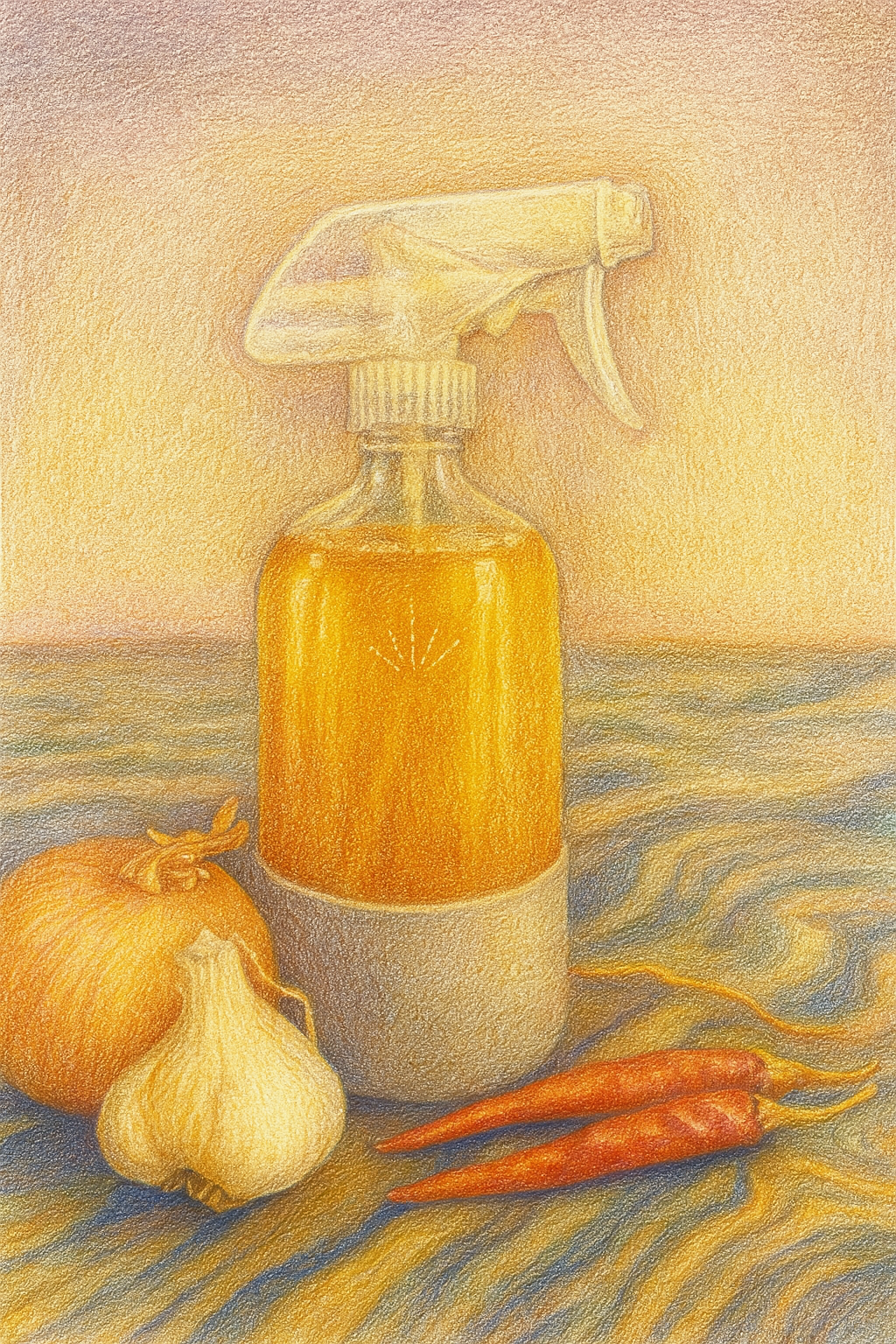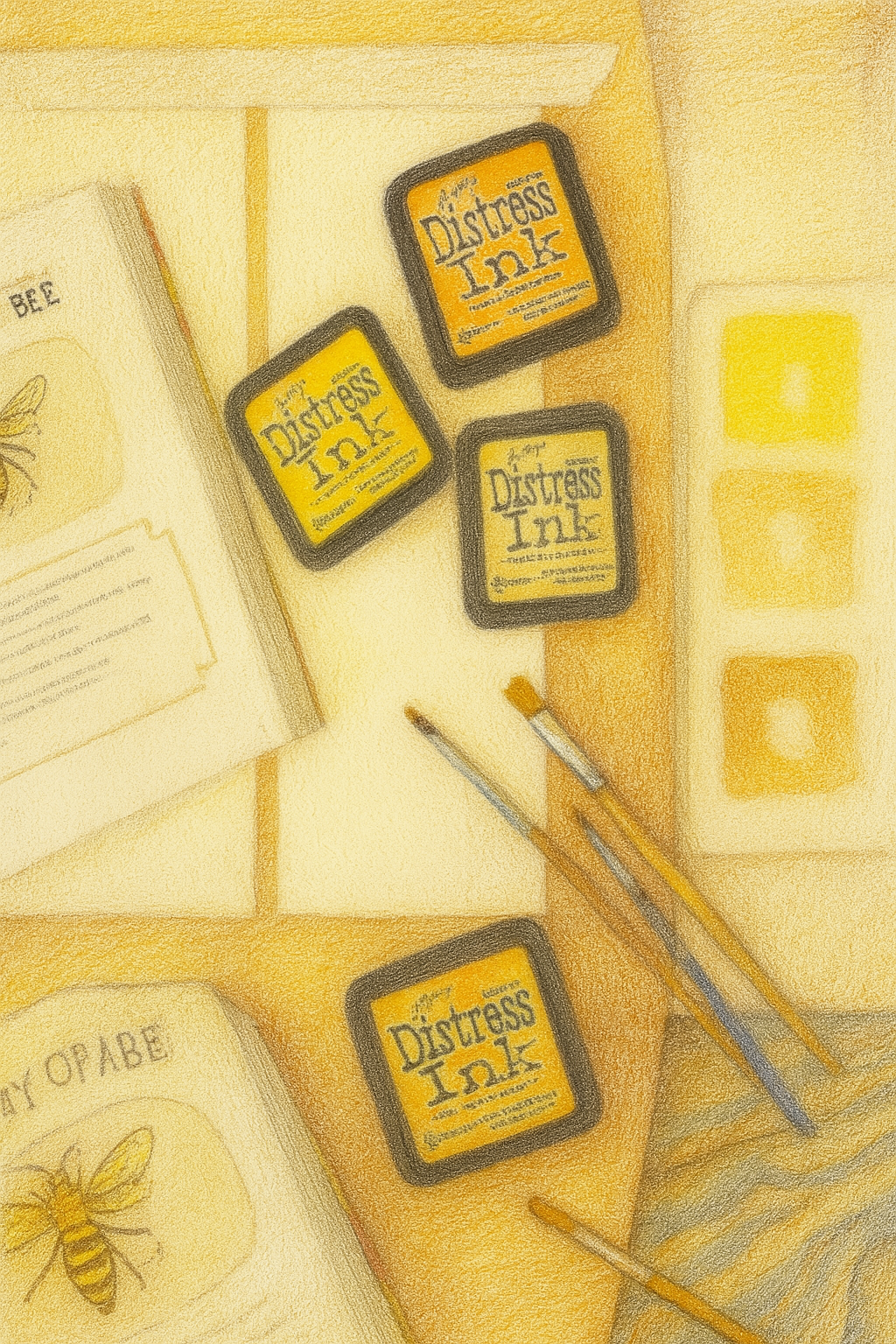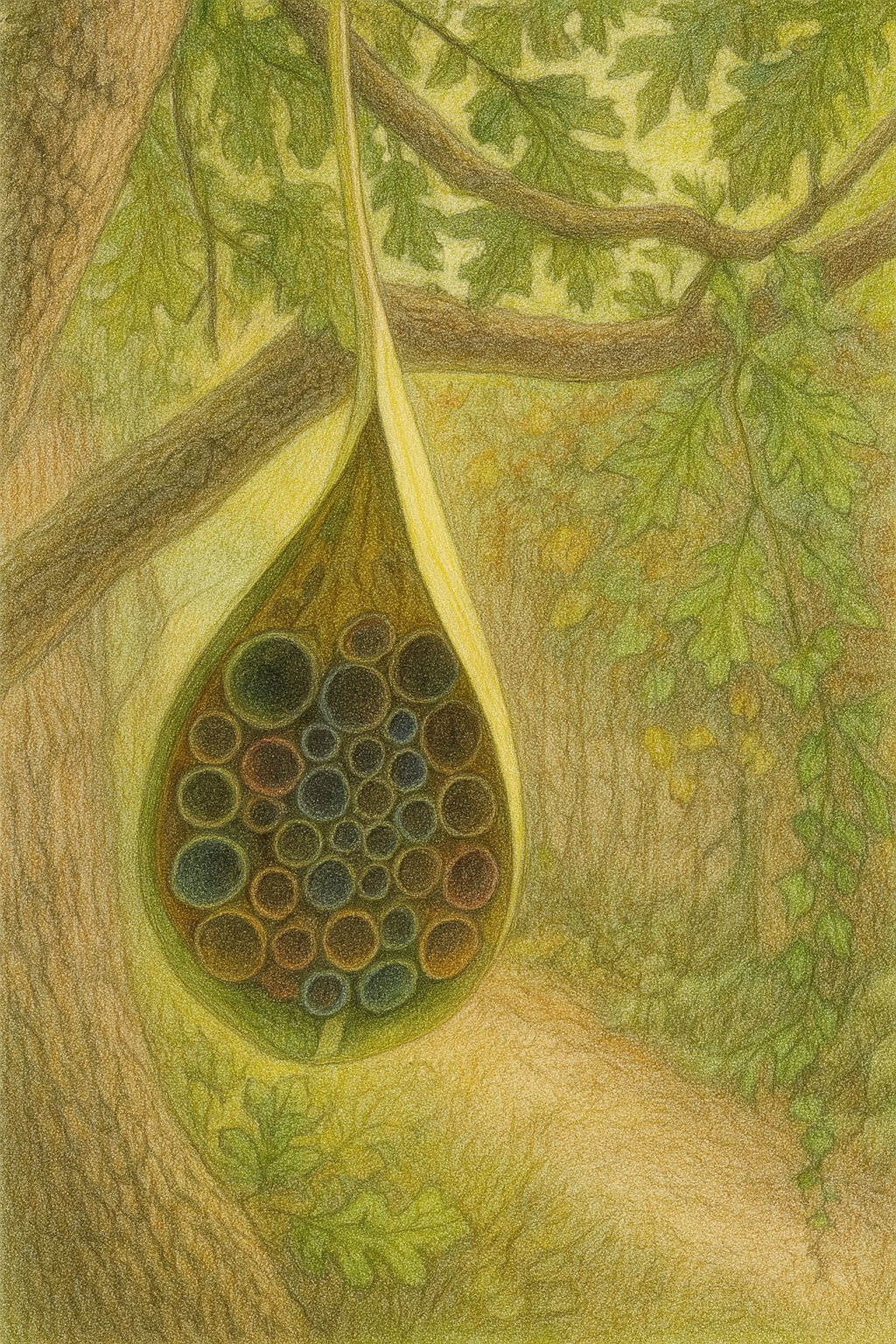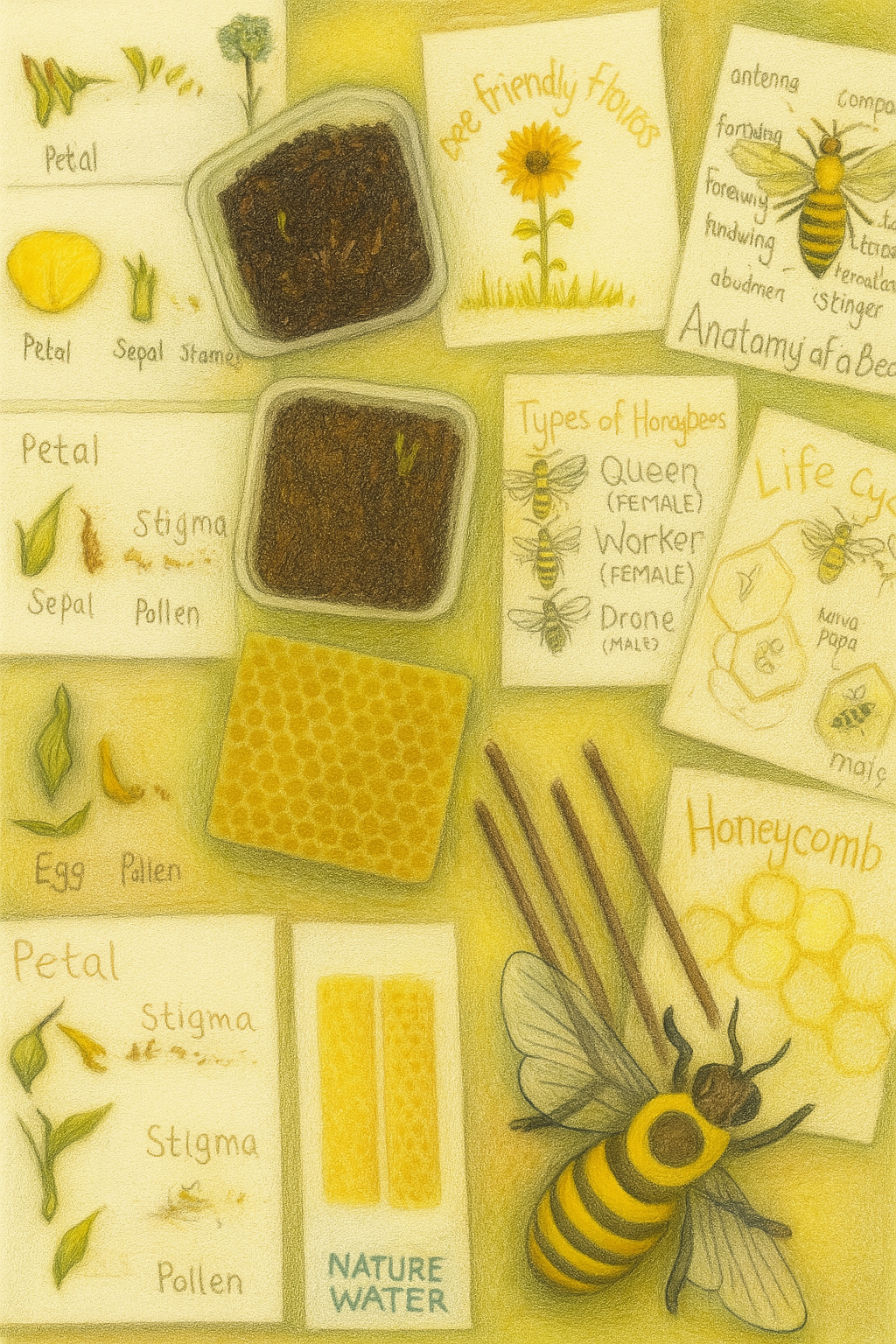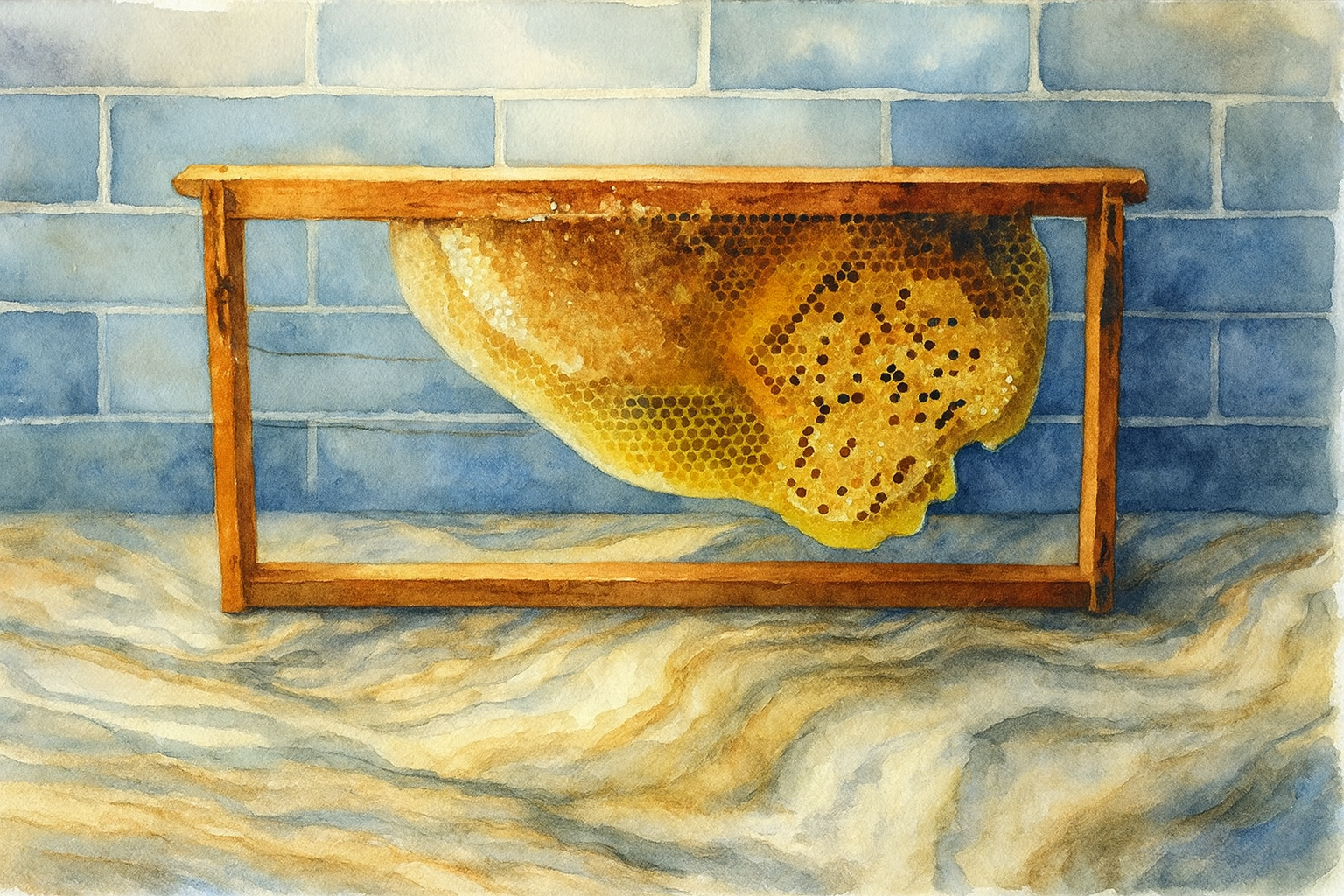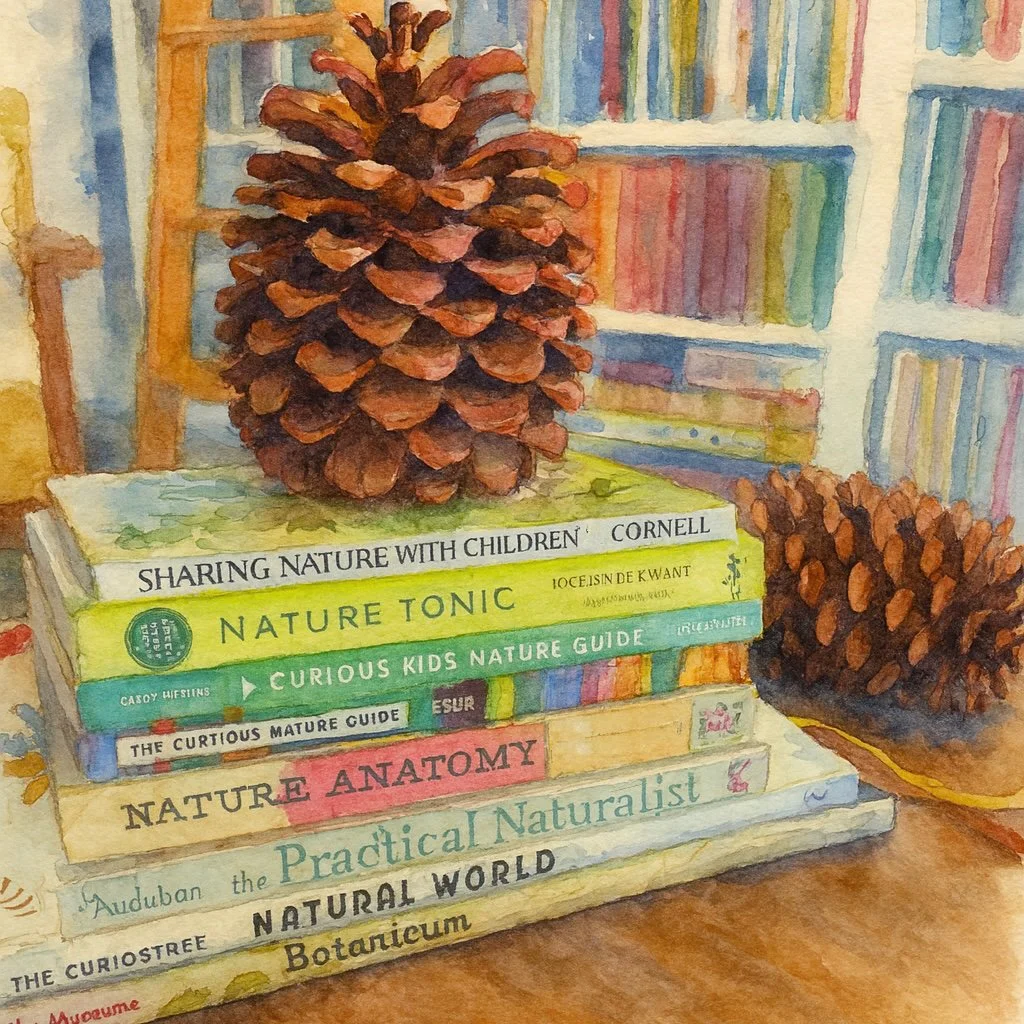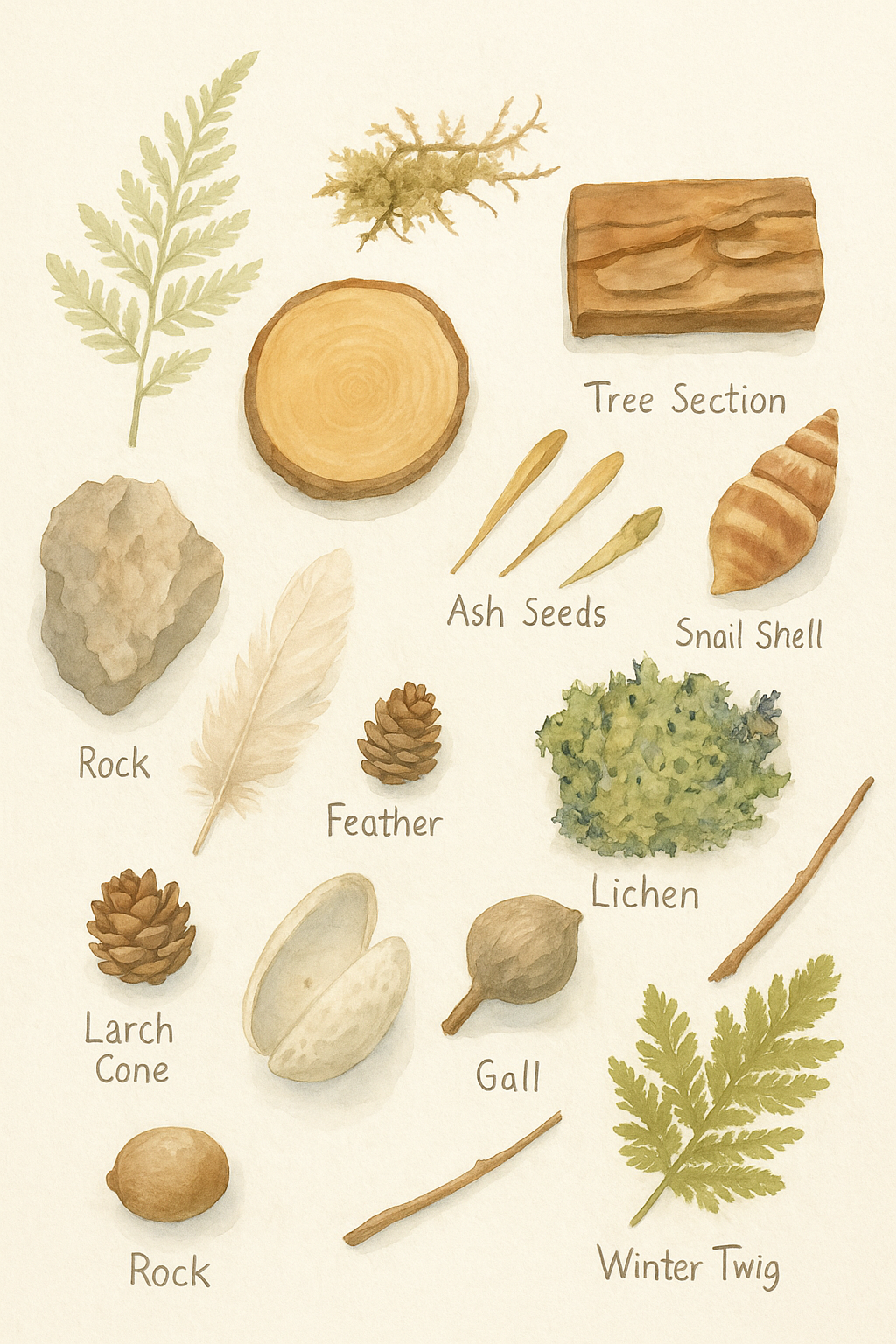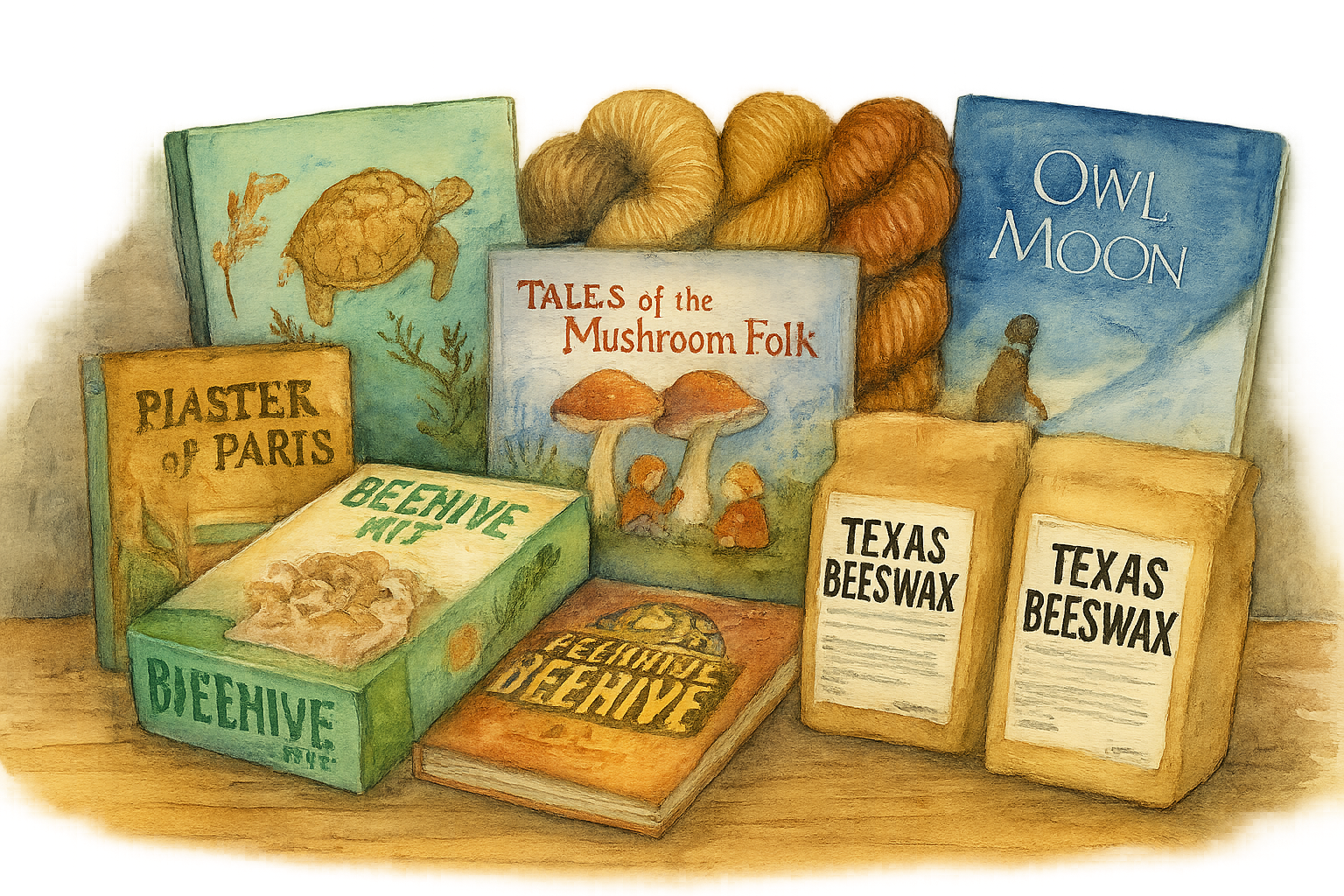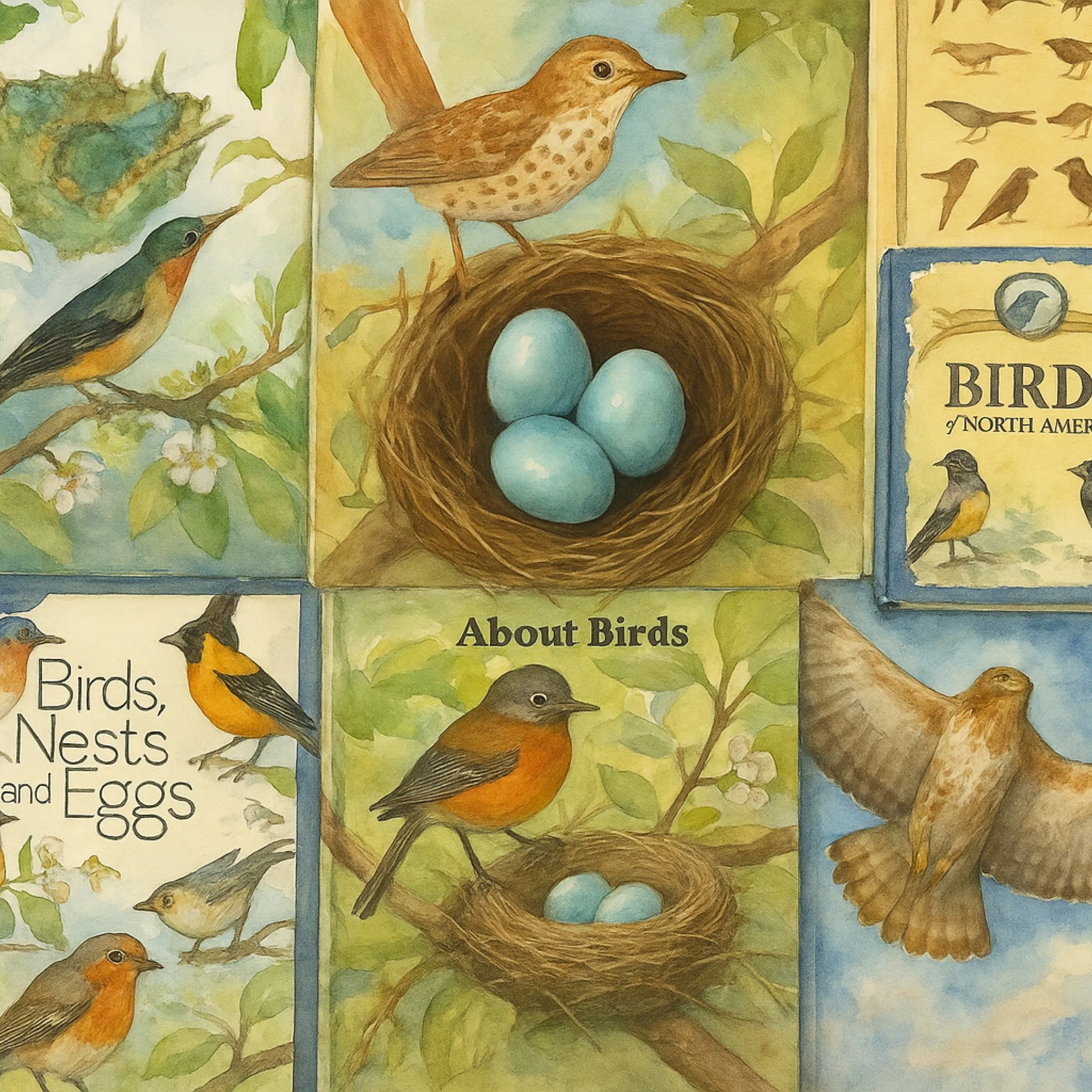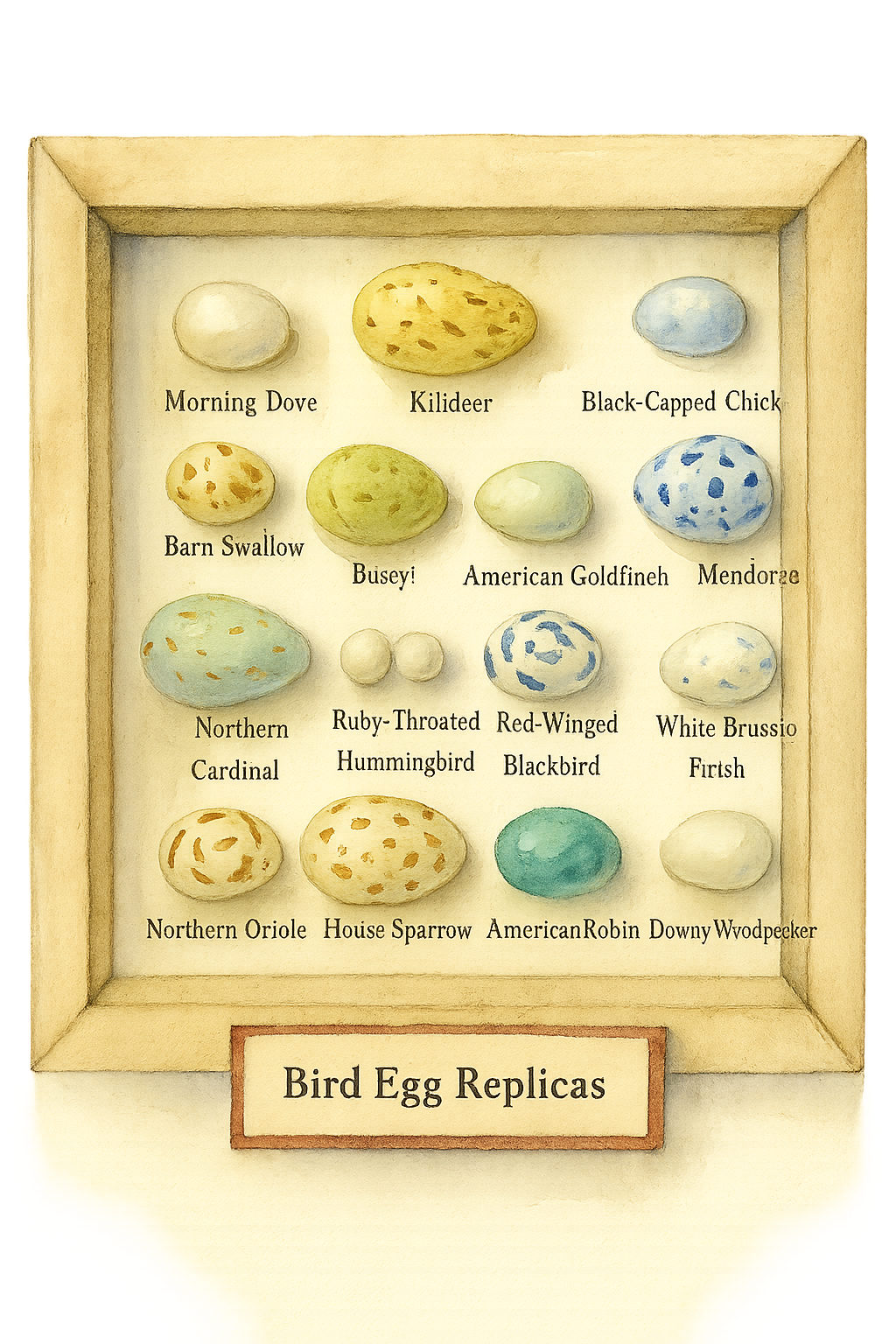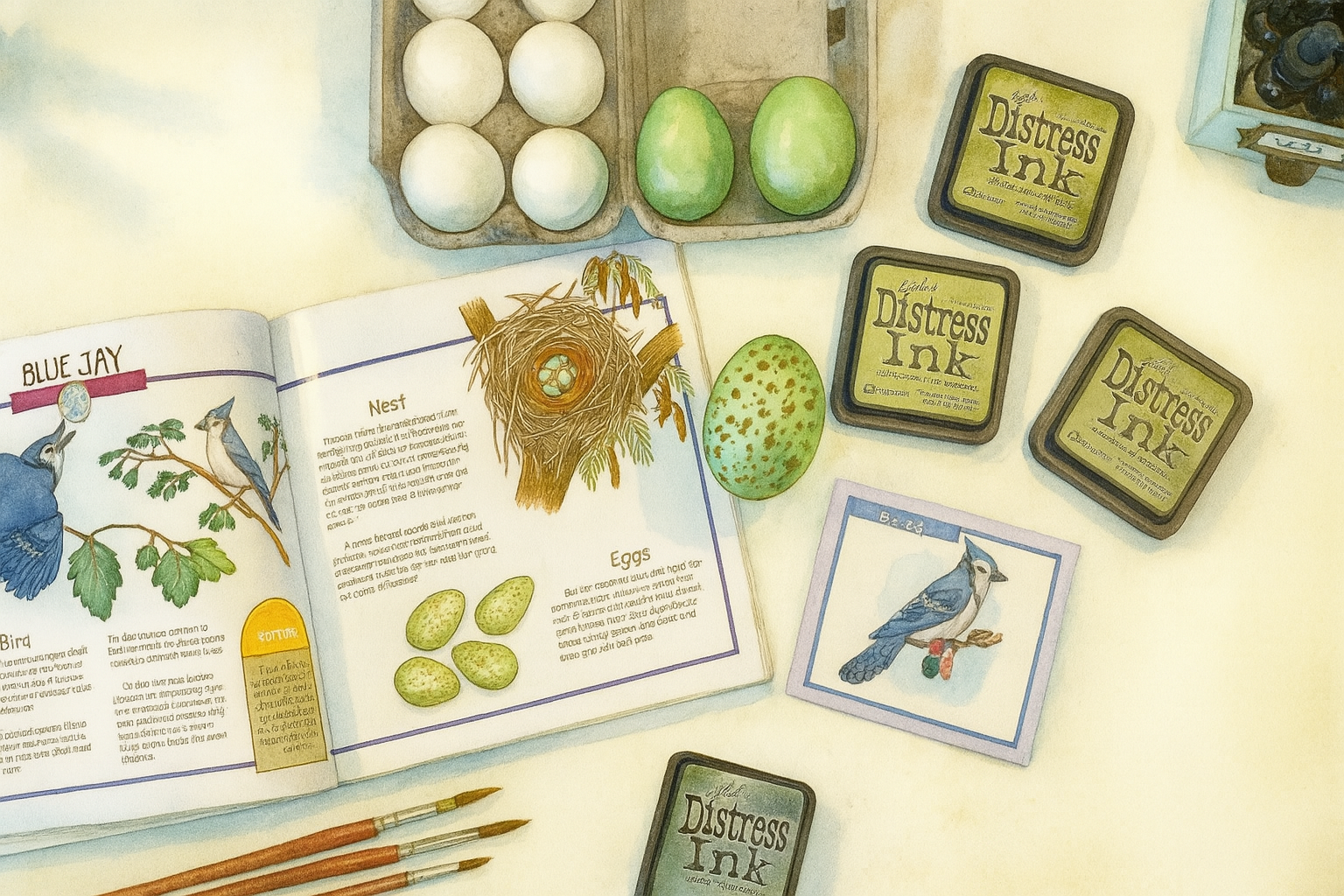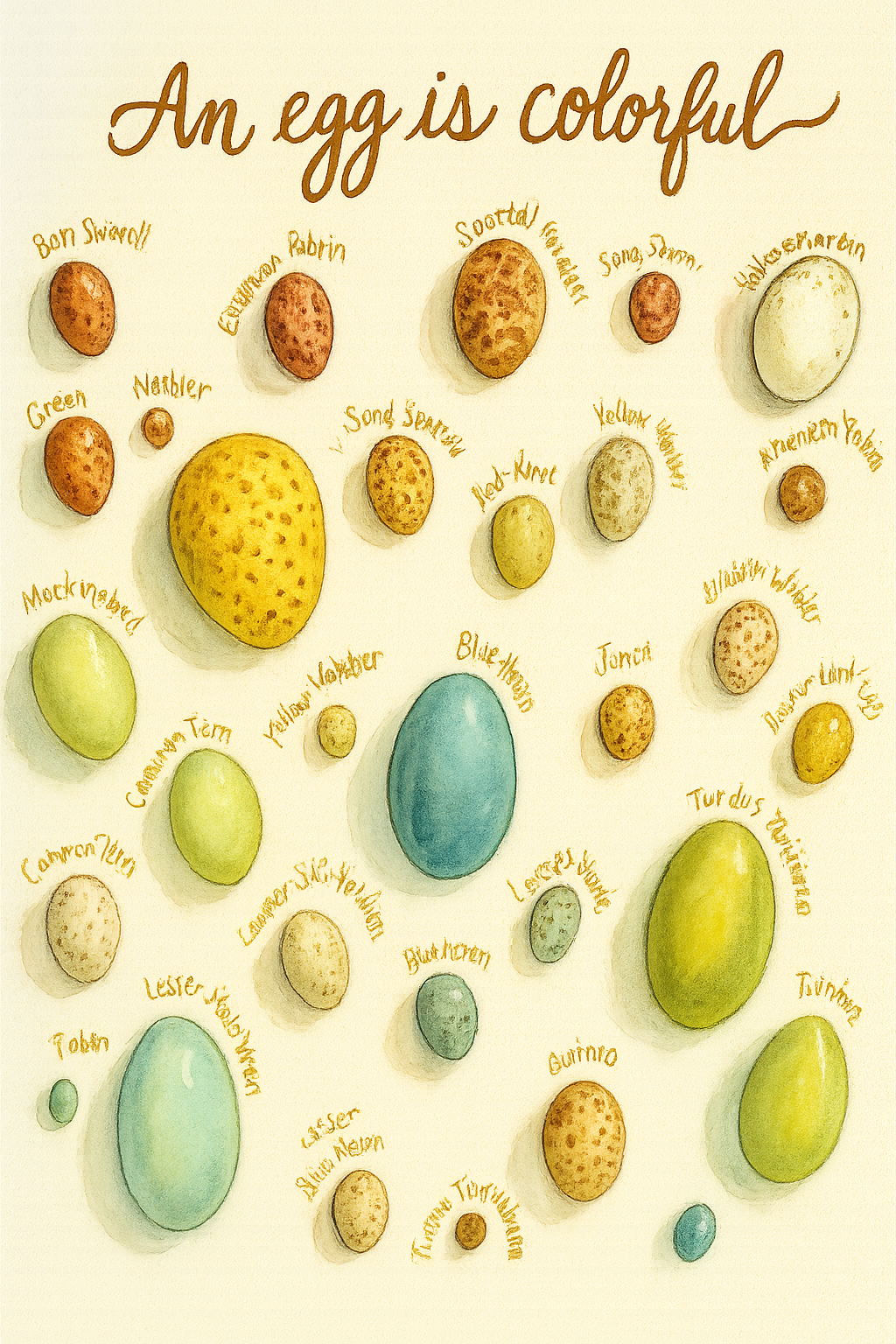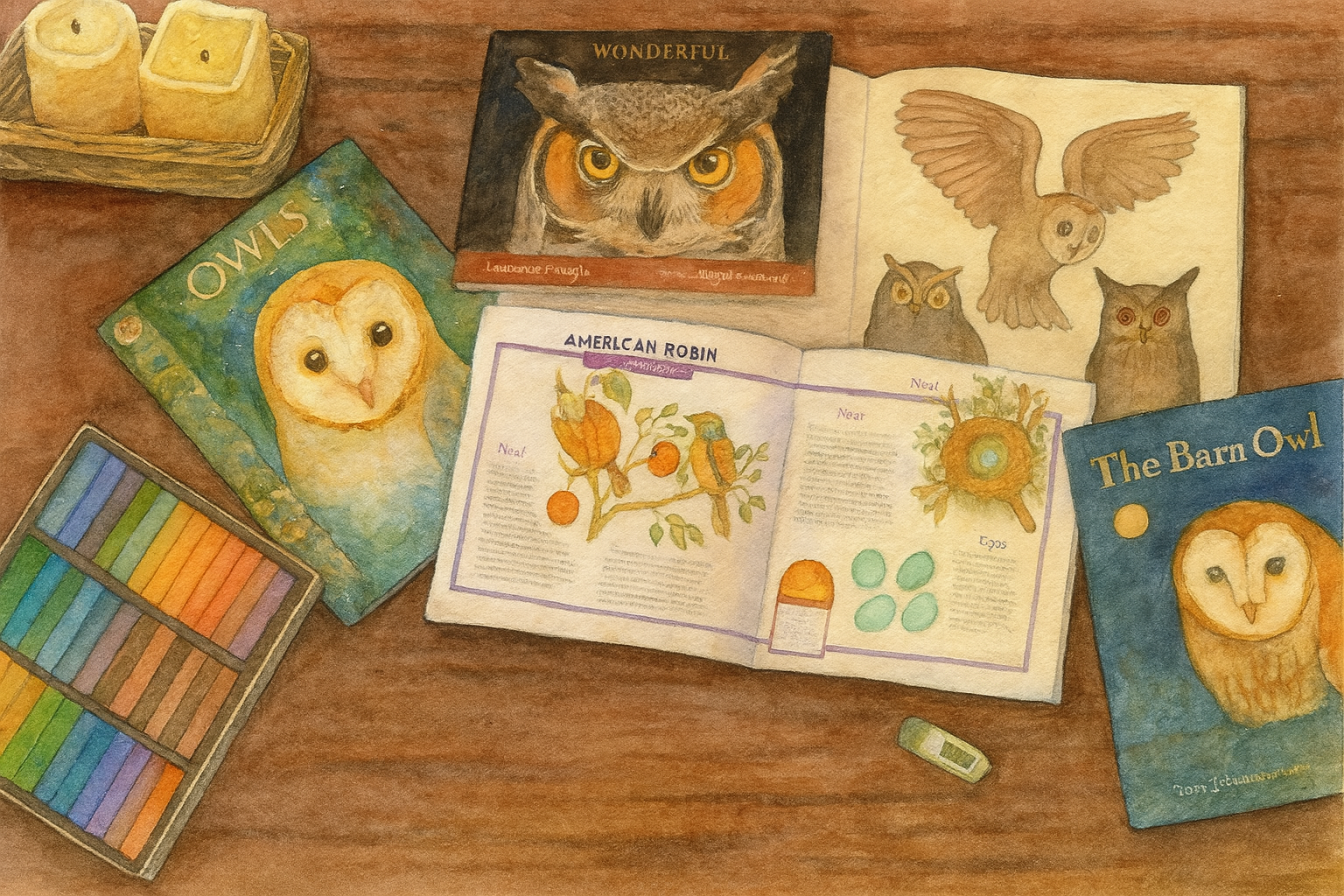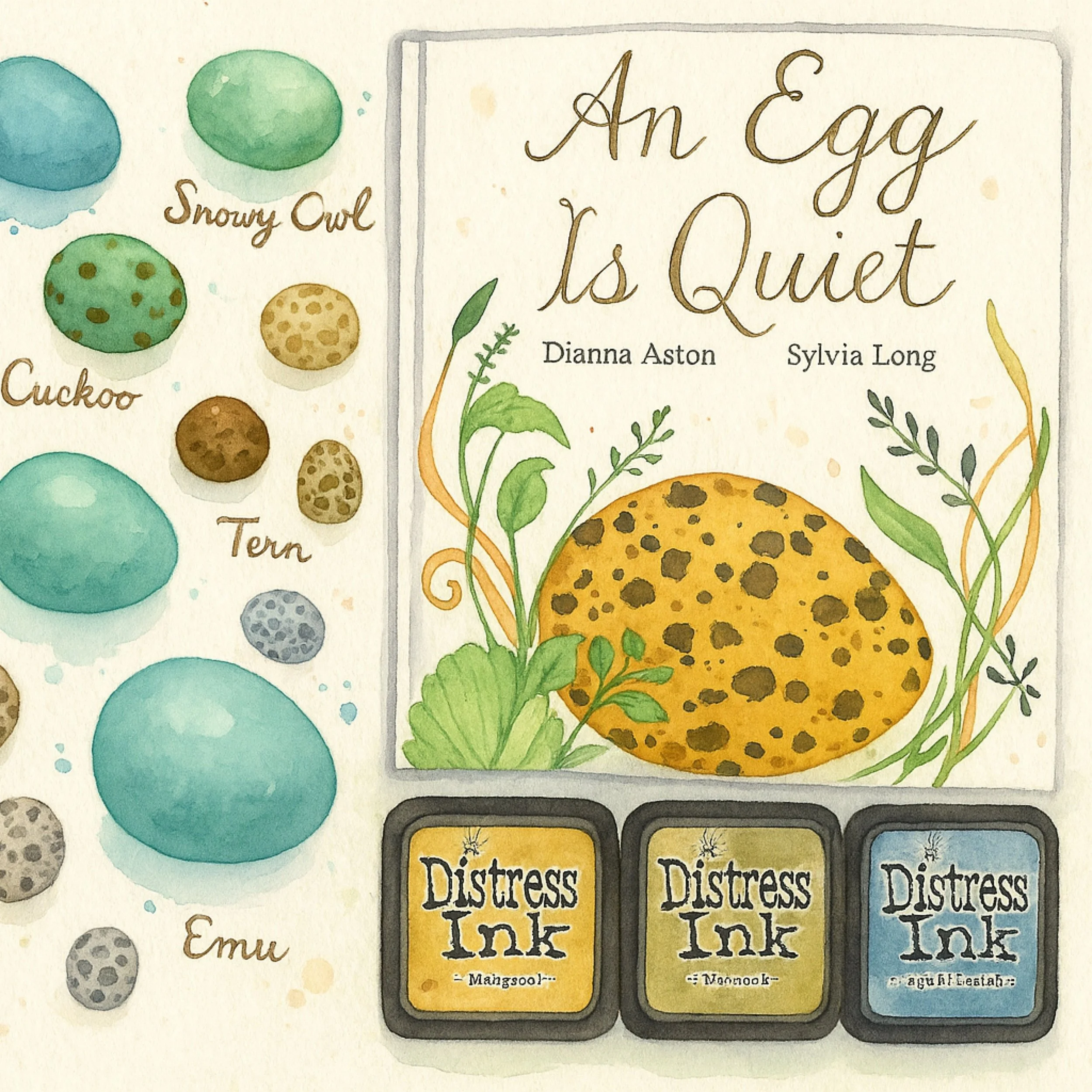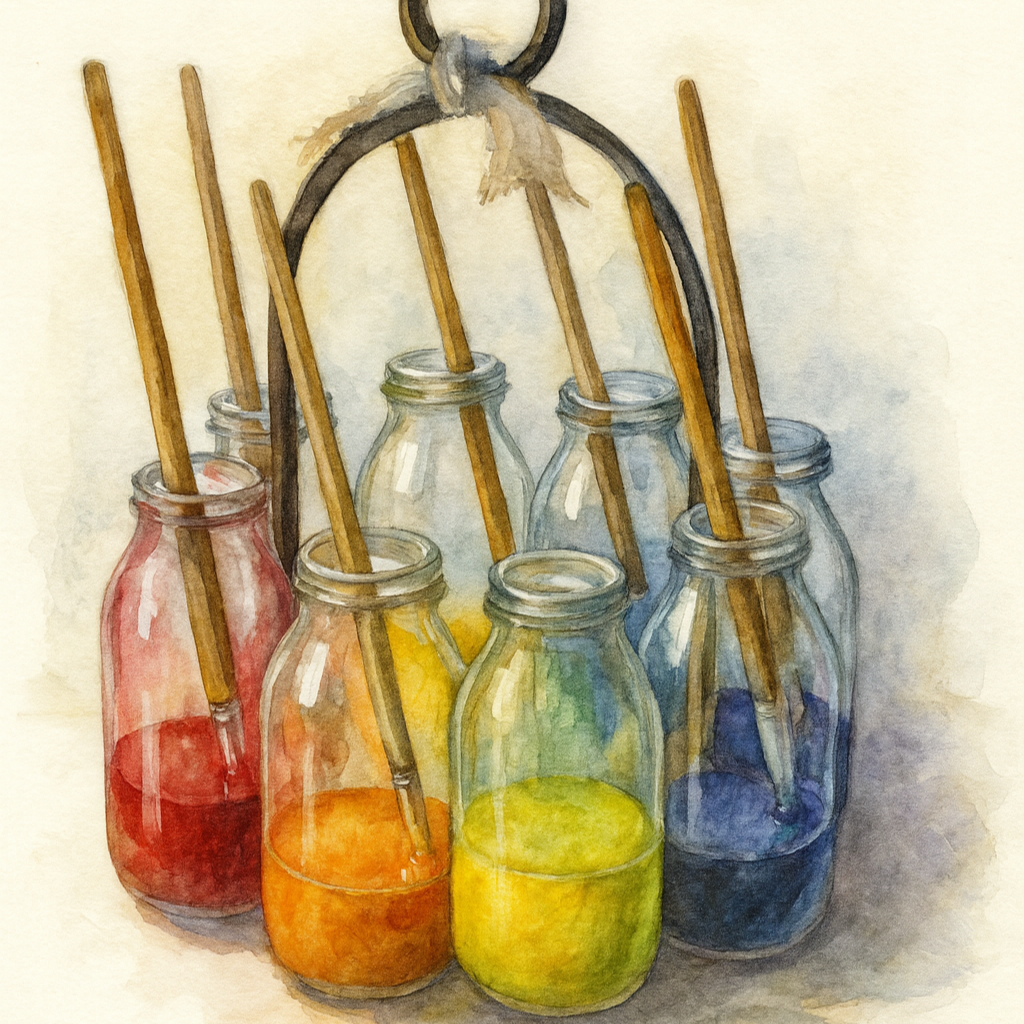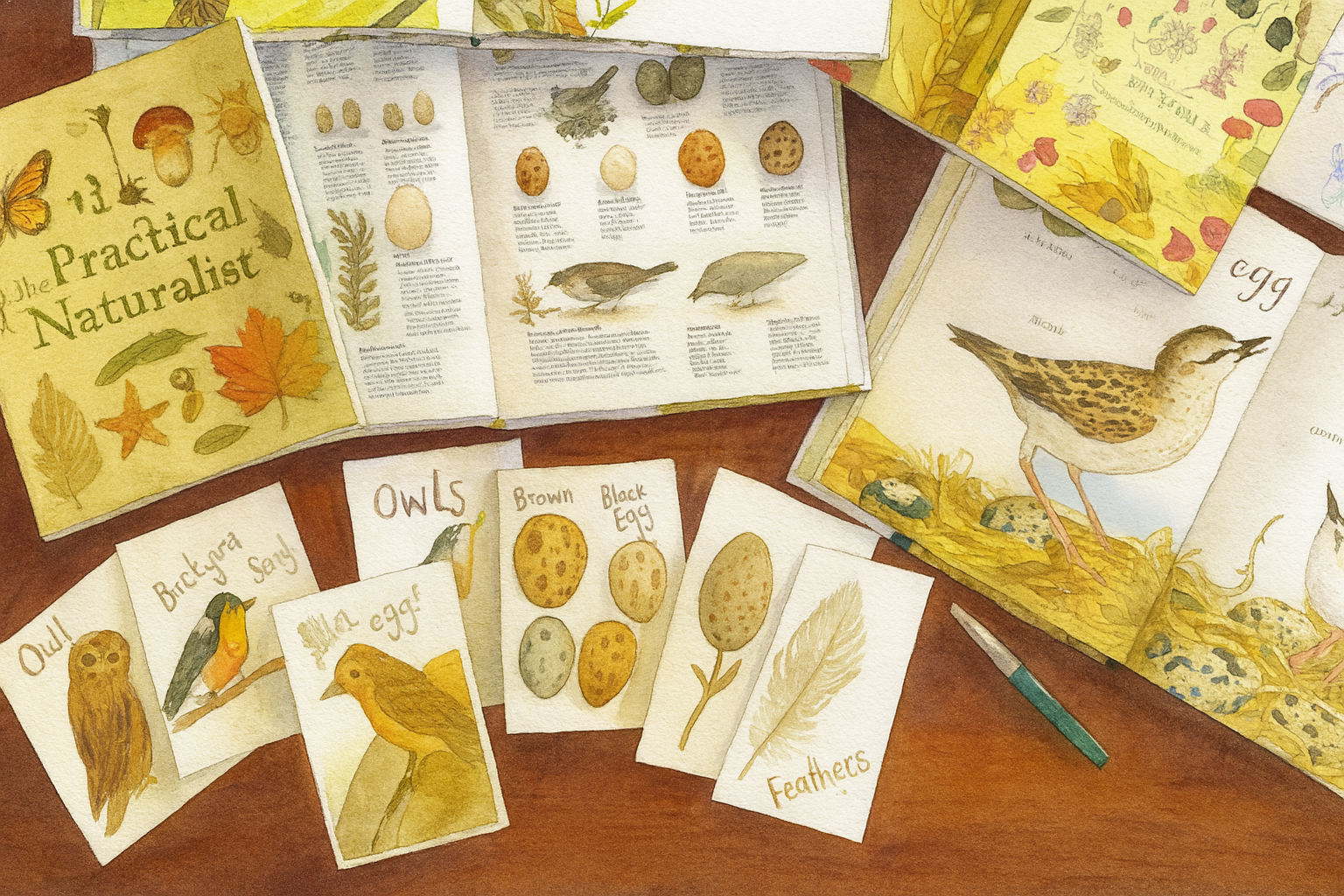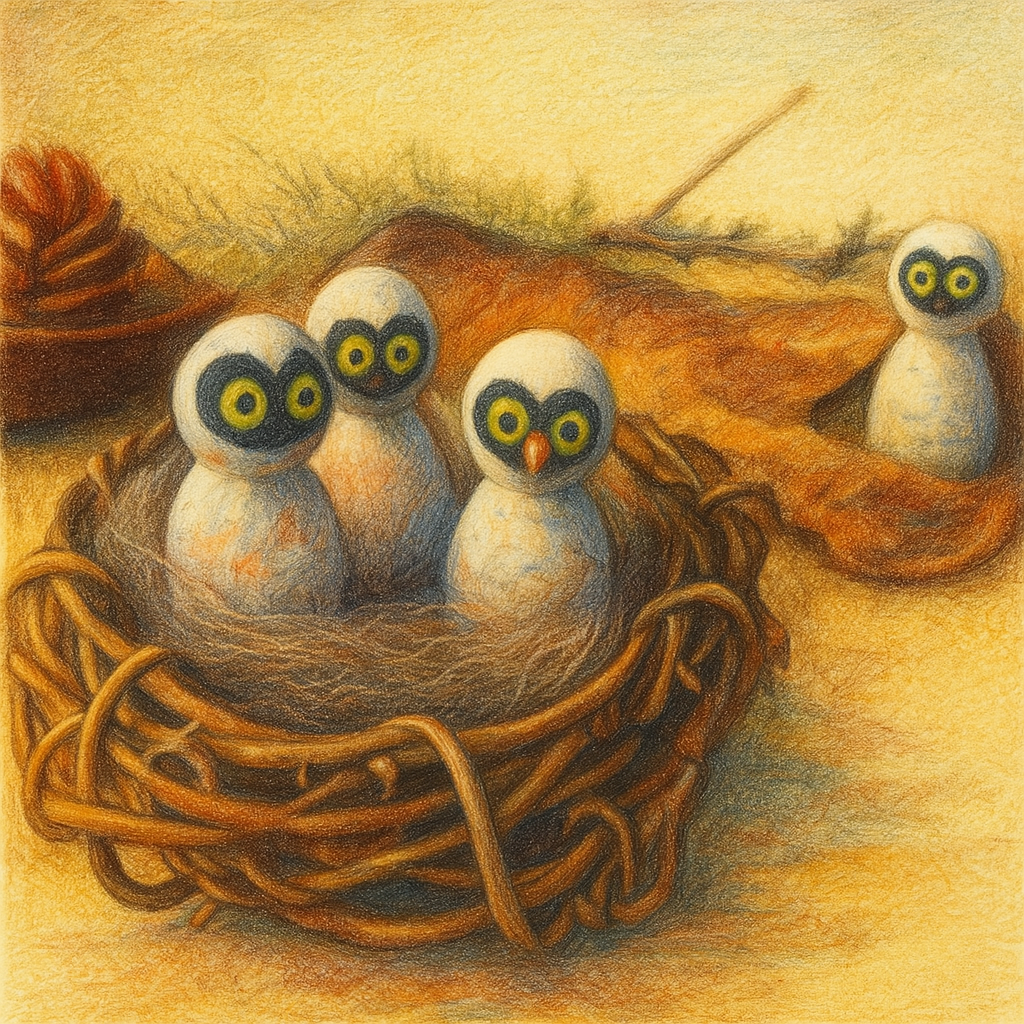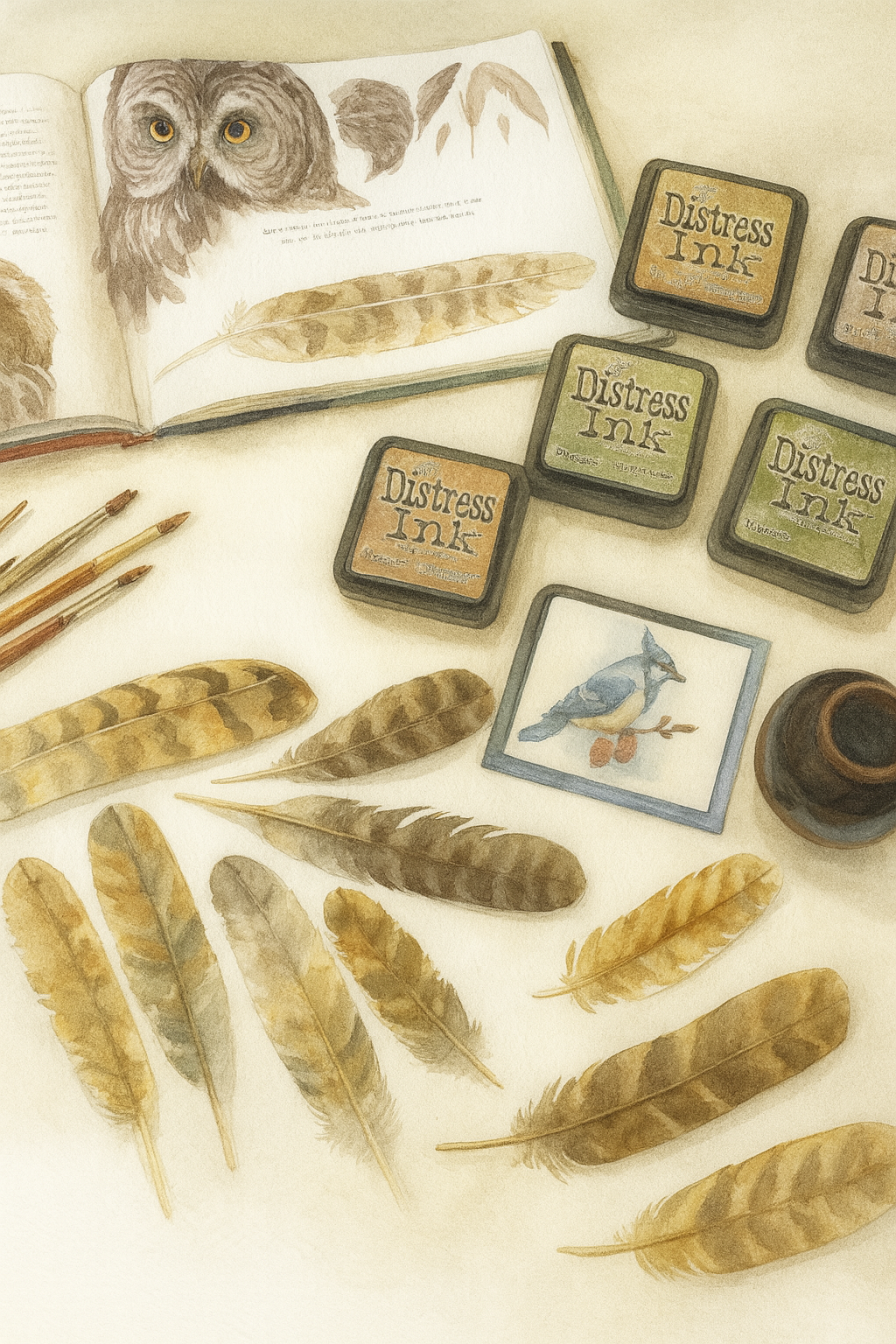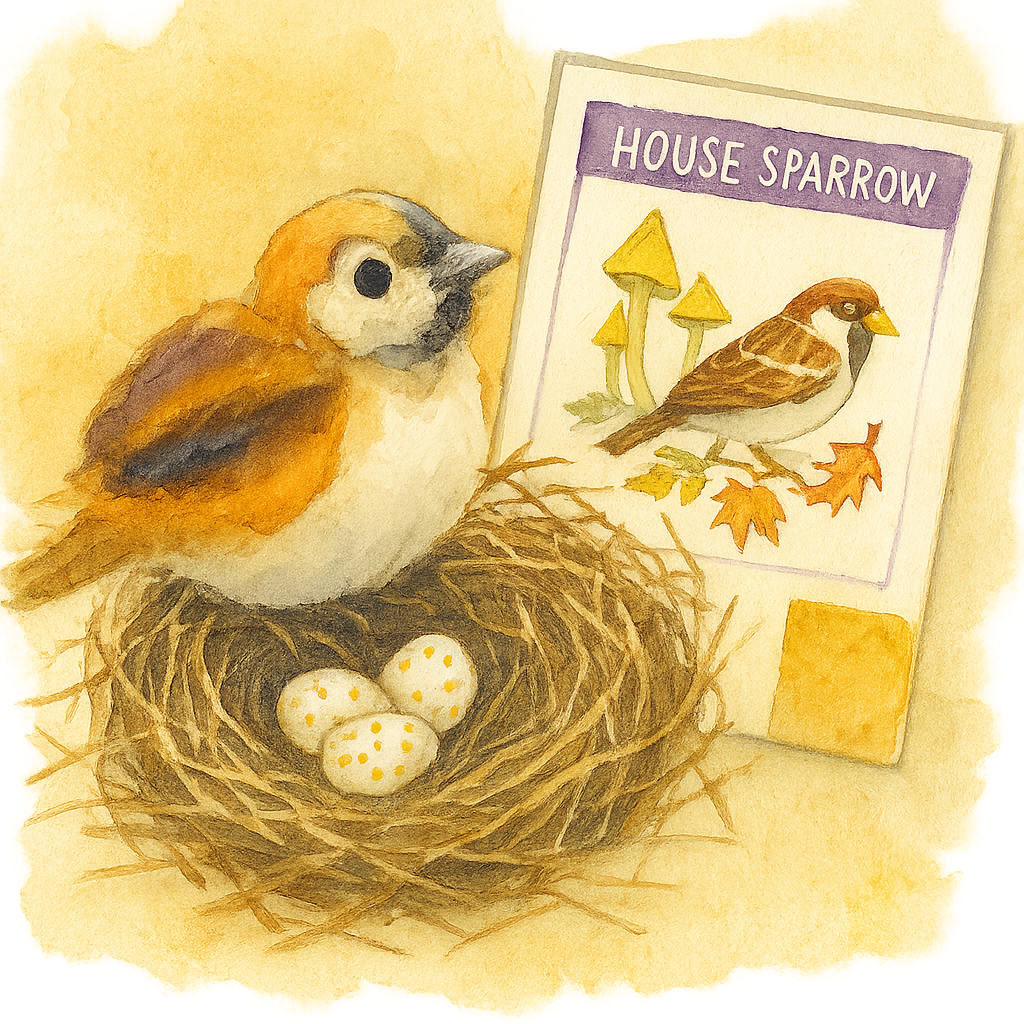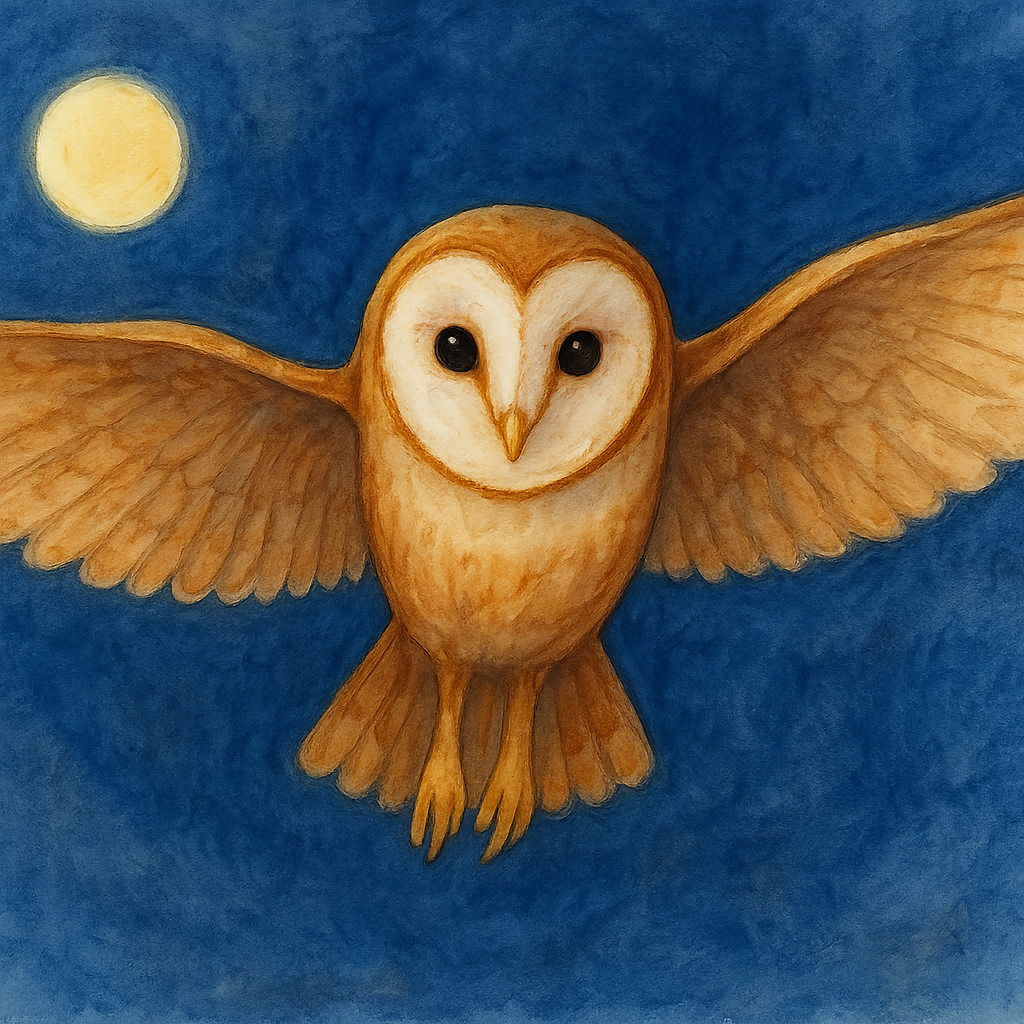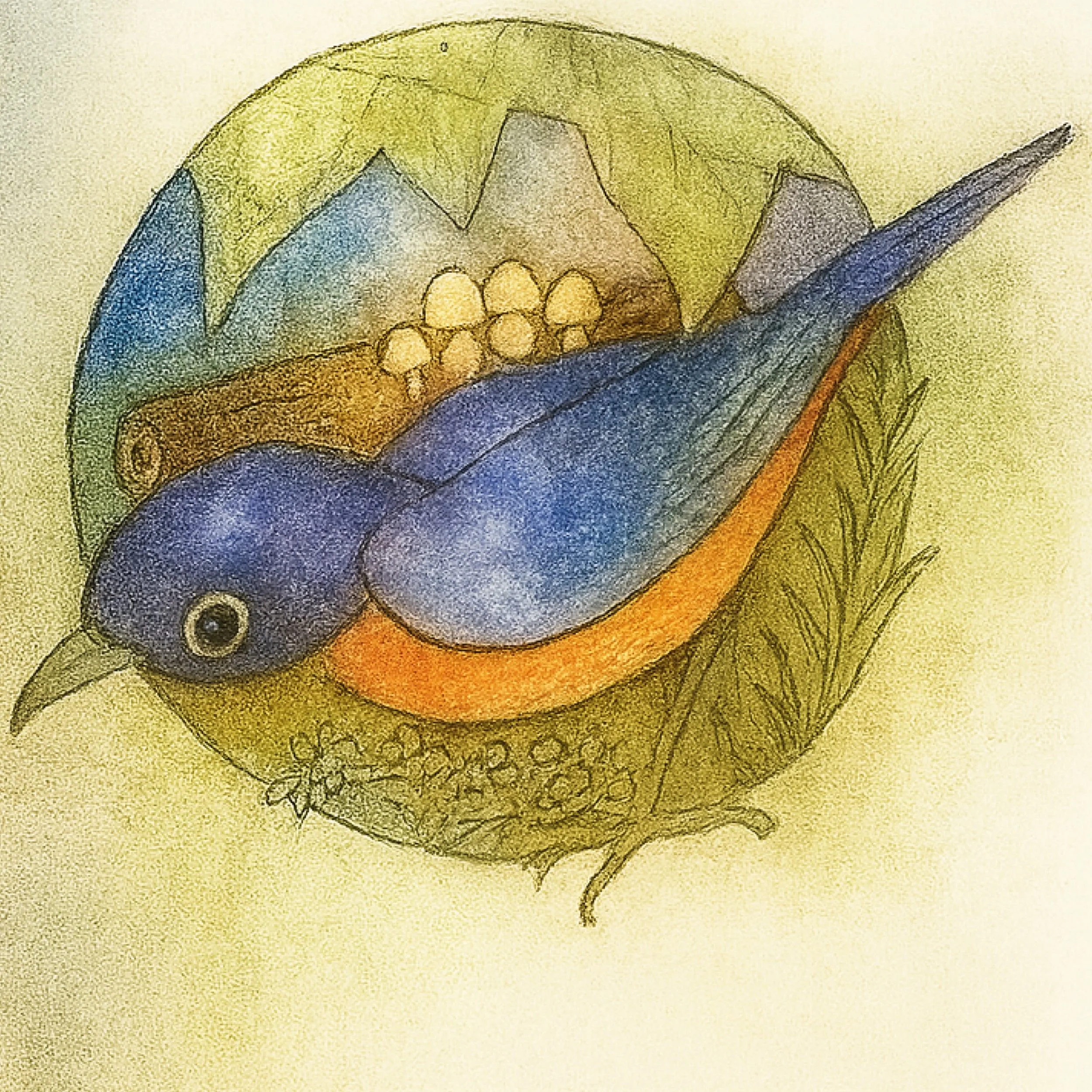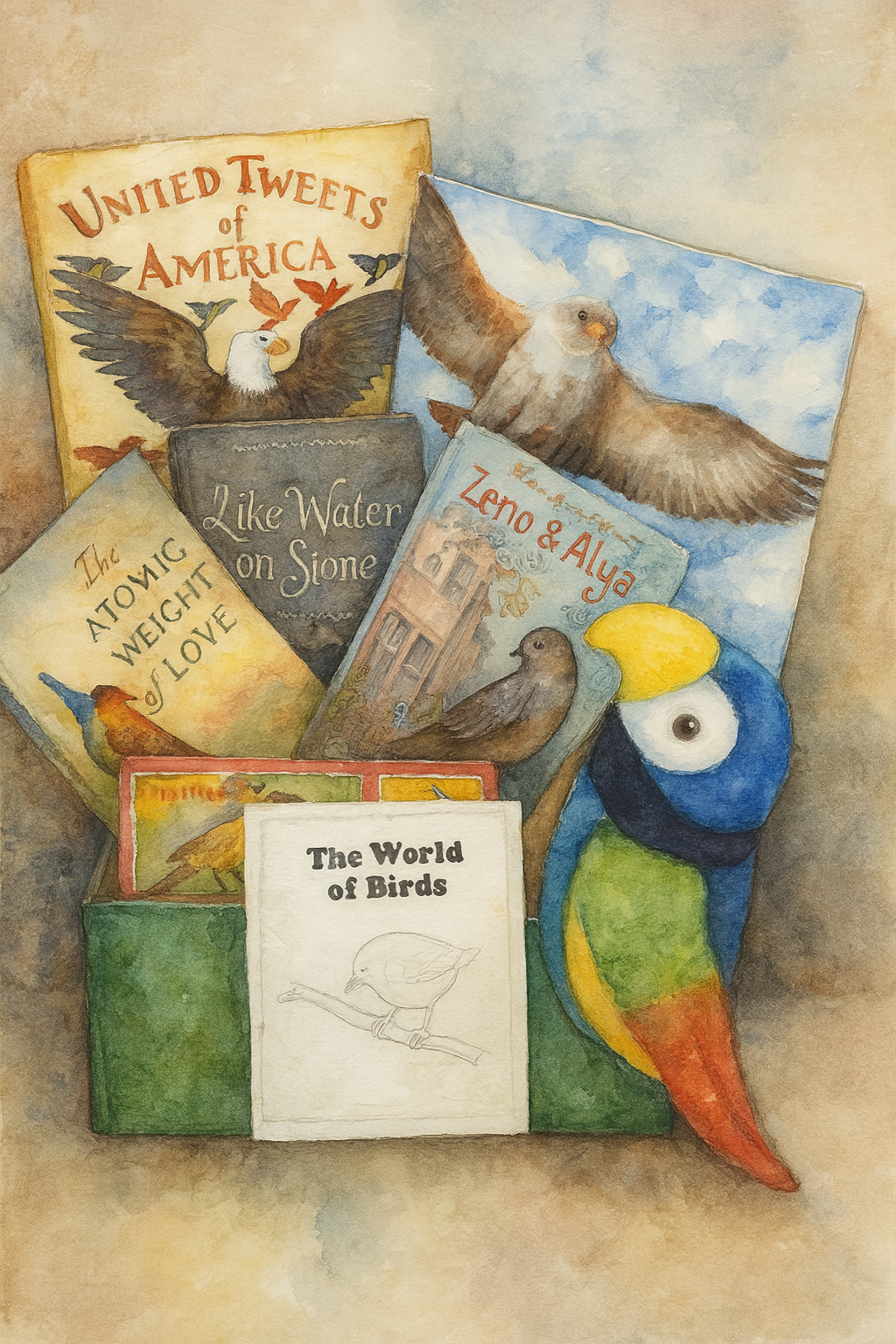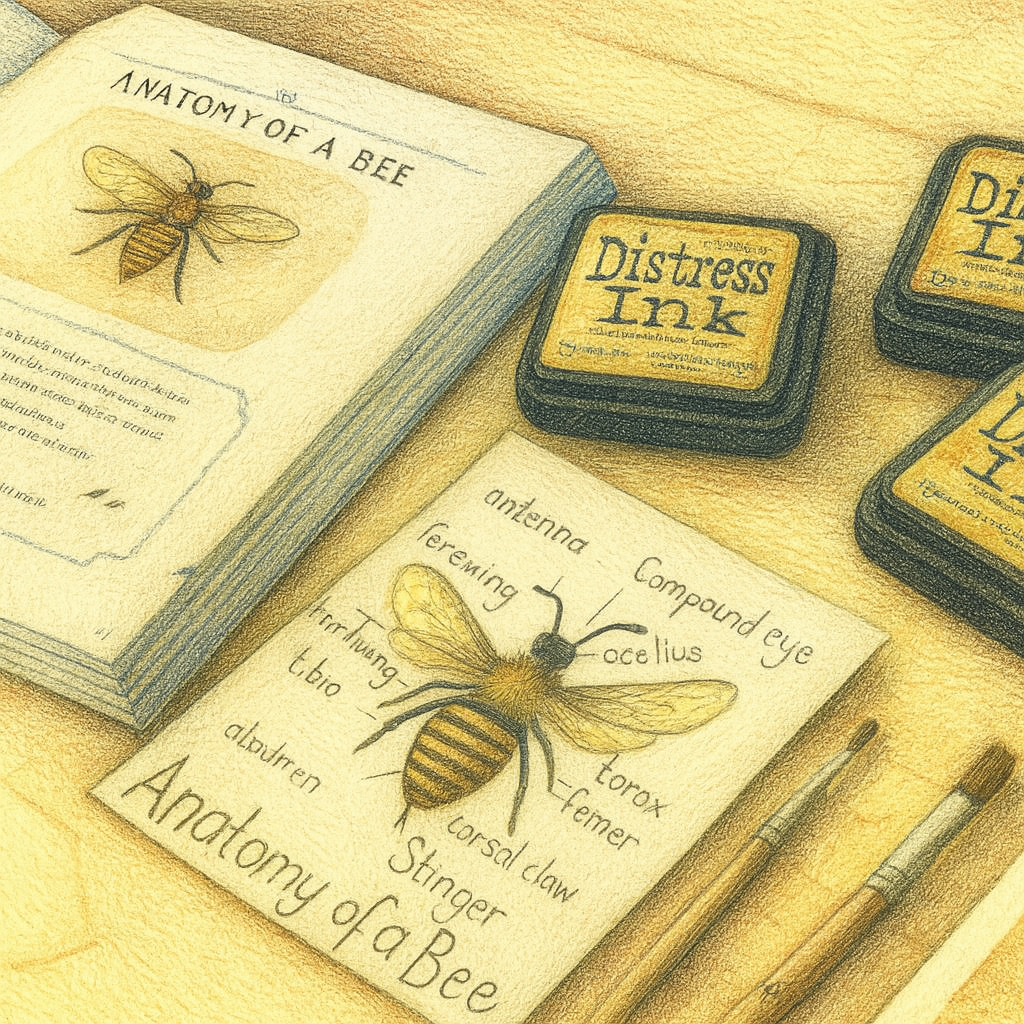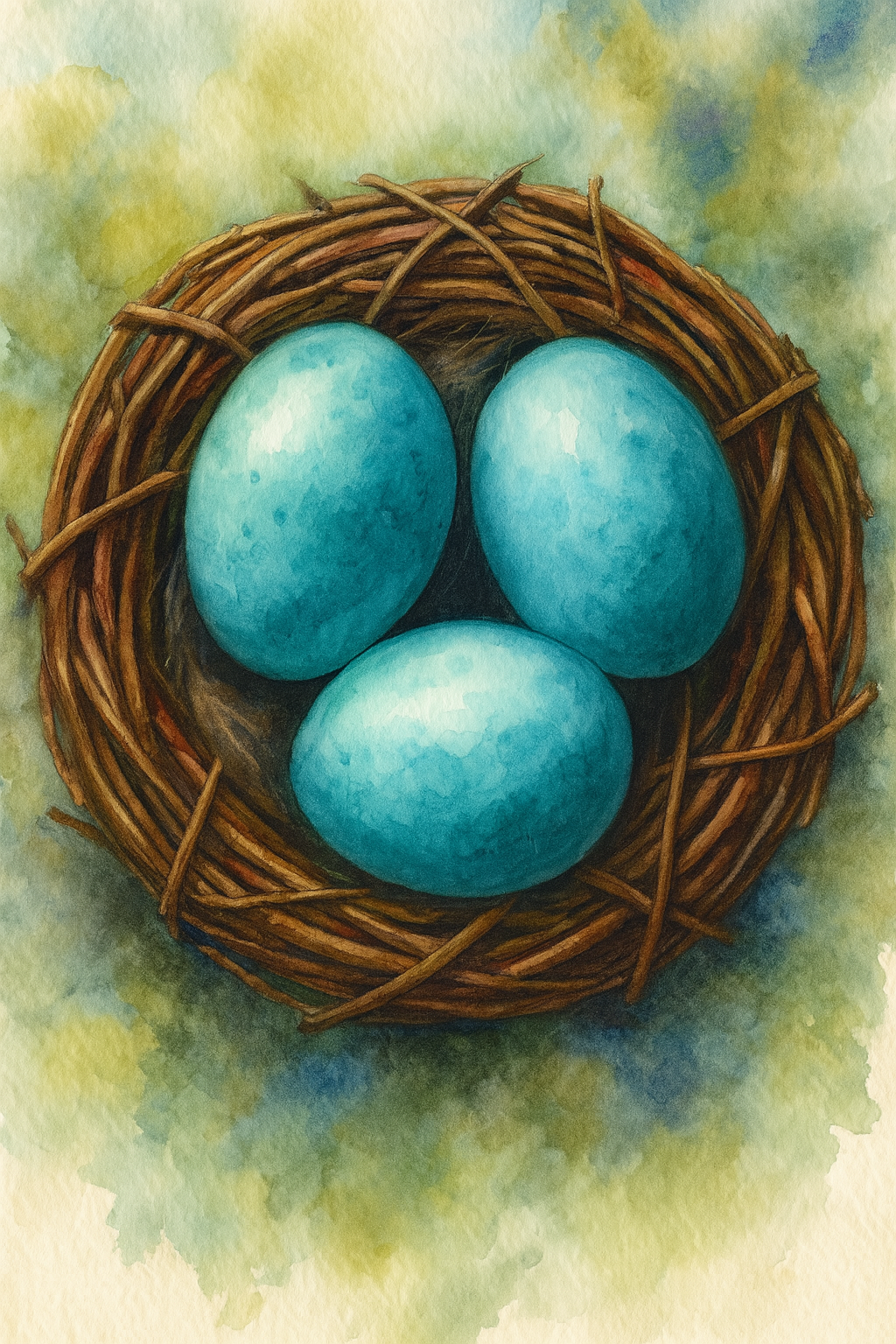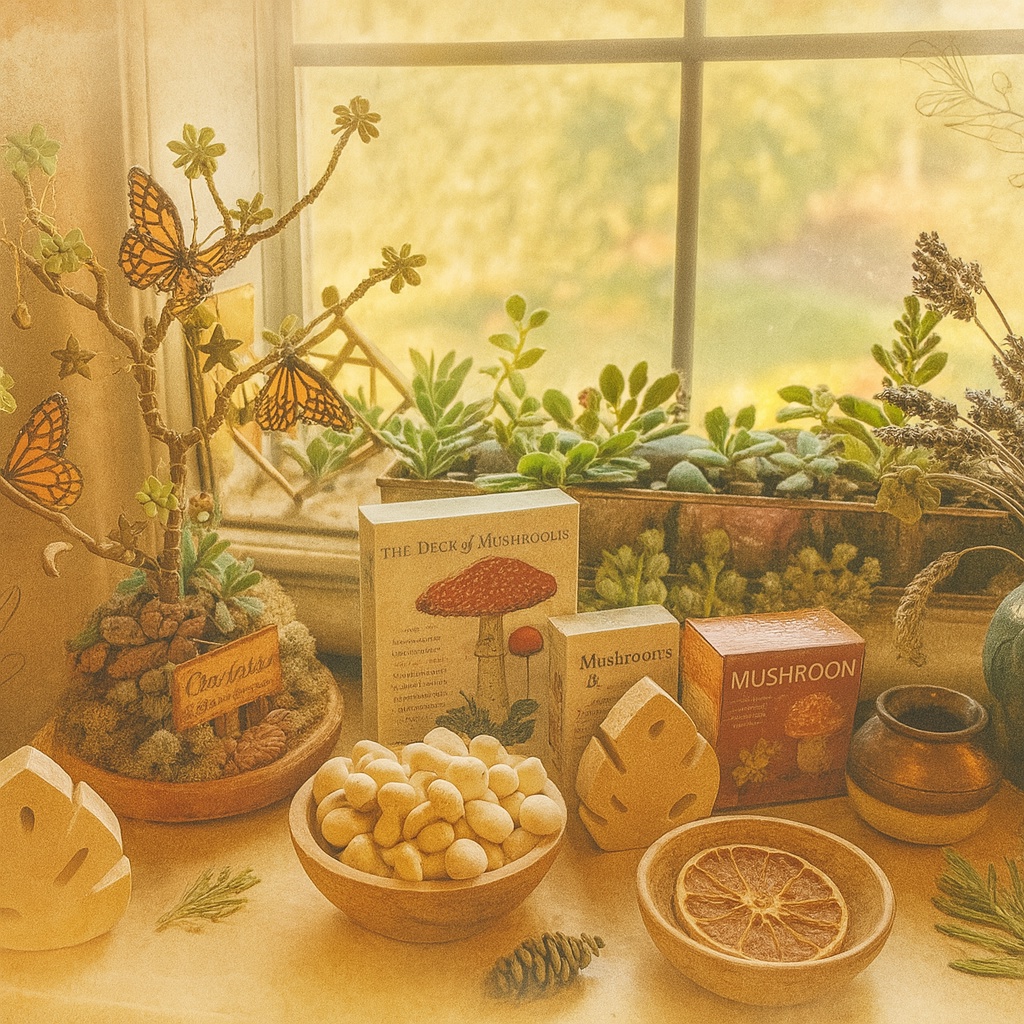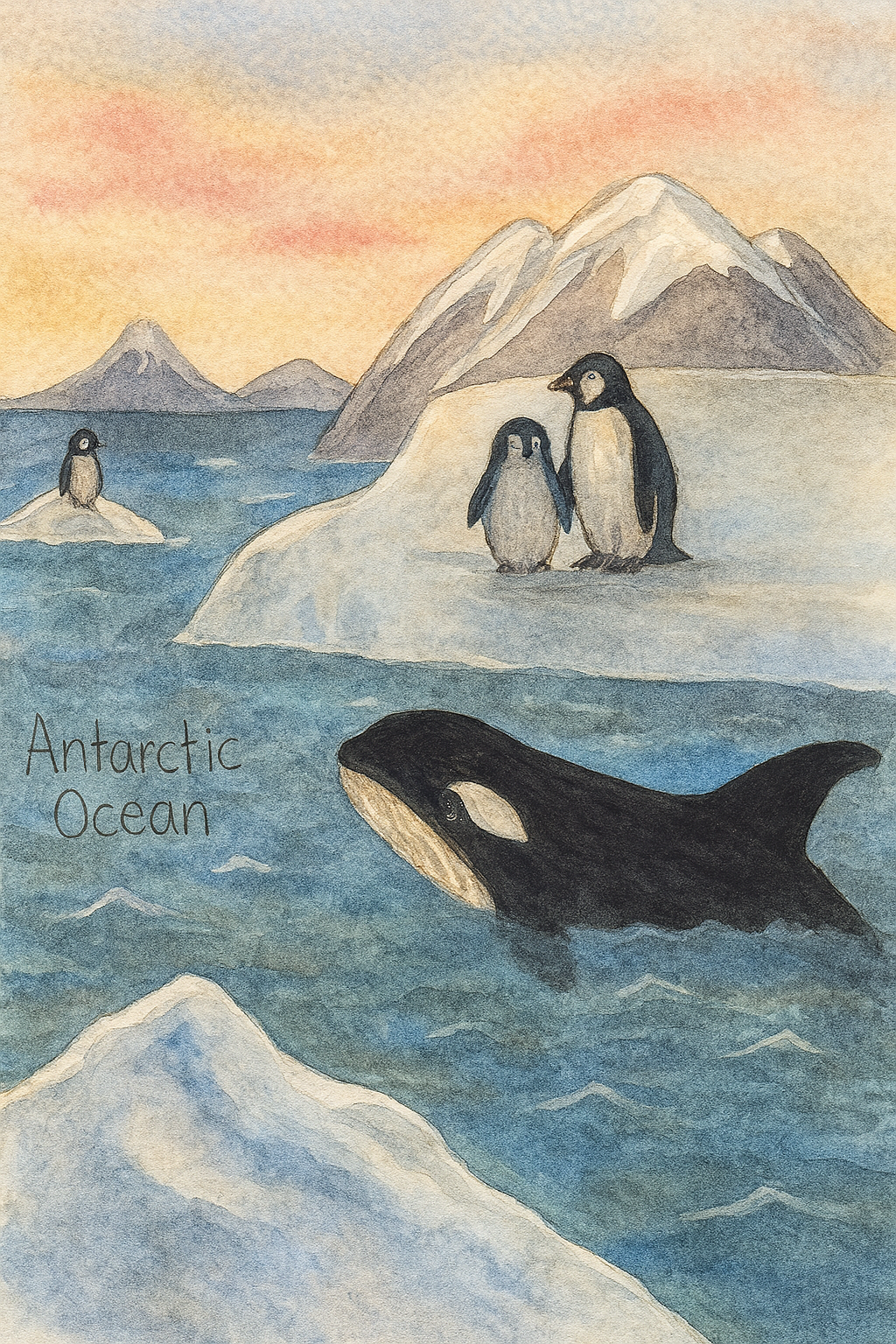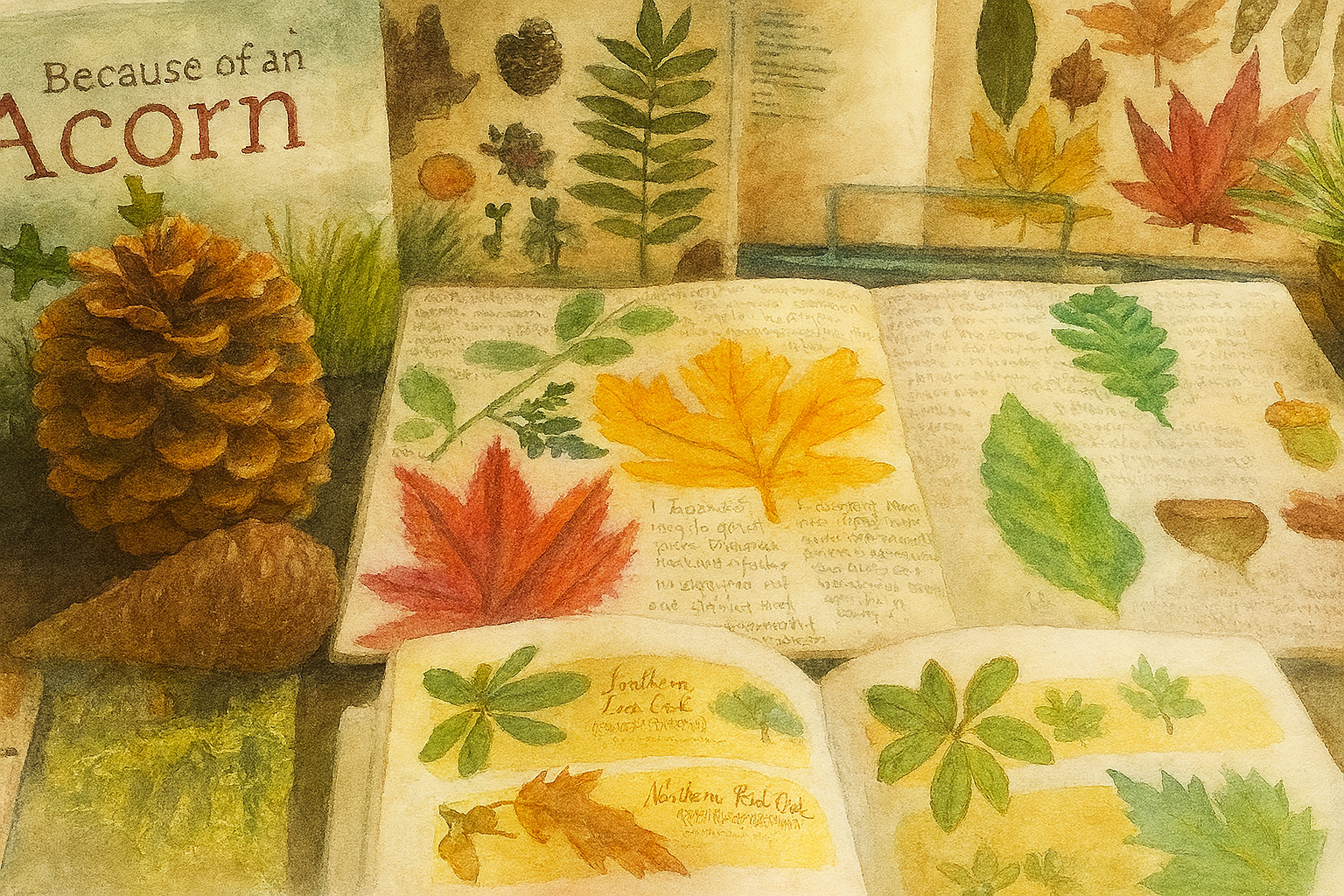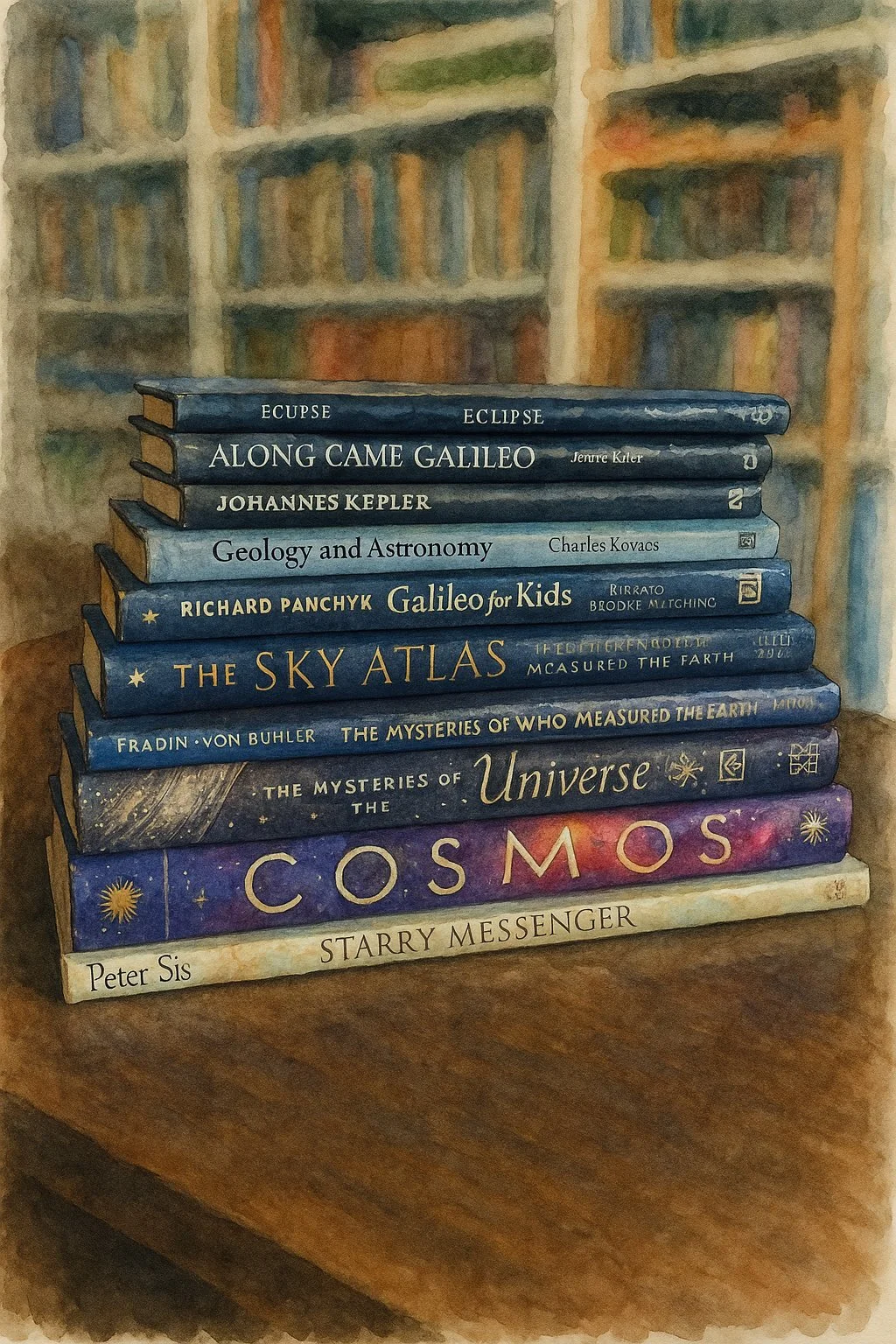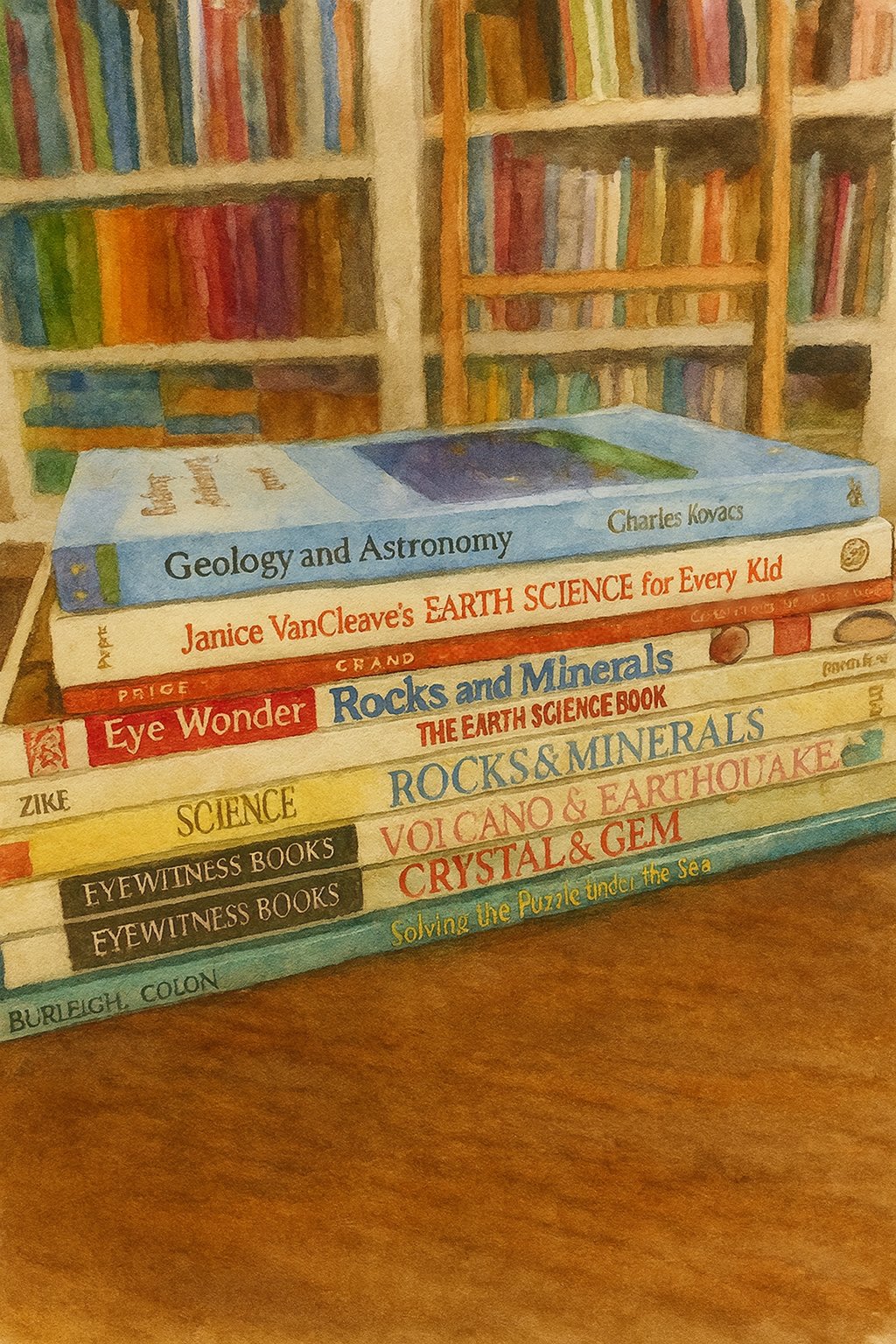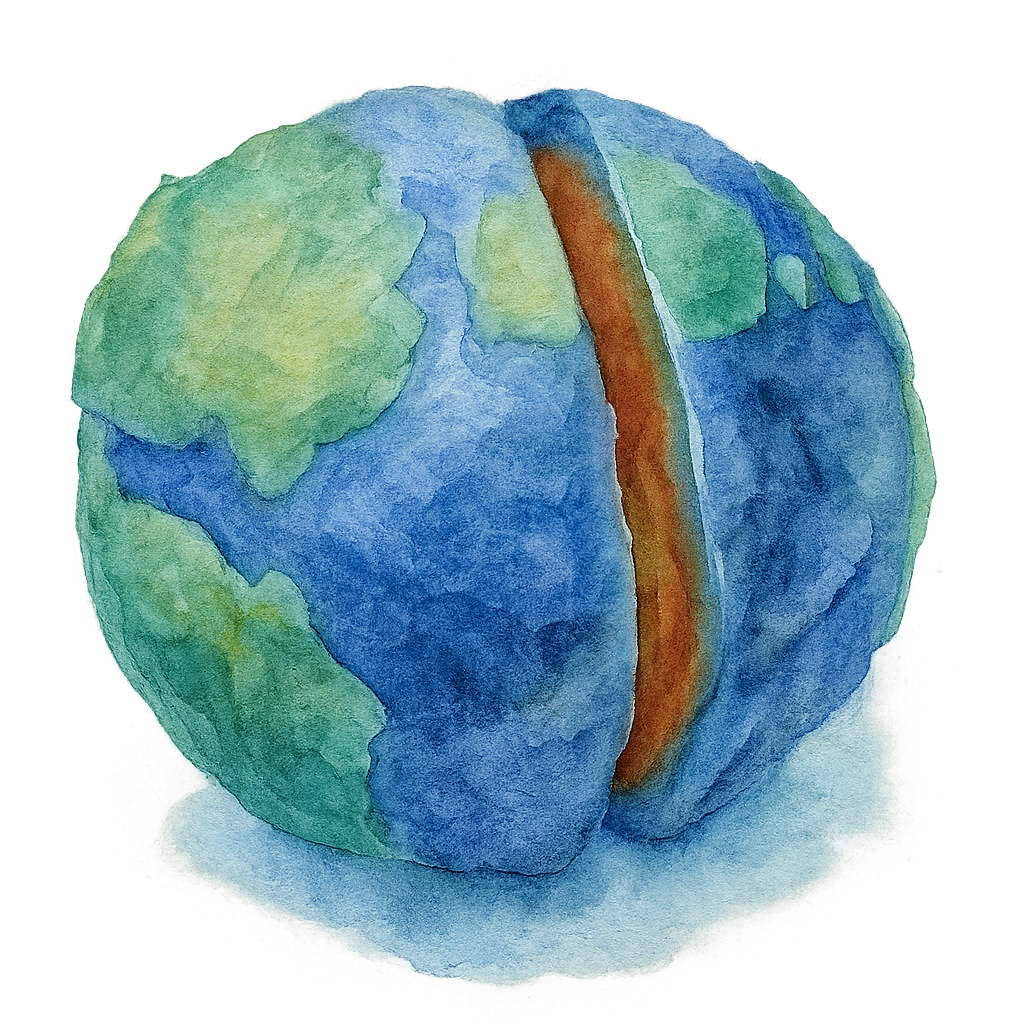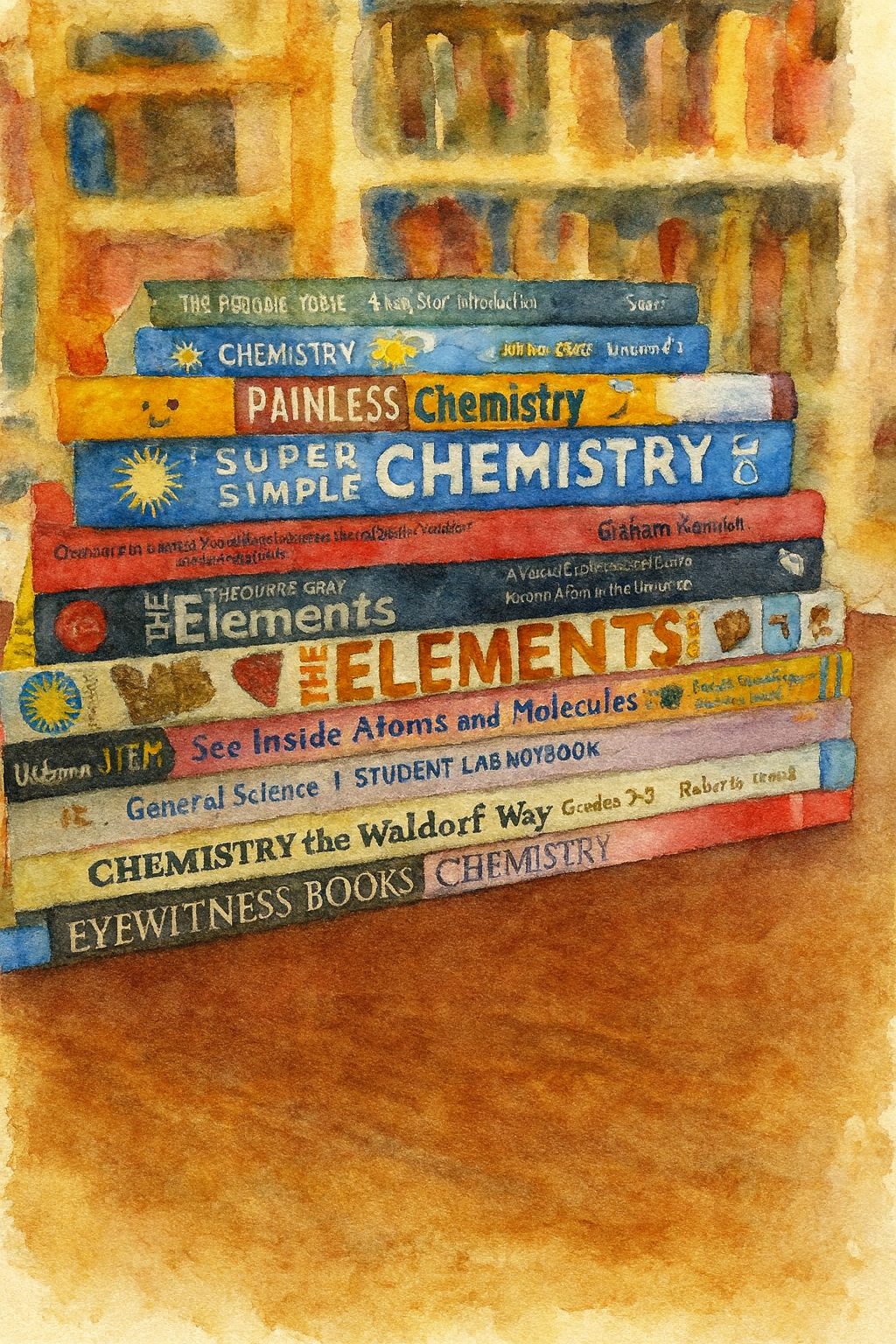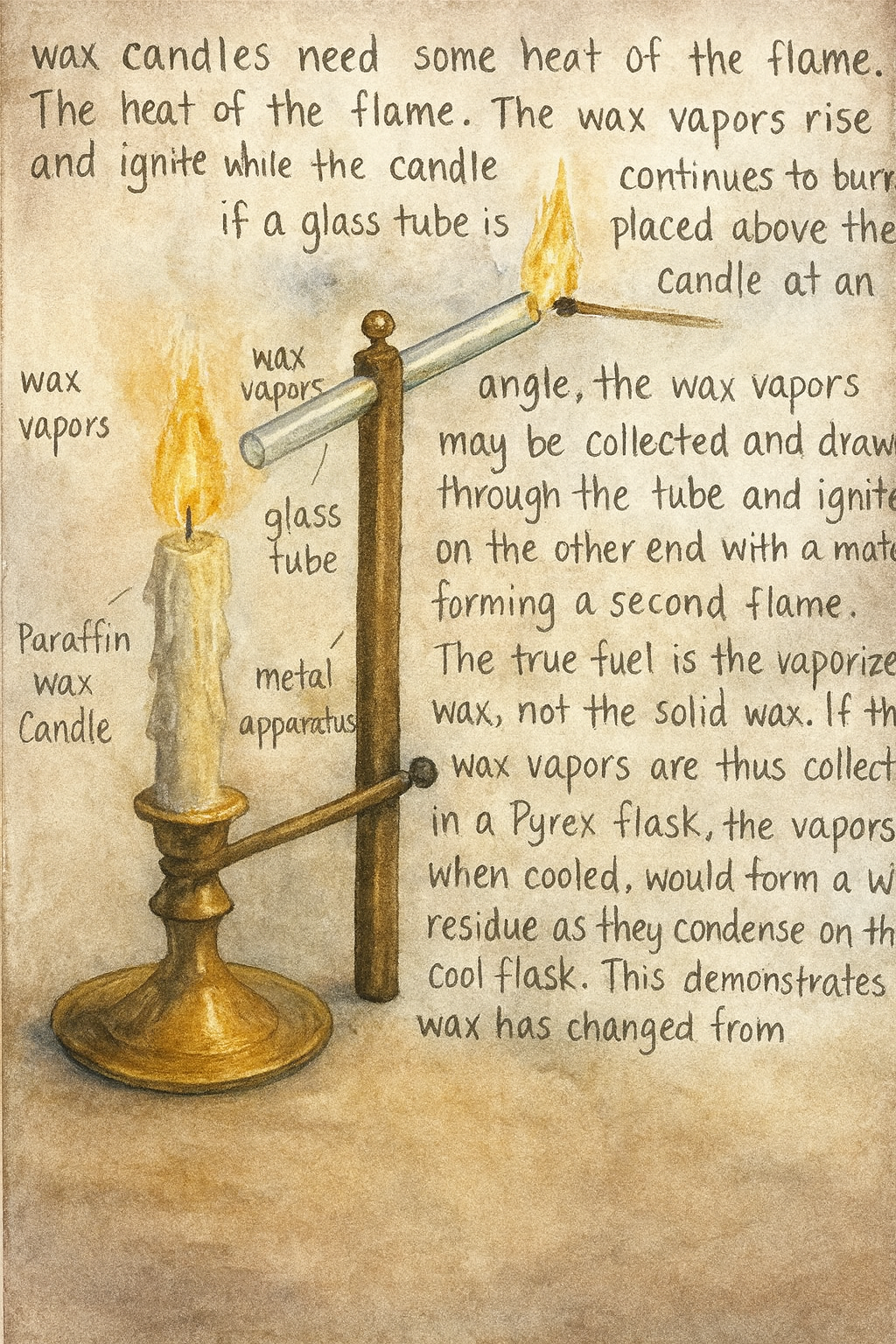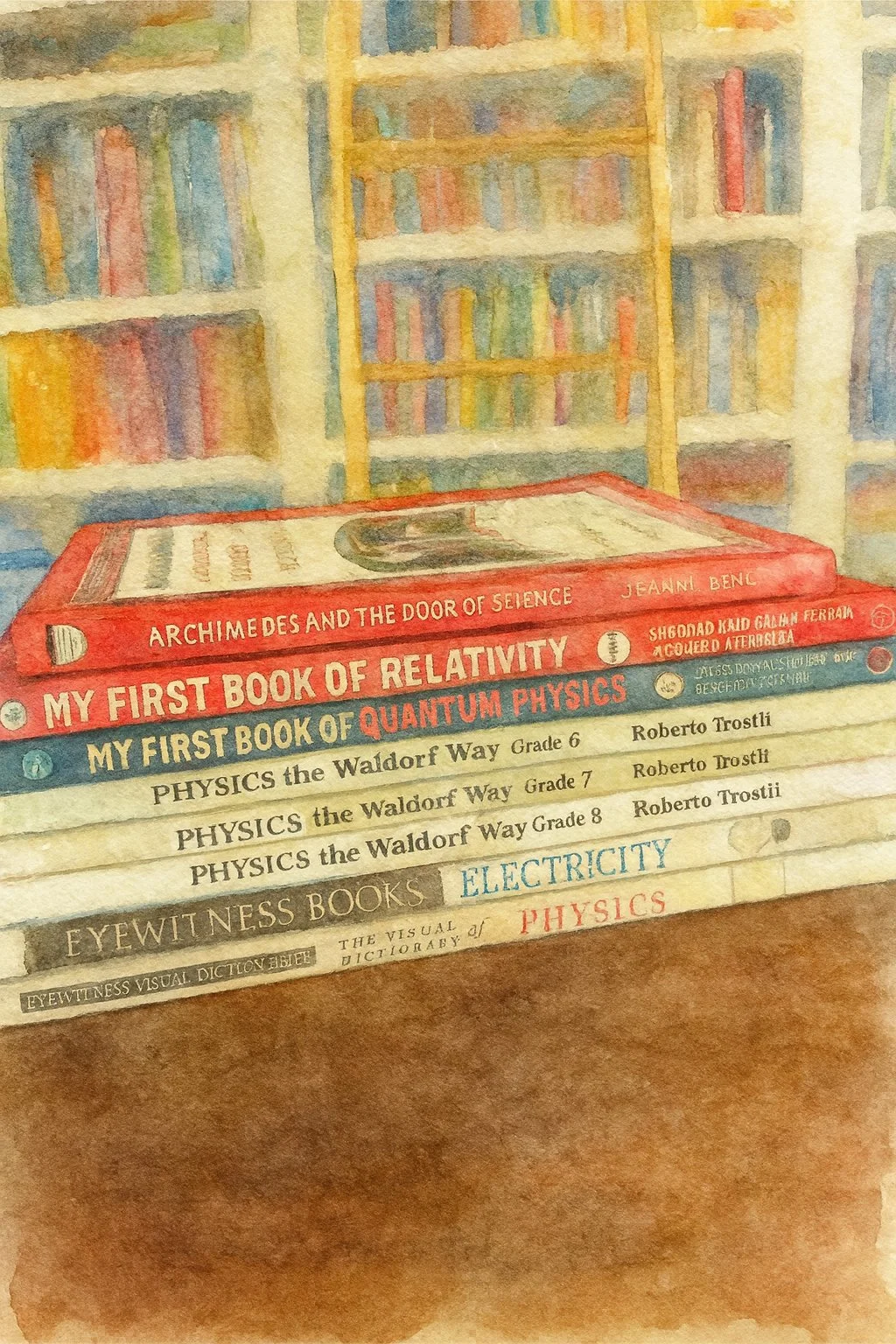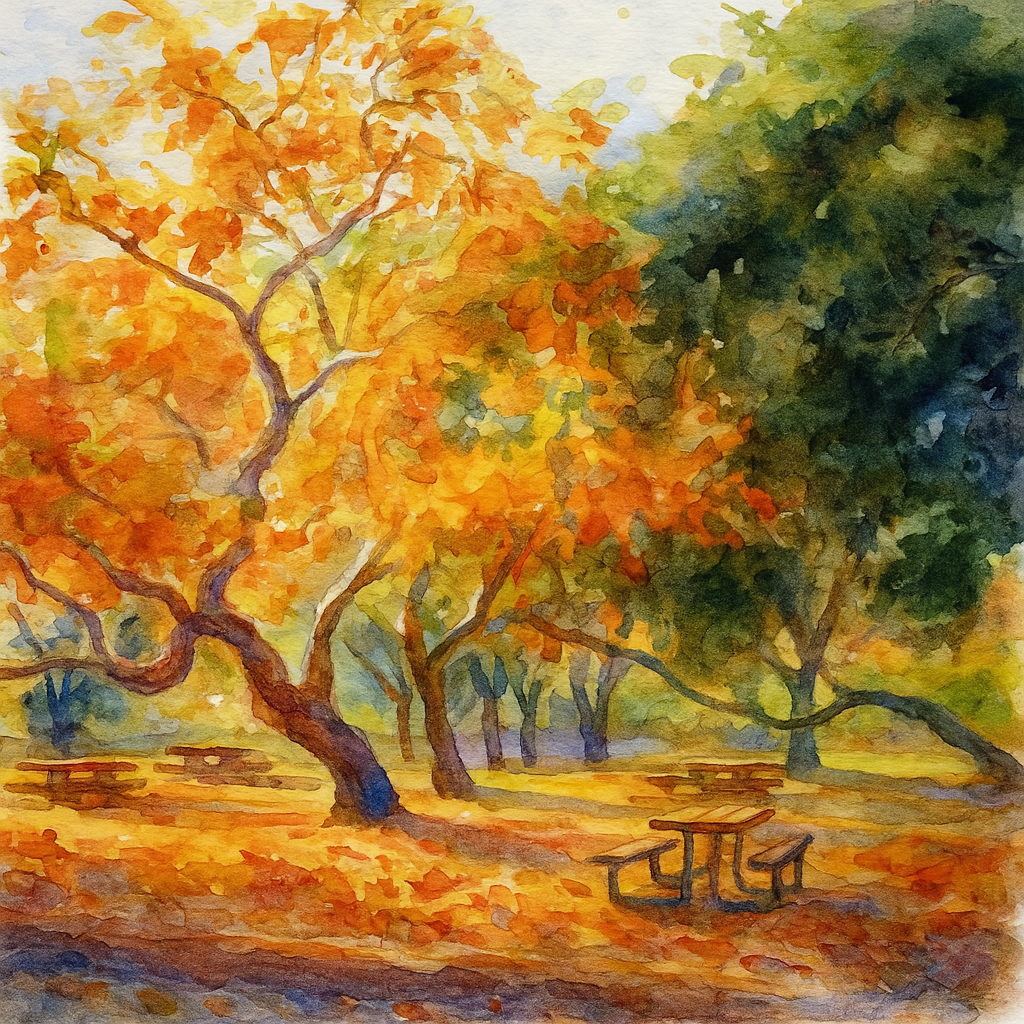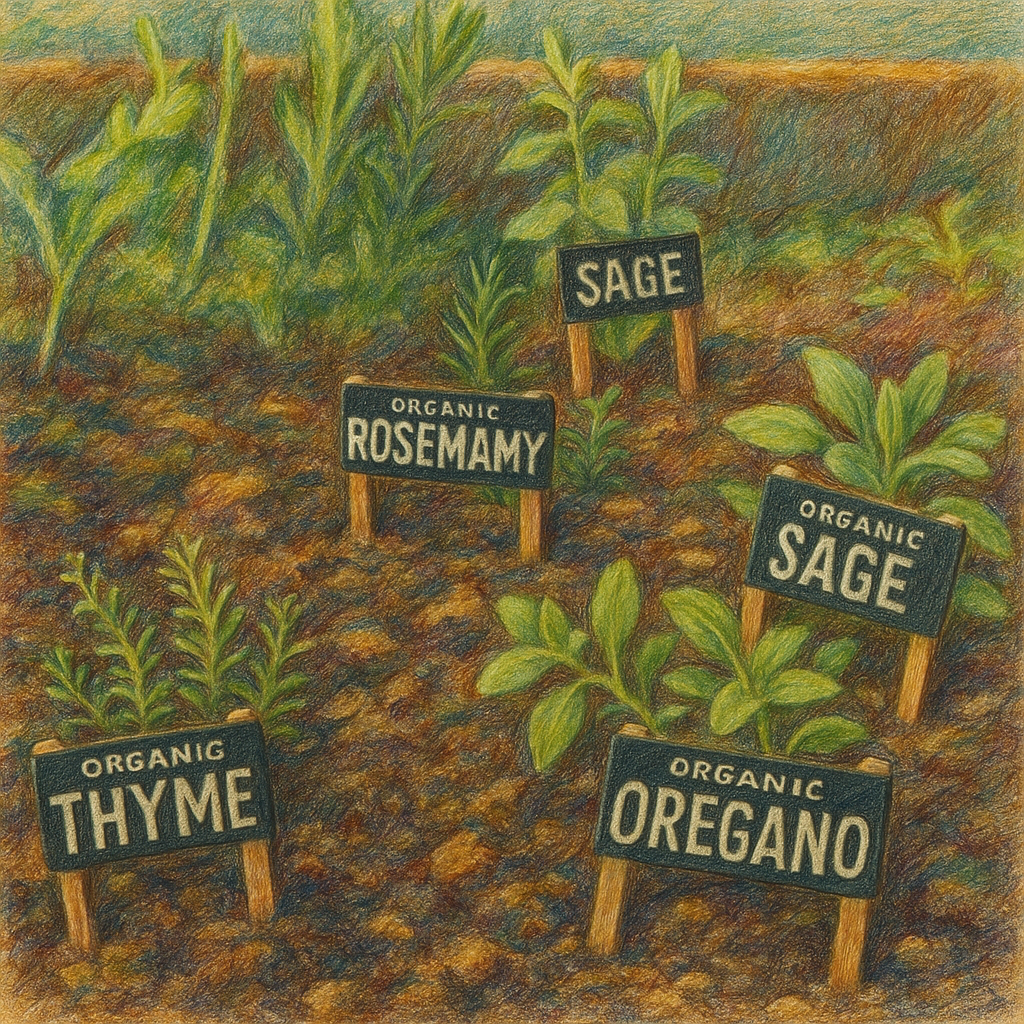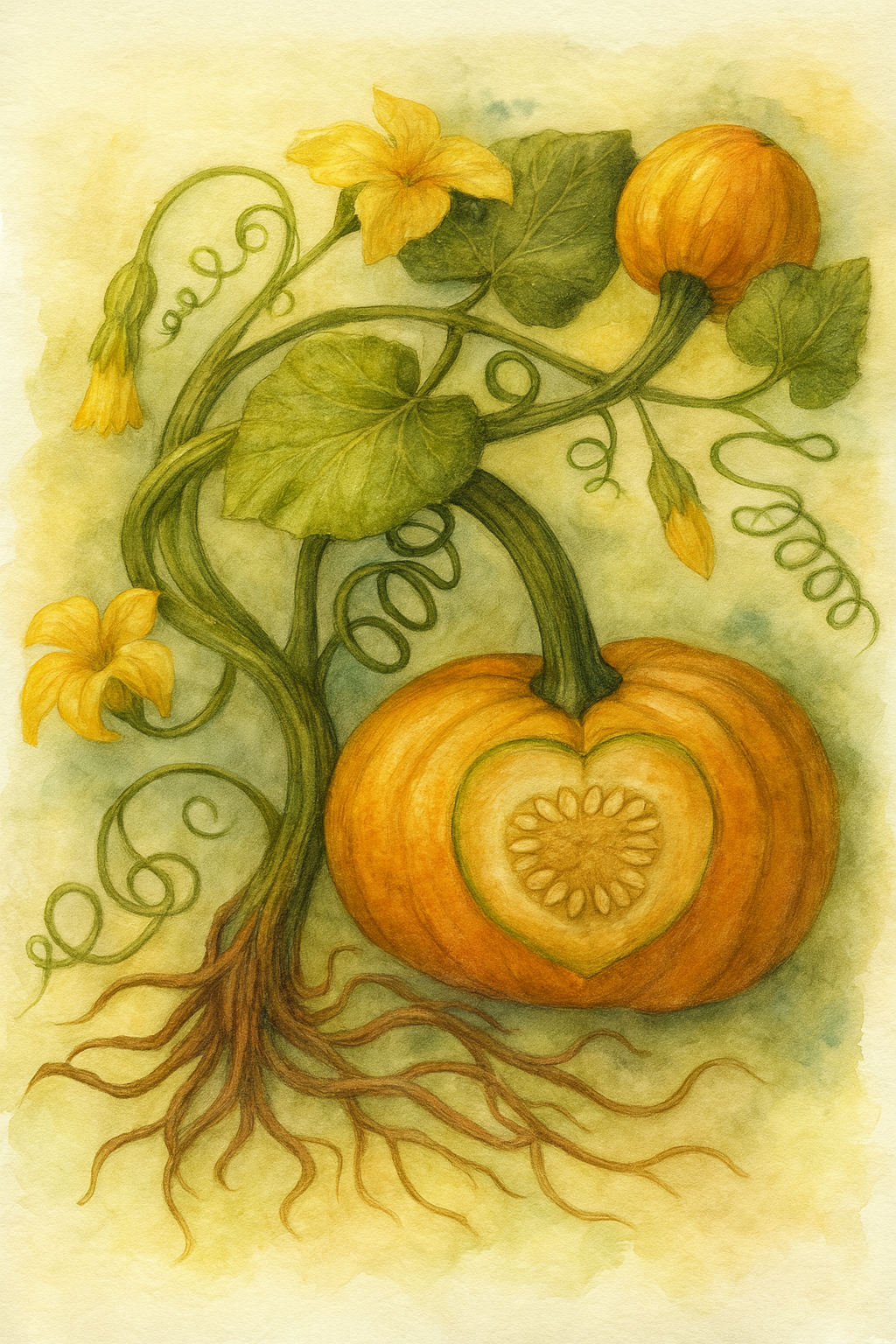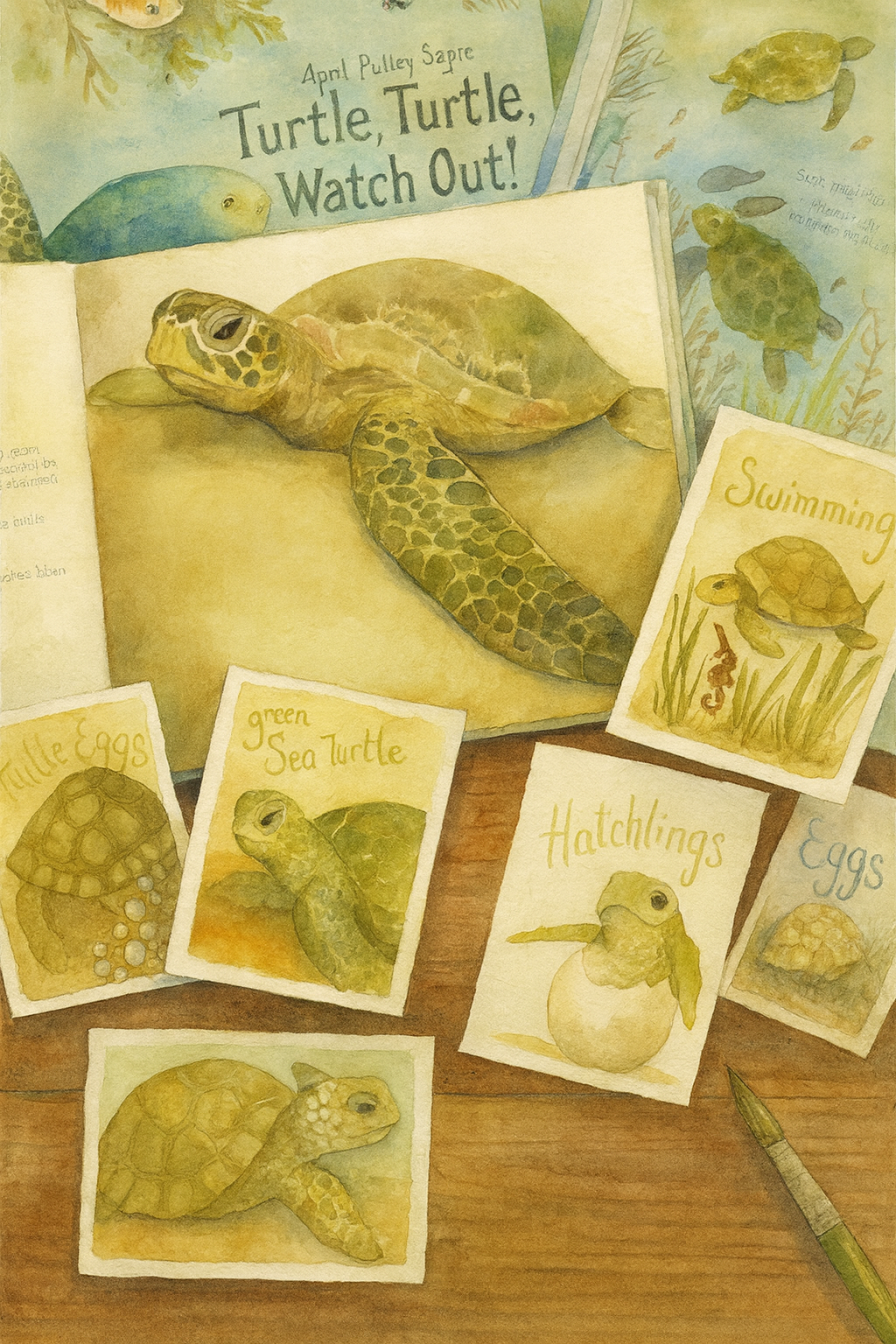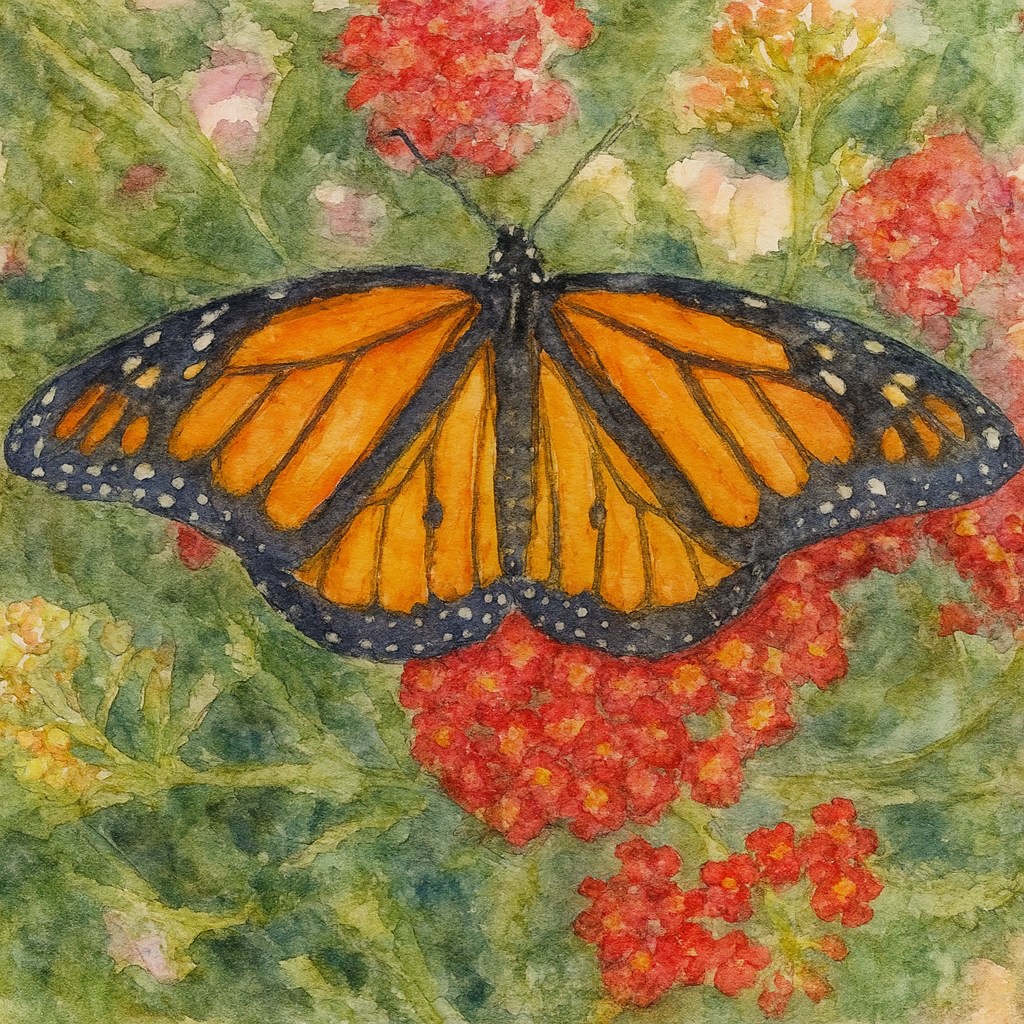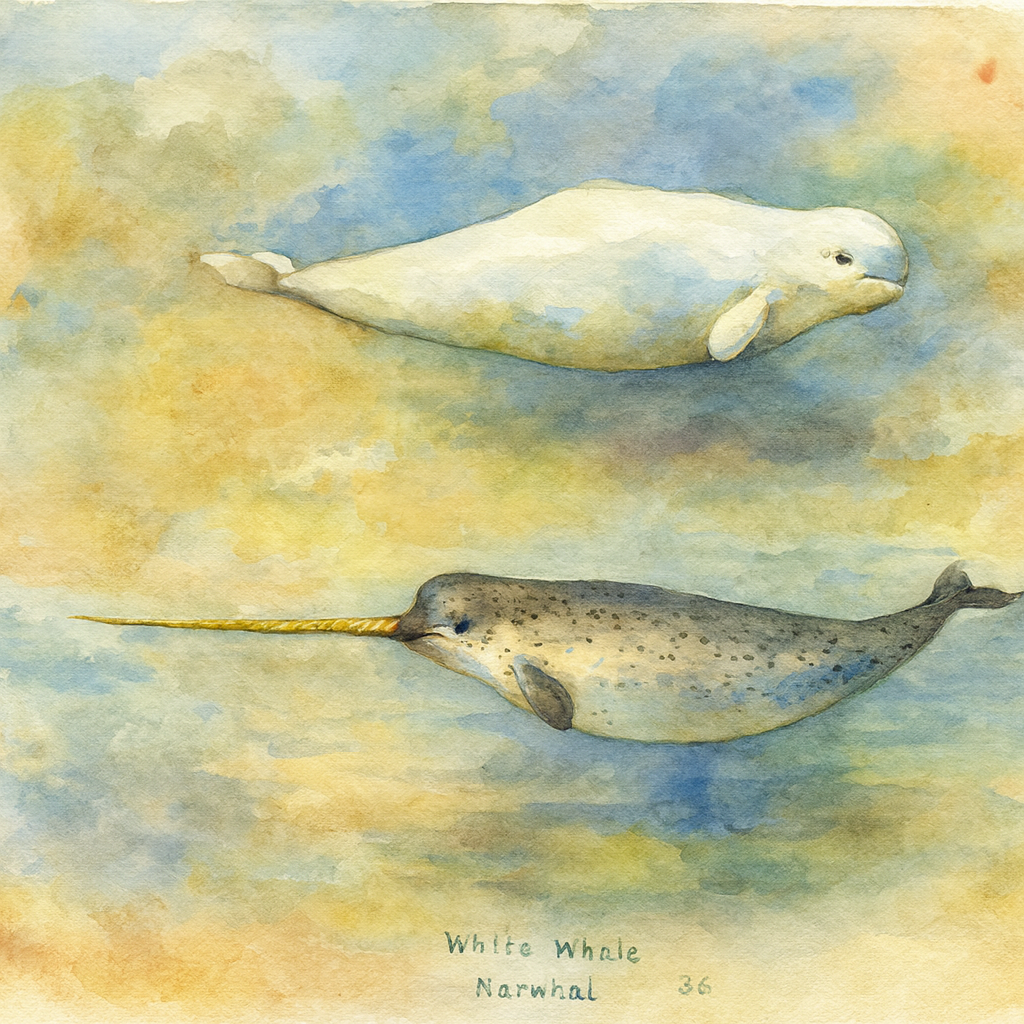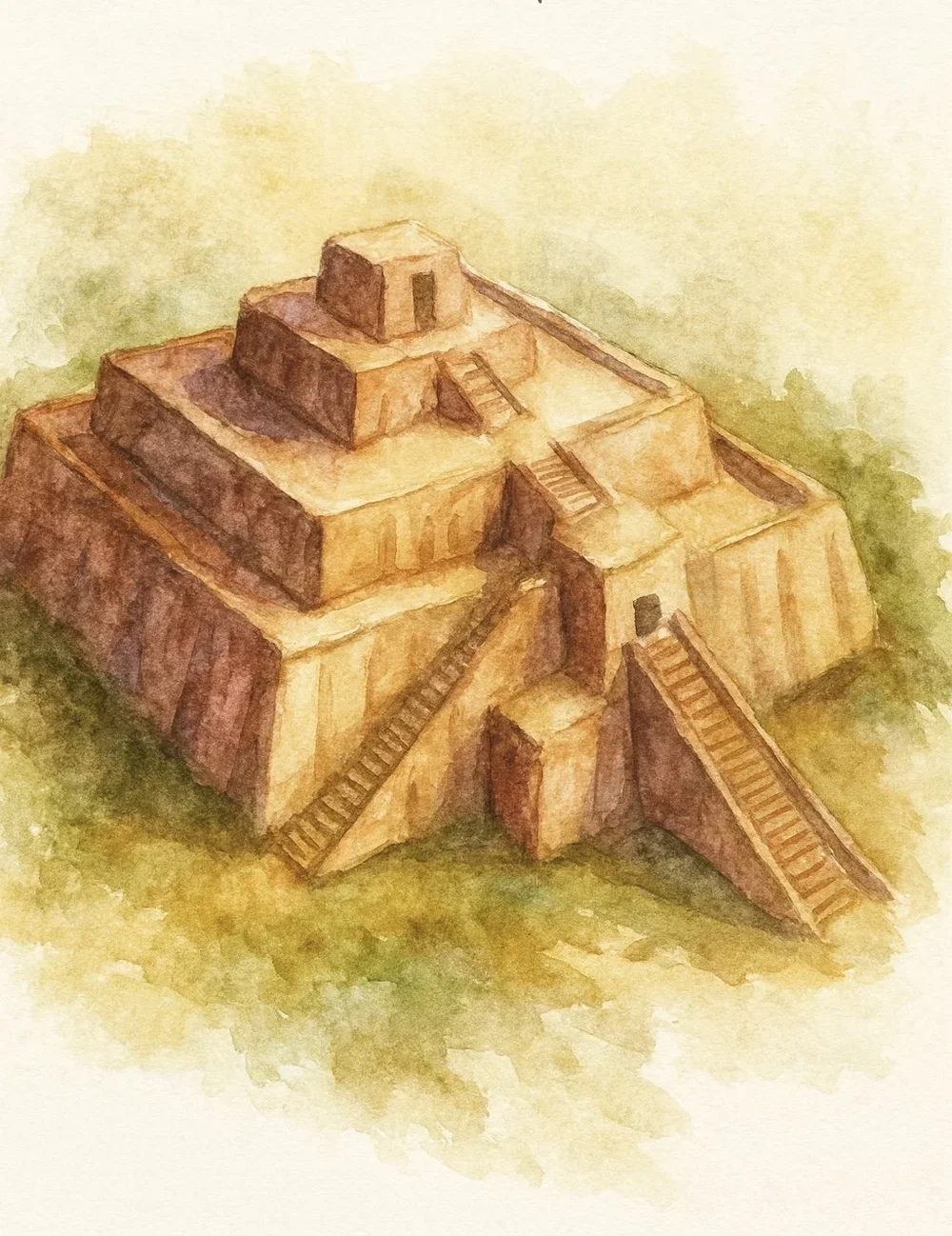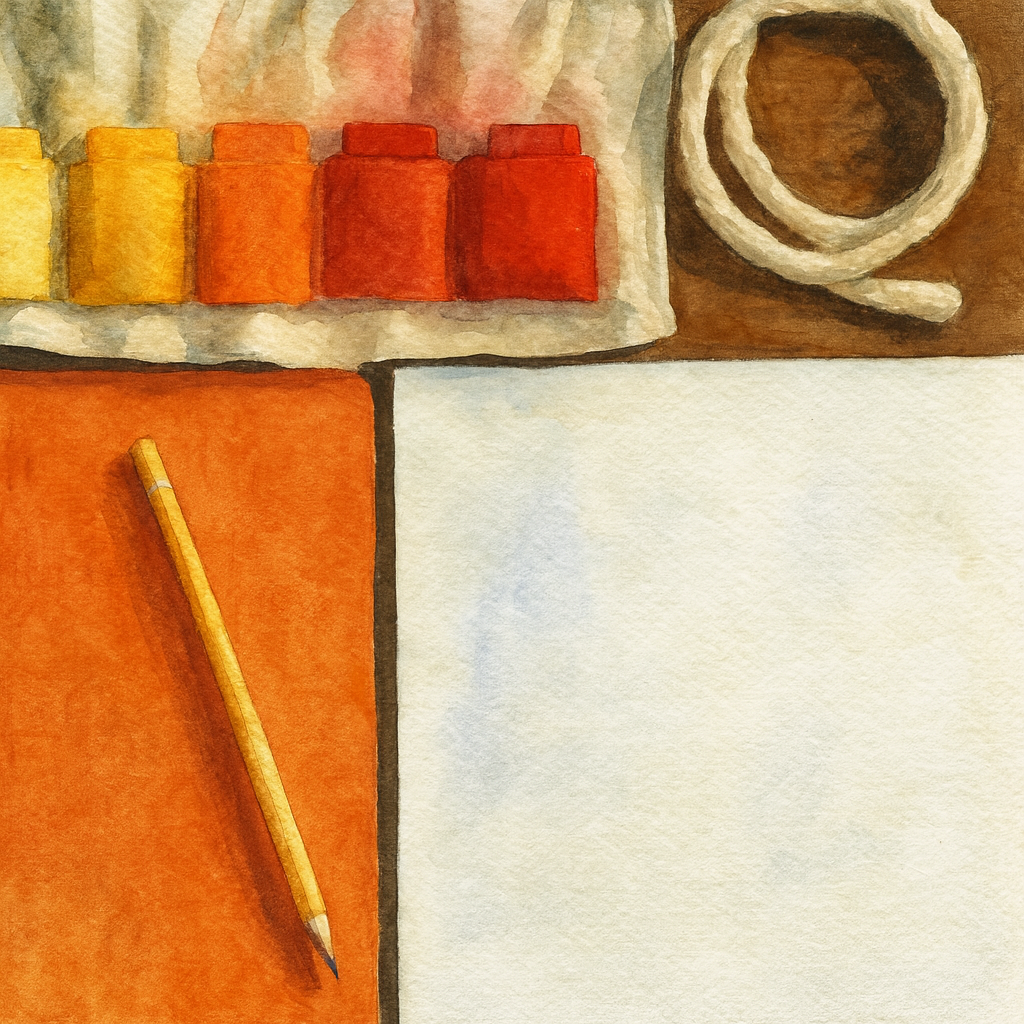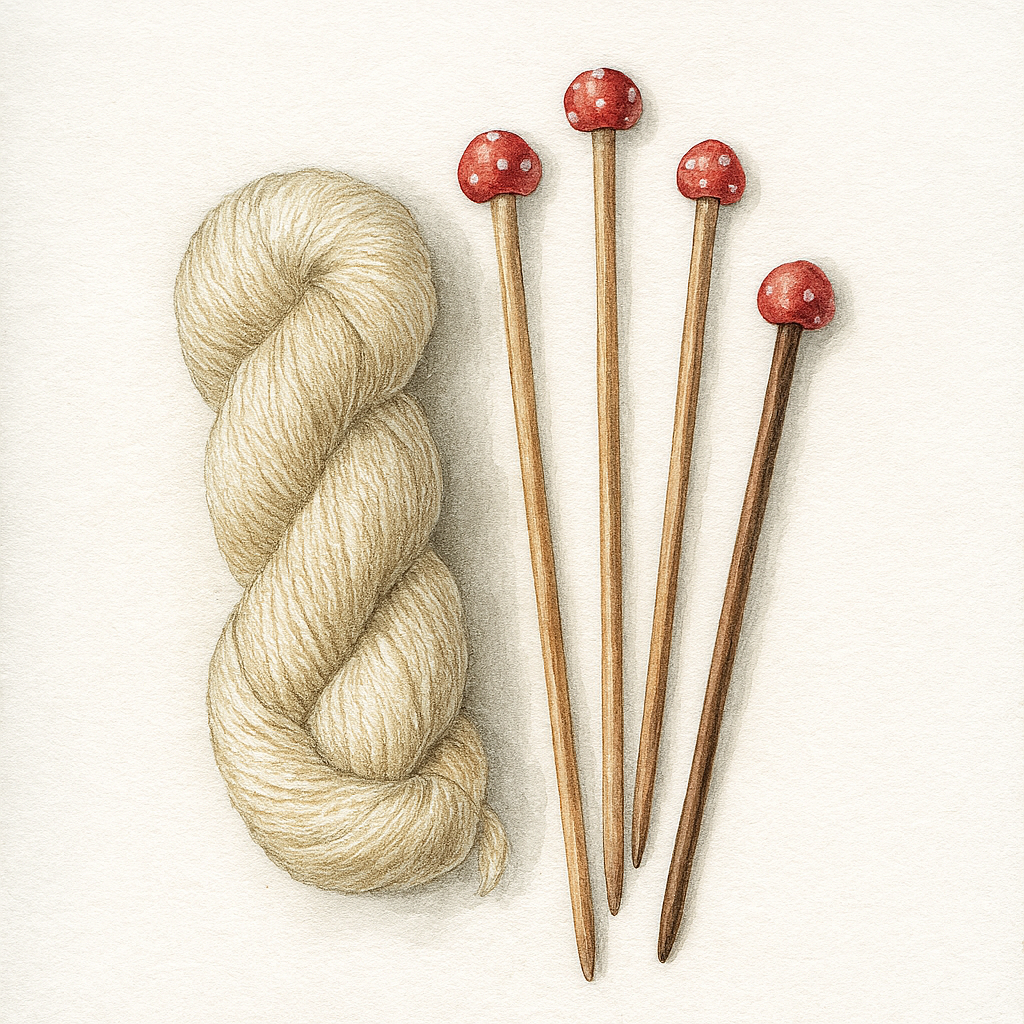Gardening
Seasons
Calendar & Seasonal
Autumn Crafts & Activities
Winter Crafts & Activities
Spring Crafts & Activities
Nature Study Lessons
Nature Study | Projects & Activities
Butterfly & Caterpillar Unit Study
Gardening
Charlotte Mason Nature Unit Study | Bees
Nature Study
-
Resources
One of my favorite things to do is collect resources to put together a unit study or a main lesson block. There’s so much potential and excitement at the beginning of a unit that that excitement tends to permeate our lessons. For our Nature studies, since we do them almost a yearly when the children are young, I have collected a number of resources to put together different spring inspired units. I hope you enjoy!
-

Lessons
When the children are young, and we are putting together, our nature inspired lessons, a lot of times these lessons do not follow the same format as our structured main lesson blocks. For that reason the lessons that follow have a more freeform feel to them. Sometimes we’re doing art sometimes we’re doing an activity sometimes we’re doing written work. I hope these lessons Inspire a broader look at what learning entails and what you can expect from your children as an expression of learning.
-
Projects & Activities
Our nature units produce the most projects and activities. When the children are young, I find that some of the best ways to learn and retain information is by doing hands-on projects and activities. For that reason, you’ll see a disproportionately large number of projects and activities compared to lessons for our nature units compared to our formal main lesson blocks. Sometimes these projects are more demonstrative or passive and other times they are experiential and active.
Birds Unit Study
Zoology Unit Studies
-
Bees
Our Bees Unit Study is perfect for Grades 1-4 as it complements the Nature Sciences of the early years. A Unit Study meets the needs of multiple grades in a single unit by using various resources and providing an assortment of projects that children may do at their own level.
-
Birds
While, we tend to follow the Waldorf pedagogy, there are times I put together a unit study rather than a Main Lesson Block. A unit study is a concentration on a single subject for a short period of time. This Unit Study on Birds includes hands-on activities and plenty of picture books.
-
Butterflies
Unit Studies on plants and animals (or insects) children see often is a great way to introduce a nature science to young elementary students. The study of butterflies delights children and watching them go through their metamorphic process is thrilling.
-
Owls
A unit study can be as broad or as specific as you would like it to be. While doing our unit study, we departed to do a smaller owl unit study. In part I was inspired by resources I had seen other homeschoolers using and was excited to include that into our bird unit. Once we included those resources into our bird unit, I realize that we had created a mini Owl unit.
-
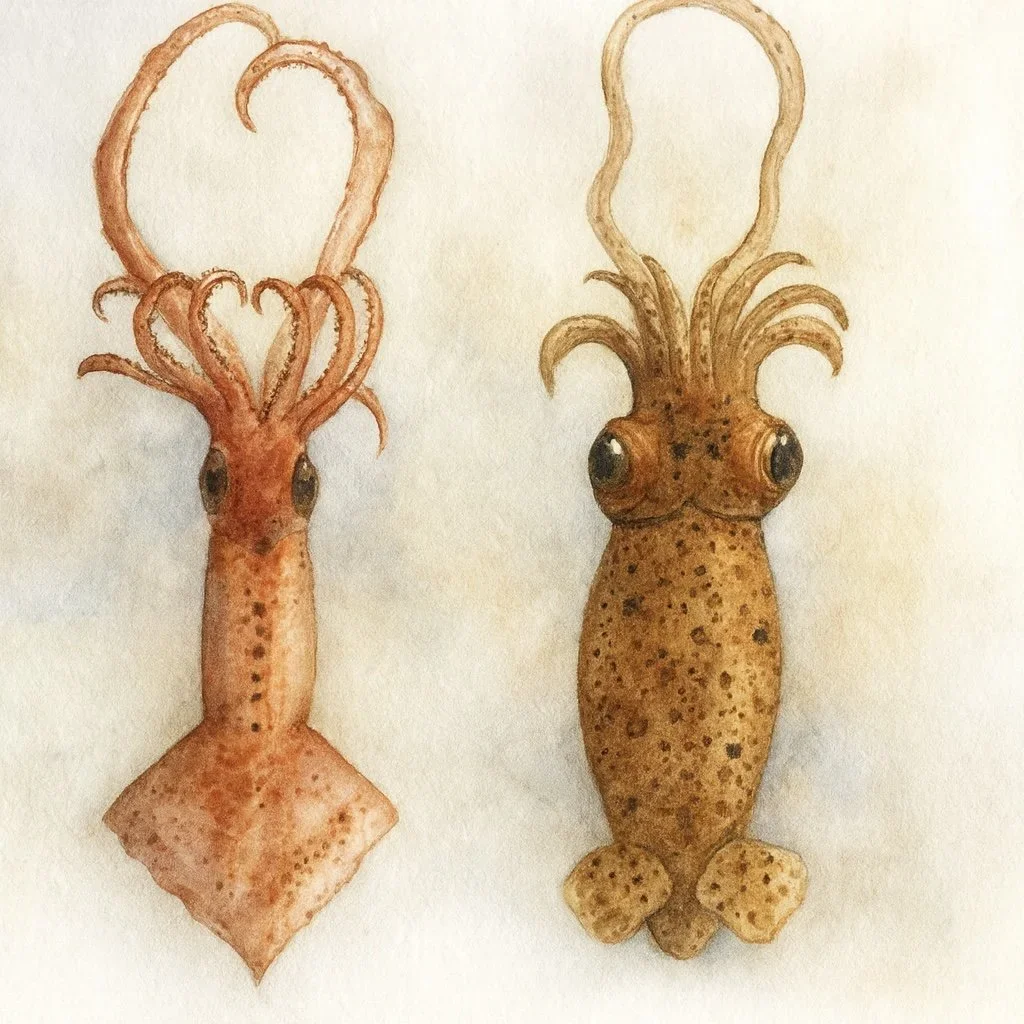
Ocean
The Ocean Main Lesson block is an opportunity to dive into the ocean and explore above and below. This block centers around the California coast primarily, but takes on a broader historical aspect as well. Smaller blocks on Whales, Turtles and more are included within the larger block.
-
Whales
Our Whales unit is another mini unit inspired by a larger unit: Ocean. However, sometimes it’s a book or project that inspires a unit as well. Some of the resources for this unit were ones I’d see other homeschoolers use and found them inspiring and thus a mini unit on Whales emerged.
-

Sea Turtles
When doing our Ocean Main Lesson block, we were inspired by the several other topics that would be their own months long unit. Sea Turtles appealed to us as we have visited Hawaii and swam amongst sea turtles. This unit is a mini unit lasting about a week or two. The resources are easily covered in a couple days but the projects take longer.
-

Reptiles & Dinosaurs
This unit emerged and faded several times over the years before I finally collected our resources to put together a unit study. The projects are drawn from other units as very little was organized specifically for this unit which inspired a unit on Dinosaurs and evolution.
-

Horses
On occasion, a child of mine will have a specific interest that warrants a specific unit study. The study of horses is one just unit study. My daughter become enthralled with horses and horseback riding, so I put together a unit to serve her interests as well as serve an older student with a variety of resources including historical for my older son.
Botany Resources, Lessons & Activities
-

Resources & Reviews
Explore the complete list of resources used for our botany main lesson block. Included our books, games, kits, activities, and more. Once I’ve gathered all of our resources, I map out our lessons and activities. Once the main lesson block is over, I review the materials we used and share our reflections on the resources, project activities and lessons.
-
Botany Lessons
Curious to see what of Waldorf main lesson for botany looks like? You can explore the lessons we’ve done for our botany block and unit. While they are organized, according to the curriculum for botany, many of our unit study lessons are included. I hope it leaves you inspired!
-
Projects & Activities
The hands-on approach is my favorite way of learning and teaching. It engages the whole student in an activity which research has shown helps students retain information better, longer and more completely. Additionally, it is a personal love of mine to do hands-on activities whenever possible. What I love about projects is that it can include multiple grades, ages and abilities. Each student produces work according to their skill set.
Botany Resources, Lessons & Activities
-

Resources & Reviews
Explore the complete list of resources used for our botany main lesson block. Included our books, games, kits, activities, and more. Once I’ve gathered all of our resources, I map out our lessons and activities. Once the main lesson block is over, I review the materials we used and share our reflections on the resources, project activities and lessons.
-
Botany Lessons
Curious to see what of Waldorf main lesson for botany looks like? You can explore the lessons we’ve done for our botany block and unit. While they are organized, according to the curriculum for botany, many of our unit study lessons are included. I hope it leaves you inspired!
-
Projects & Activities
The hands-on approach is my favorite way of learning and teaching. It engages the whole student in an activity which research has shown helps students retain information better, longer and more completely. Additionally, it is a personal love of mine to do hands-on activities whenever possible. What I love about projects is that it can include multiple grades, ages and abilities. Each student produces work according to their skill set.
Botany Lessons
Astronomy
-
Resources & Chalk Drawings
in the resource section, you will find the books and materials we used to put together our astronomy unit studies as well as our astronomy main lessons. Astronomy unit studies are which with living books, while our astronomy main lesson block contain fewer resources that support a Waldorf approach
-
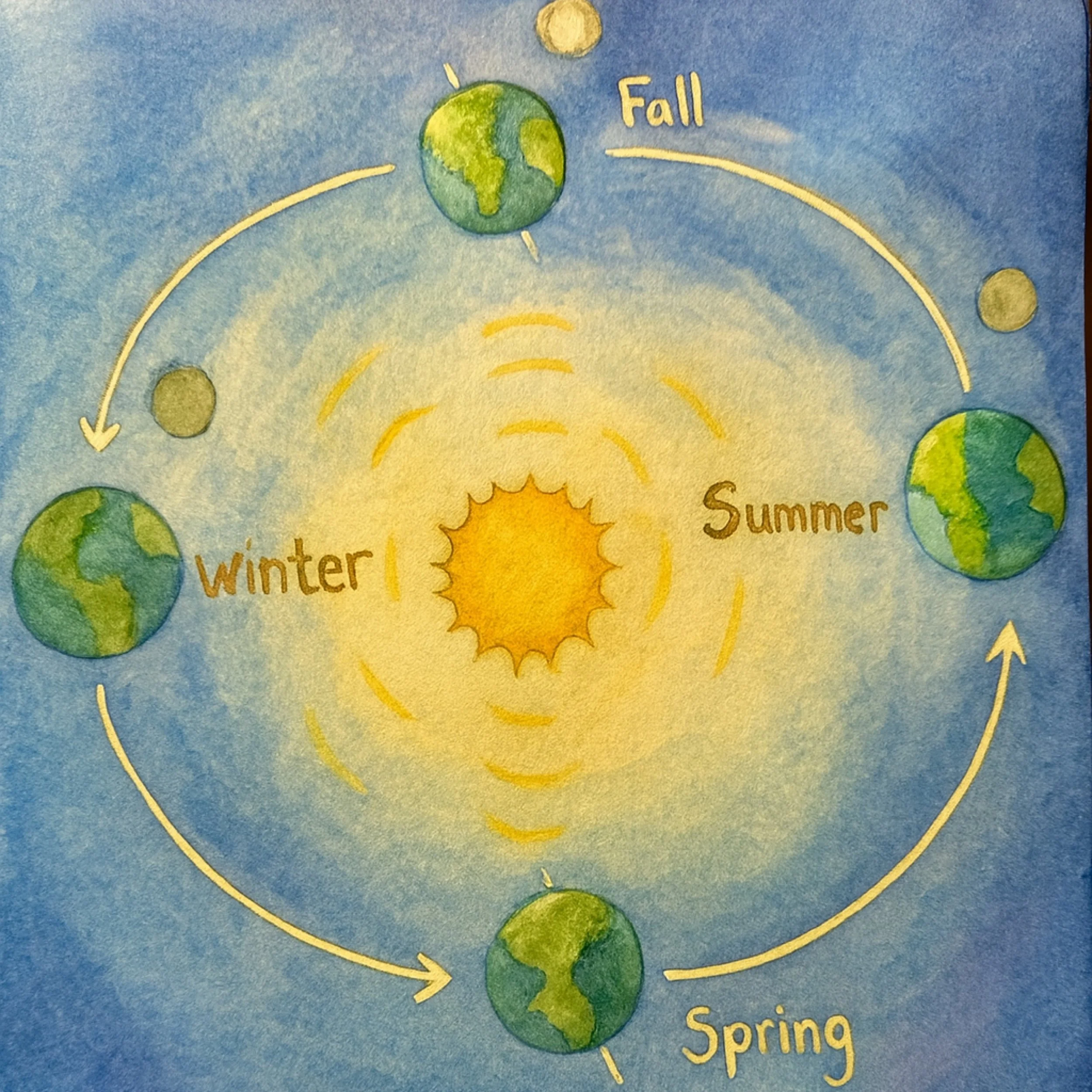
Lessons
Our astronomy lessons primarily focus on the world of curriculum by Live Education and adhere to the Waldorf pedagogy. These lessons were presented to students in middle school, grades 6-8.
-
Projects & Activities
One of the most enjoyable waste to learn is through hands on projects and activities. Granted they take more time to set up, execute, and clean up. For this reason, we may only get to a few projects within one unit. One way to increase your projects and activities is to use premade kits when available.
Grade 6 Science Blocks
-

Mineralogy
The Waldorf approach to mineralogy in Grade 6 is through a blend of scientific observation, artistic expression, and imaginative storytelling. Rather than beginning with abstract facts, students are guided to observe the forms, colors, and structures of minerals and rocks with deep attention to detail. The goal is to awaken wonder and a sense of connection to the natural world, allowing scientific understanding to arise from a lived experience.
-
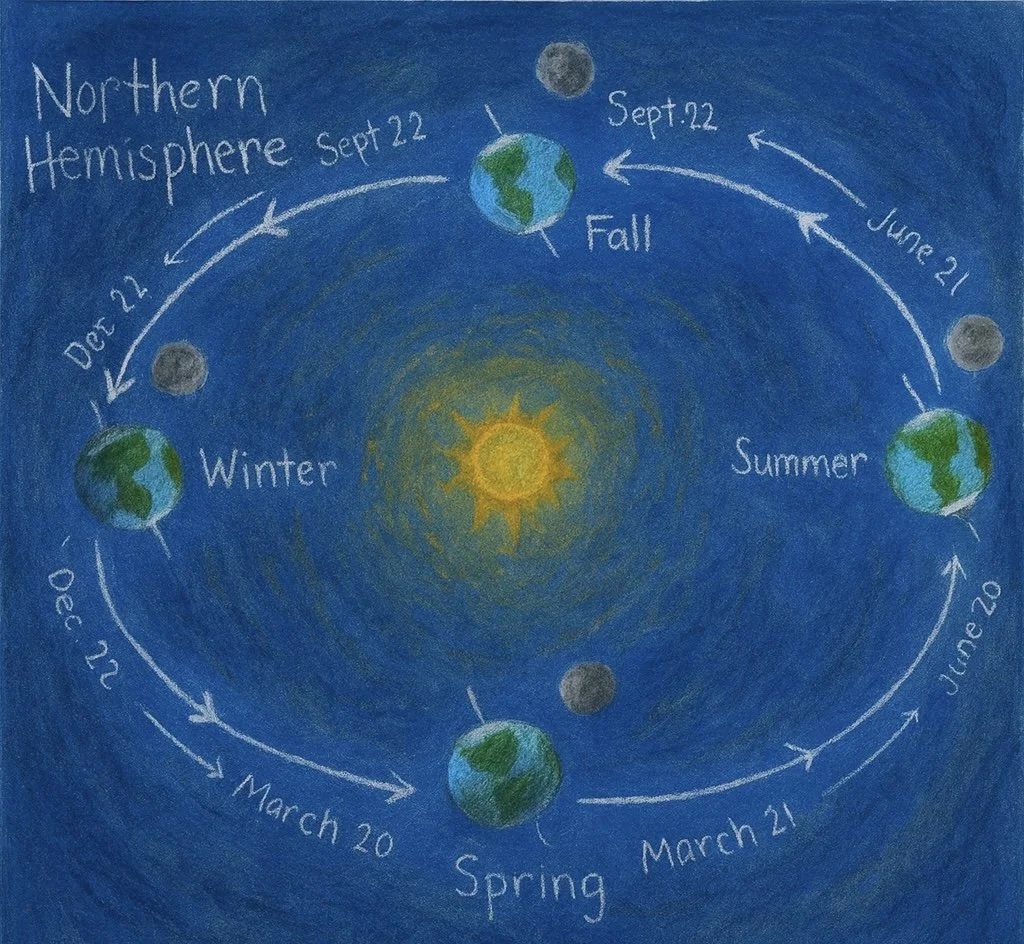
Astronomy
Grade 6 is science centered with multiple science blocks including Astronomy. Astronomy is taught through a poetic and experiential lens that nurtures awe and reverence for the cosmos. Lessons begin with careful observation of the night sky—tracking the movement of stars, planets, and the phases of the moon—before introducing scientific explanations. Mythology, cultural stories, and artistic renderings of constellations are woven into the curriculum to foster a personal and imaginative relationship with the heavens.
-
Physics
Physics is introduced gradually, beginning in Grade 6 and deepening through Grades 7 and 8, always grounded in direct, sensory experiences before abstract theory. In Grade 6, students explore acoustics, optics, heat, and magnetism through hands-on demonstrations. The focus is on careful observation and describing phenomena in precise, vivid language. In Grade 7, the curriculum introduces mechanics and electricity. Students examine simple machines, levers, and pulleys, observing how force, work, and motion interact. By Grade 8, physics becomes more analytical and quantitative. Topics such as hydraulics, aerodynamics, and electromagnetism are explored.
Mineralogy Science Block | Grade 6
-
Resources & Chalk Drawings
When putting together a unit study or main lesson block, the first thing I do is collect resources. For our earth science units, the resources maybe for Young elementary, middle elementary or middle school, depending on whether it’s a unit study, a meteorology main lesson block, or geology. And since we have done this unit multiple times, I have multiple posts on the different resources we’ve used each time. In a Waldorf setting, mineralogy is introduced in grade 6, and geology is introduced in high school. There is a subtle yet significant difference between the two.
-
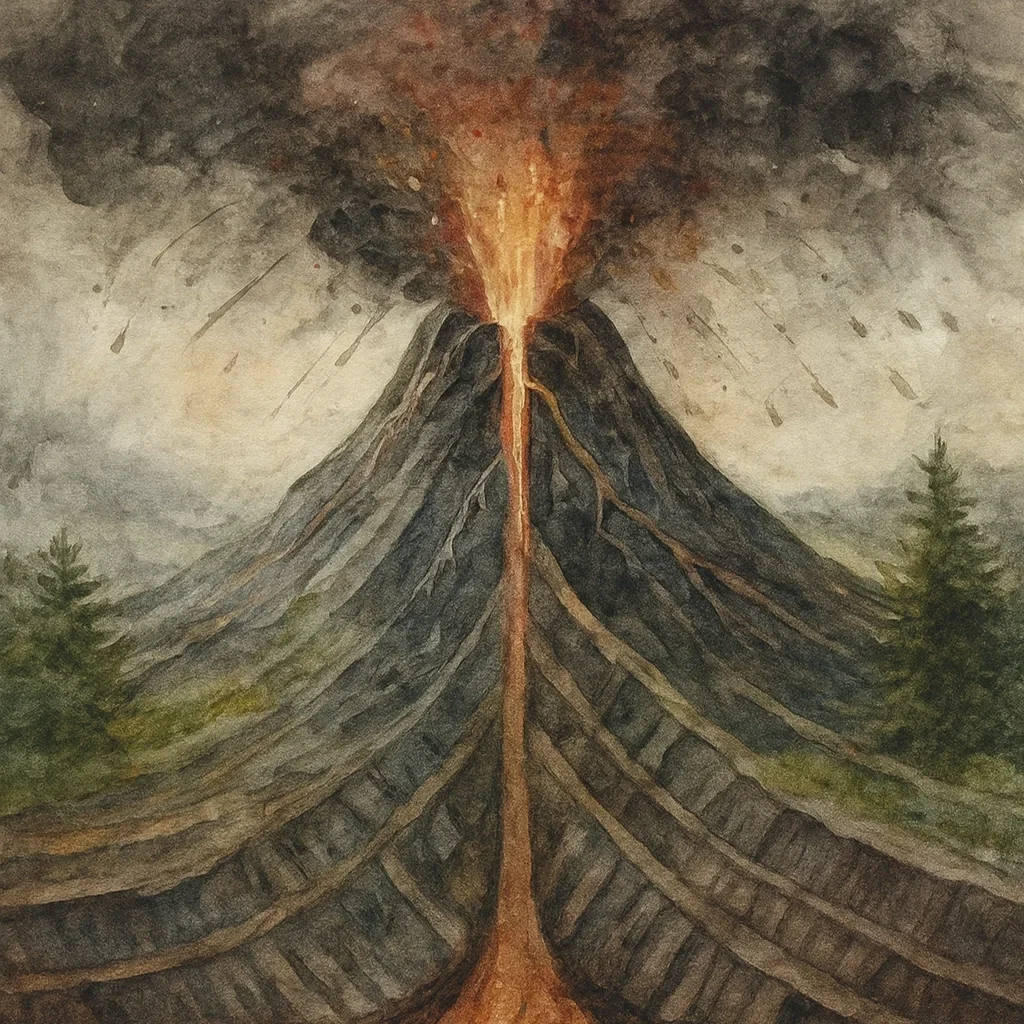
Lessons
In our years of sharing our homeschool journey, we’ve done our mineralogy block several times. Sometimes the content I share is ‘lesson’ heavy, and other times it’s ‘project’ or ‘activity’ heavy. When sharing the lessons, I share the main lesson book, the illustration and the narration, not the actually process of me delivering a lesson. On occasion, I share a ‘Real Time’ lesson, but what you’ll find here are main lesson book entries.
-
Projects & Activities
We Love our hands-on projects and activities. I truly believe that some of the best learning is hands-on learning. When my children were younger (elementary school) and especially for my boys (my daughter had less interest in our projects overall), we utilized kits, projects and activity books extensively in our education. Check out some of our projects! Sadly, many kits may no longer be available, but similar ones are sure to be.
Mineralogy & Geology | Grade 6
-

Resources & Chalk Drawings
When putting together a unit study or main lesson block, the first thing I do is collect resources. For our earth science units, the resources maybe for Young elementary, middle elementary or middle school, depending on whether it’s a unit study, a meteorology main lesson block, or geology. And since we have done this unit multiple times, I have multiple posts on the different resources we’ve used each time. In a Waldorf setting, mineralogy is introduced in grade 6, and geology is introduced in high school. There is a subtle yet significant difference between the two.
-
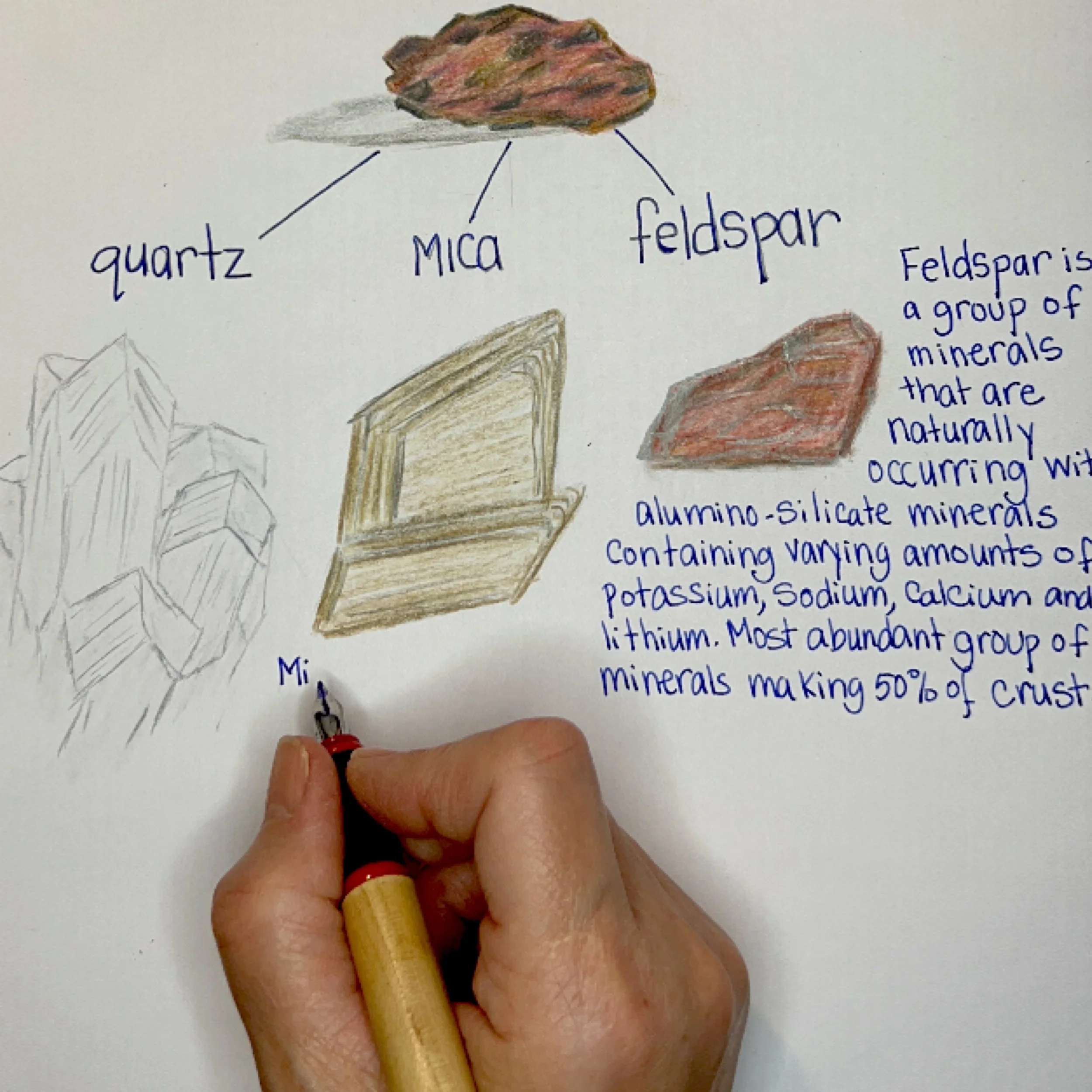
Lessons
In our years of sharing our homeschool journey, we’ve done our mineralogy block several times. Sometimes the content I share is ‘lesson’ heavy, and other times it’s ‘project’ or ‘activity’ heavy. When sharing the lessons, I share the main lesson book, the illustration and the narration, not the actually process of me delivering a lesson. On occasion, I share a ‘Real Time’ lesson, but what you’ll find here are main lesson book entries.
-
Projects & Activities
We Love our hands-on projects and activities. I truly believe that some of the best learning is hands-on learning. When my children were younger (elementary school) and especially for my boys (my daughter had less interest in our projects overall), we utilized kits, projects and activity books extensively in our education. Check out some of our projects! Sadly, many kits may no longer be available, but similar ones are sure to be.
Grade 6 Science Blocks
-

Mineralogy
The Waldorf approach to mineralogy in Grade 6 is through a blend of scientific observation, artistic expression, and imaginative storytelling. Rather than beginning with abstract facts, students are guided to observe the forms, colors, and structures of minerals and rocks with deep attention to detail. The goal is to awaken wonder and a sense of connection to the natural world, allowing scientific understanding to arise from a lived experience.
-
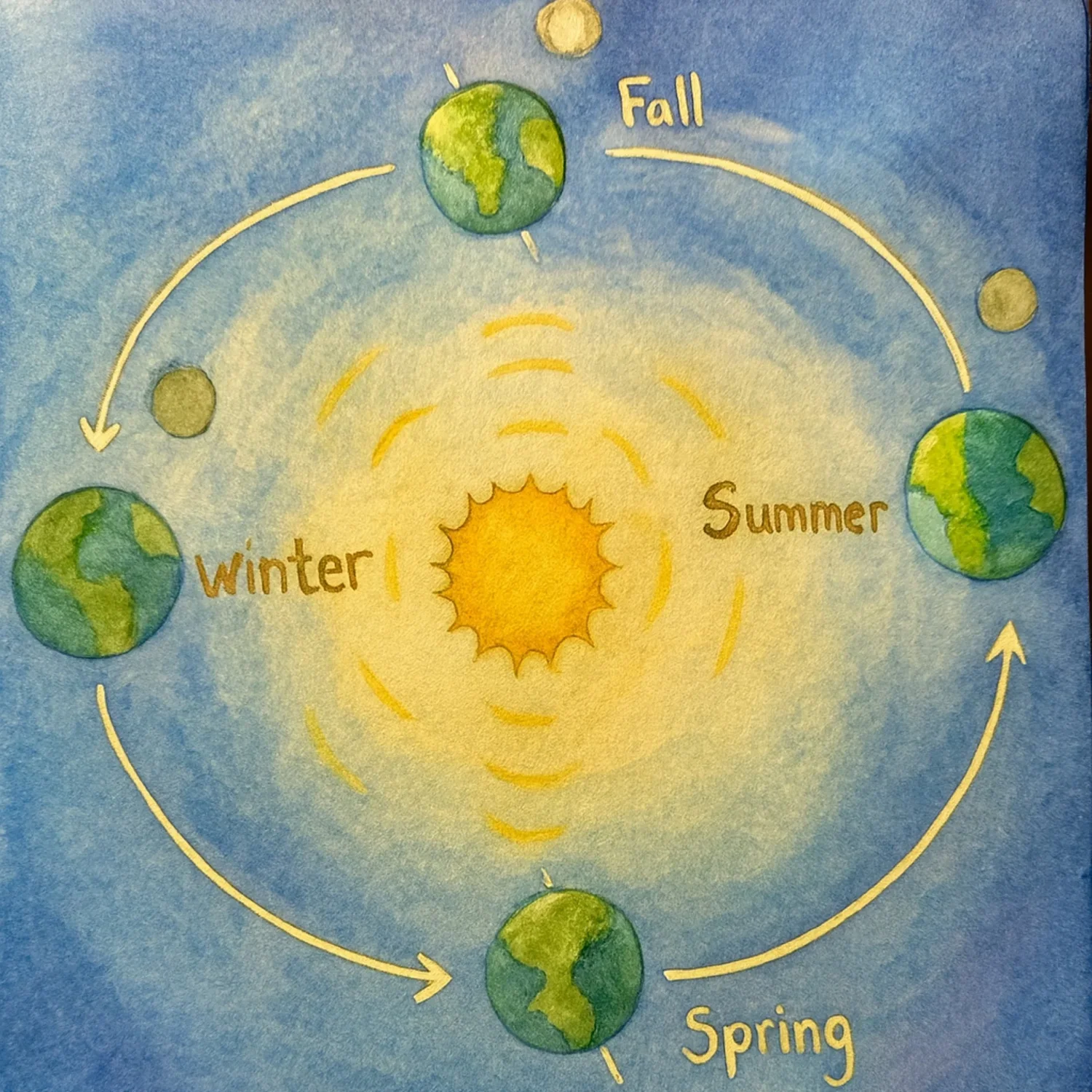
Astronomy
Grade 6 is science centered with multiple science blocks including Astronomy. Astronomy is taught through a poetic and experiential lens that nurtures awe and reverence for the cosmos. Lessons begin with careful observation of the night sky—tracking the movement of stars, planets, and the phases of the moon—before introducing scientific explanations. Mythology, cultural stories, and artistic renderings of constellations are woven into the curriculum to foster a personal and imaginative relationship with the heavens.
-
Physics
Physics is introduced gradually, beginning in Grade 6 and deepening through Grades 7 and 8, always grounded in direct, sensory experiences before abstract theory. In Grade 6, students explore acoustics, optics, heat, and magnetism through hands-on demonstrations. The focus is on careful observation and describing phenomena in precise, vivid language. In Grade 7, the curriculum introduces mechanics and electricity. Students examine simple machines, levers, and pulleys, observing how force, work, and motion interact. By Grade 8, physics becomes more analytical and quantitative. Topics such as hydraulics, aerodynamics, and electromagnetism are explored.
Mineralogy, Geology & Earth Science
-

Resources & Chalk Drawings
When putting together a unit study or main lesson block, the first thing I do is collect resources. For our earth science units, the resources maybe for Young elementary, middle elementary or middle school, depending on whether it’s a unit study, a meteorology main lesson block, or geology. And since we have done this unit multiple times, I have multiple posts on the different resources we’ve used each time. In a Waldorf setting, mineralogy is introduced in grade 6, and geology is introduced in high school. There is a subtle yet significant difference between the two.
-

Lessons
In our years of sharing our homeschool journey, we’ve done our mineralogy block several times. Sometimes the content I share is ‘lesson’ heavy, and other times it’s ‘project’ or ‘activity’ heavy. When sharing the lessons, I share the main lesson book, the illustration and the narration, not the actually process of me delivering a lesson. On occasion, I share a ‘Real Time’ lesson, but what you’ll find here are main lesson book entries.
-

Projects & Activities
We Love our hands-on projects and activities. I truly believe that some of the best learning is hands-on learning. When my children were younger (elementary school) and especially for my boys (my daughter had less interest in our projects overall), we utilized kits, projects and activity books extensively in our education. Check out some of our projects! Sadly, many kits may no longer be available, but similar ones are sure to be.
Chemistry
-
Resources & Chalk Drawings
What's the difference between Waldorf chemistry resources and Unit Study resources? Primarily, it's in the scientific content. You'll find all the science that's been discovered through years and years of science exploration in chemistry and beyond collected and organized in the following resources. What you won't find is the opportunity for your student to make his or her own conclusions based on observations of the phenomenon through chemistry demonstrations. Explore resources for both a chemistry unit study as well as a Waldorf inspired Chemistry main lesson block
-
Labs & Lessons
For this Chemistry Block, we worked through the Live Education Waldorf curriculum for many of our demonstrations and lessons while including the book Chemistry the Waldorf Way for addition demonstrations. We documented each demonstration and lesson including the written narrations or lab reports.
-

Projects & Activities
For this chemistry block, I had to think of projects and hands-on activities that would round out this study and deepen our level of understanding for the subject area. As there were limited kits and books on what I was specifically looking for, I ended up coming up with a few projects similar to ones we’ve done for other blocks.
Chemistry
-

Resources & Chalk Drawings
What's the difference between Waldorf chemistry resources and Unit Study resources? Primarily, it's in the scientific content. You'll find all the science that's been discovered through years and years of science exploration in chemistry and beyond collected and organized in the following resources. What you won't find is the opportunity for your student to make his or her own conclusions based on observations of the phenomenon through chemistry demonstrations. Explore resources for both a chemistry unit study as well as a Waldorf inspired Chemistry main lesson block
-
Labs & Lessons
For this Chemistry Block, we worked through the Live Education Waldorf curriculum for many of our demonstrations and lessons while including the book Chemistry the Waldorf Way for addition demonstrations. We documented each demonstration and lesson including the written narrations or lab reports.
-

Projects & Activities
For this chemistry block, I had to think of projects and hands-on activities that would round out this study and deepen our level of understanding for the subject area. As there were limited kits and books on what I was specifically looking for, I ended up coming up with a few projects similar to ones we’ve done for other blocks.
Physics
-

Resources
As there are many sub-topics in our Physics main lesson block and because physics is taught in Grade 6, 7 and 8, I have several resources and videos. However, the majority of the videos are only available for purchase at the moment.
-
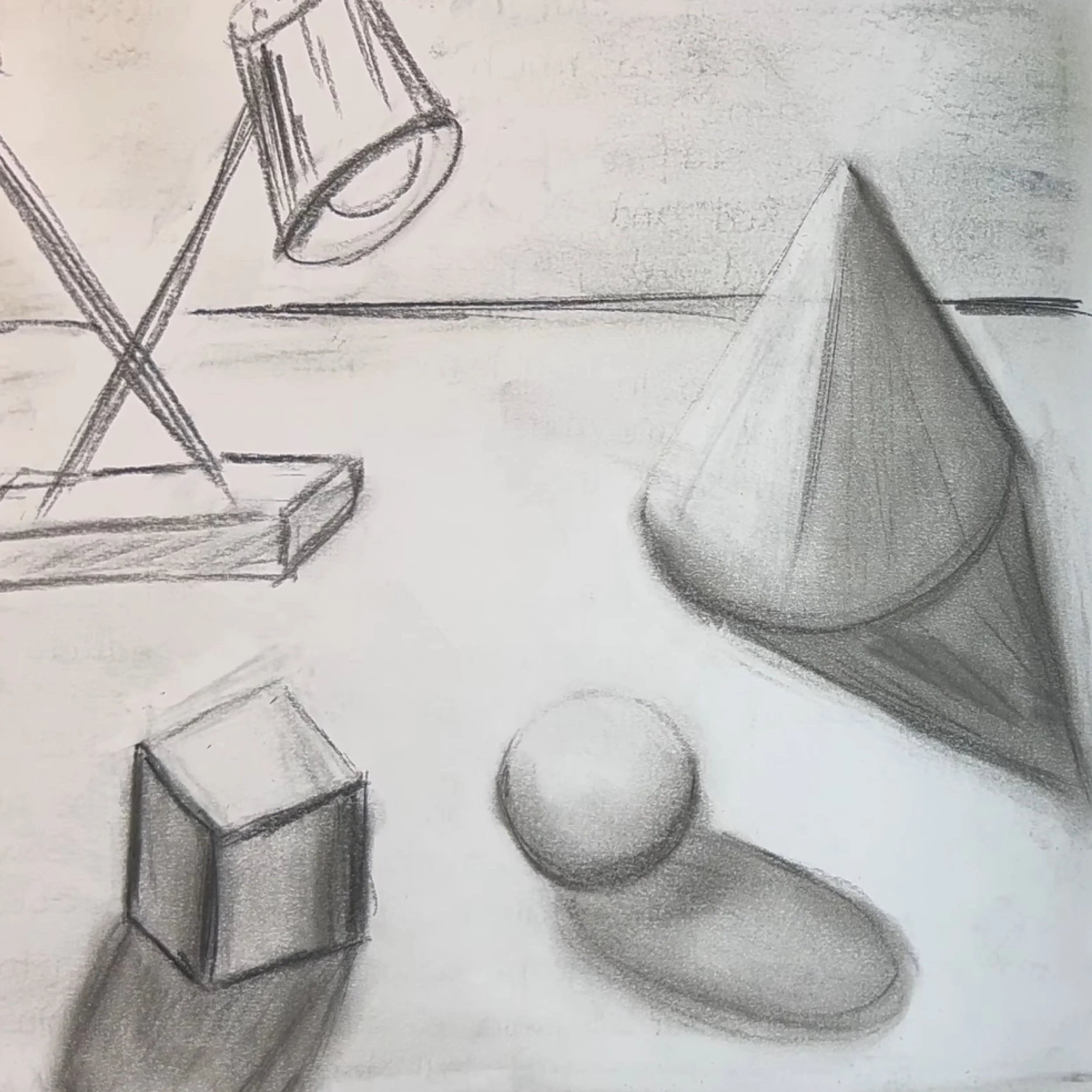
Lessons
Explore some of the lessons in our physics main lesson block. The majority of these lessons are from the final time we did our Physics main lesson block.
-

Projects & Activities
Our Projects & Activities for physics are included here as well as in the Physics Course where I share over 30 video tutorials.
Physics
-
Resources
As there are many sub-topics in our Physics main lesson block and because physics is taught in Grade 6, 7 and 8, I have several resources and videos. However, the majority of the videos are only available for purchase at the moment.
-

Lessons
Explore some of the lessons in our physics main lesson block. The majority of these lessons are from the final time we did our Physics main lesson block.
-
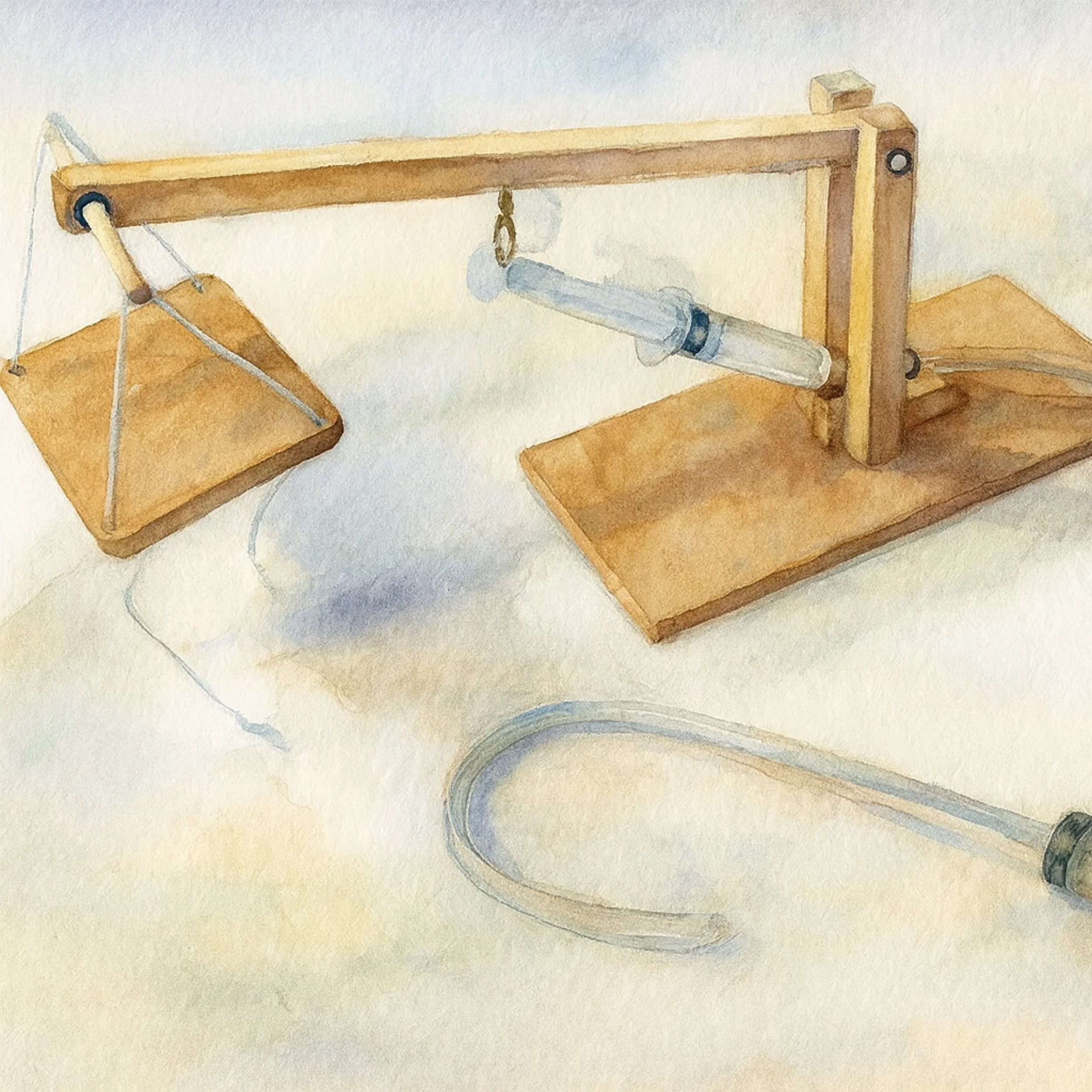
Projects & Activities
Our Projects & Activities for physics are included here as well as in the Physics Course where I share over 30 video tutorials.
Chemistry
-
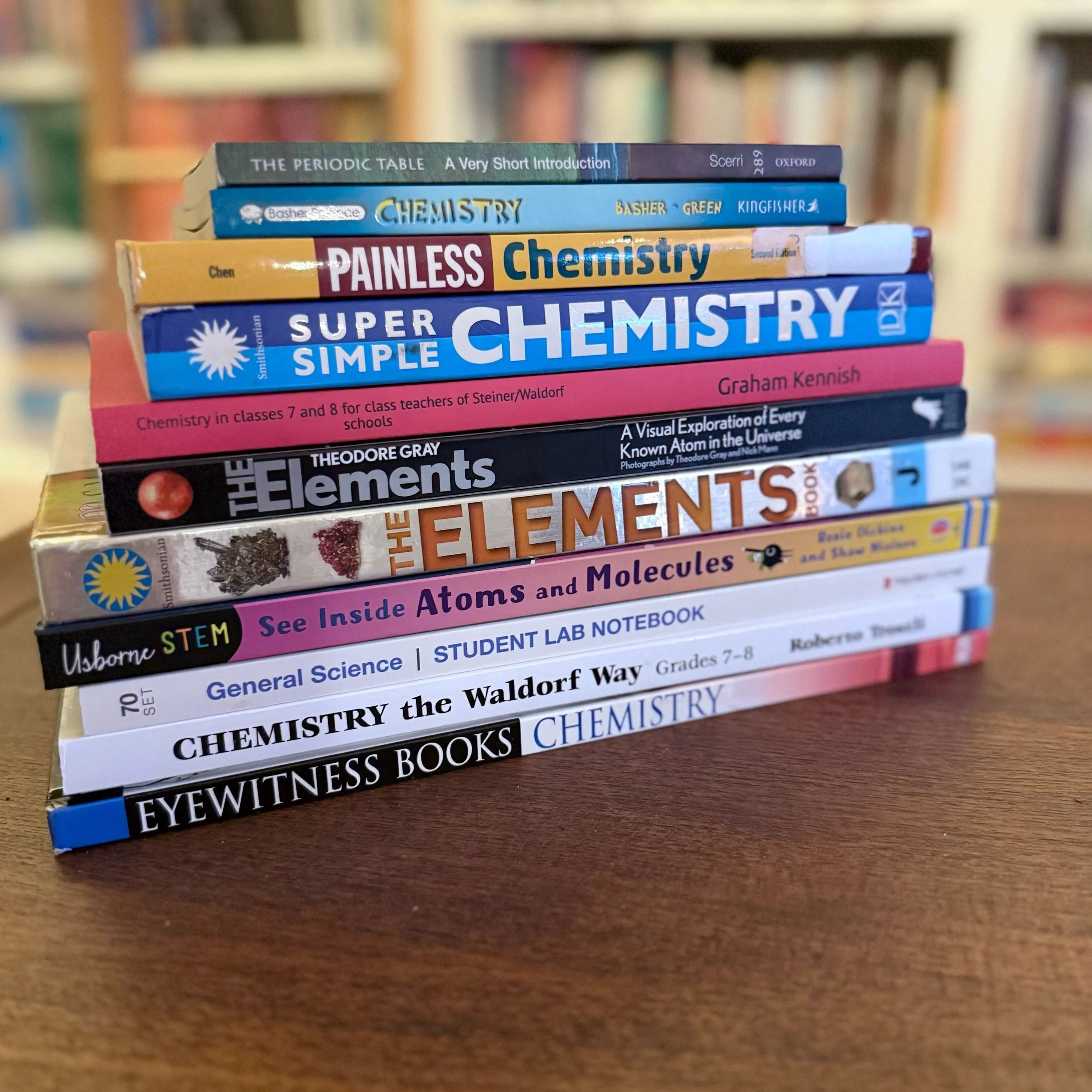
Chemistry Resources
What's the difference between Waldorf chemistry resources and Unit Study resources? Primarily, it's in the scientific content. You'll find all the science that's been discovered through years and years of science exploration in chemistry and beyond collected and organized in the following resources. What you won't find is the opportunity for your student to make his or her own conclusions based on observations of the phenomenon through chemistry demonstrations. Explore resources for both a chemistry unit study as well as a Waldorf inspired Chemistry main lesson block
-
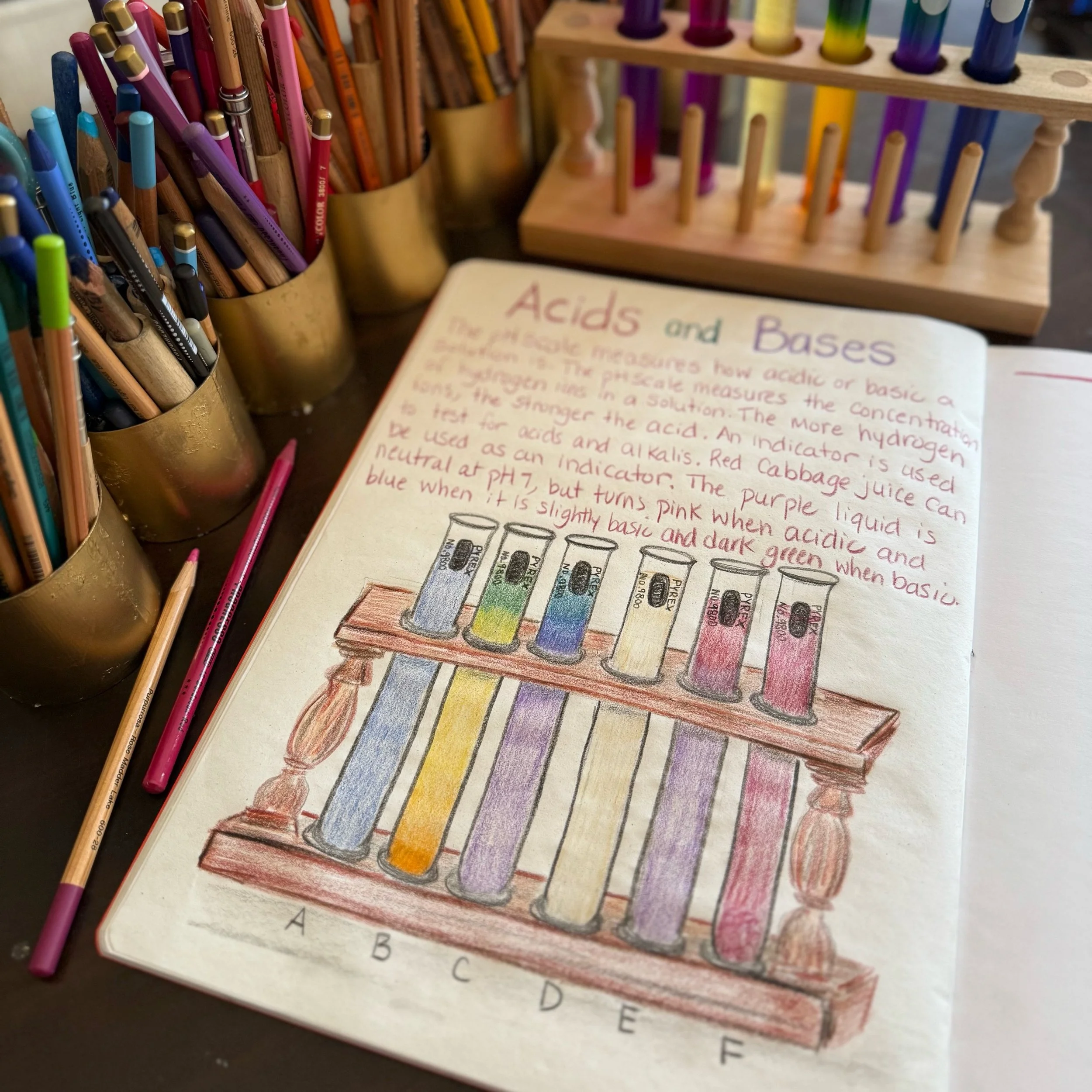
Labs & Lessons
For this Chemistry Block, we worked through the Live Education Waldorf curriculum for many of our demonstrations and lessons while including the book Chemistry the Waldorf Way for addition demonstrations. We documented each demonstration and lesson including the written narrations or lab reports.
-

Projects & Activities
For this chemistry block, I had to think of projects and hands-on activities that would round out this study and deepen our level of understanding for the subject area. As there were limited kits and books on what I was specifically looking for, I ended up coming up with a few projects similar to ones we’ve done for other blocks.
Elementary Science Main Lesson Blocks
-
Seasonal Rhythm Waldorf-Inspired Nature Appreciation
The first science lessons in Grade 1, 2 and 3 in a Waldorf setting are focused on the observable world of the child. Science emerges through nature stories, seasonal rhythms, and hands-on experiences like gardening and farming, cultivating wonder and reverence for the natural world.
-
Charlotte Mason Nature Study
The Charlotte Mason, nature study approach is similar yet subtly different from the Waldorf approach to Nature science in the early grades. The majority of the nature study learning is done through observation by the child. Charlotte Mason saw Nature as a way for children to develop a sense of wonder, reverence and connection to God‘s creation.
-
Gardening
It’s a quintessential rite of passage for a child to tend a garden. Some garden land as large as farmland and others grow an herb garden in jars in the kitchen. Yet others opt for foraging in nature for edible food. However you do it, teaching children where our food comes from is a lesson for life.
-
Birds
While, we tend to follow the Waldorf pedagogy, there are times I put together a unit study rather than a Main Lesson Block. A unit study is a concentration on a single subject for a short period of time. This Unit Study on Birds includes hands-on activities and plenty of picture books.
-
Bees
Our Bees Unit Study is perfect for Grades 1-4 as it complements the Nature Sciences of the early years. A Unit Study meets the needs of multiple grades in a single unit by using various resources and providing an assortment of projects that children may do at their own level.
-

Butterflies
Unit Studies on plants and animals (or insects) children see often is a great way to introduce a nature science to young elementary students. The study of butterflies delights children and watching them go through their metamorphic process is thrilling.
-
Zoology
The Zoology block in Grade 4 in Waldorf schools in unlike a typical zoology class. Instead of the traditional classification of the animals in the Animal Kingdom (which is saved for a bit later), the class begins with the exploration of the human form looking at the head, trunk and limbs. From this point, lessons on animals that exhibit one part of the human form are explored so that the qualities of animals are discovered.
-
Botany
In Grade 5, the study of Botany from the Waldorf pedagogy begins with the smallest of plant cell life: Algae, Fungus, Lichen and moving into more complex plant life like mosses, horsetails and conifers, until concluding with complete flowering, fruit bearing plants. Additional lessons may be explored when learning about monocots and dicots in relation to geography and history making the block diverse and and interdisciplinary.
-

Reptiles
This unit emerged and faded several times over the years before I finally collected our resources to put together a unit study. The projects are drawn from other units as very little was organized specifically for this unit which inspired a unit on Dinosaurs and evolution.
-

Ocean
The Ocean Main Lesson block is an opportunity to dive into the ocean and explore above and below. This block centers around the California coast primarily, but takes on a broader historical aspect as well. Smaller blocks on Whales, Turtles and more are included within the larger block.
-
Sea Turtles
When doing our Ocean Main Lesson block, we were inspired by the several other topics that would be their own months long unit. Sea Turtles appealed to us as we have visited Hawaii and swam amongst sea turtles. This unit is a mini unit lasting about a week or two. The resources are easily covered in a couple days but the projects take longer.
-
Owls
A unit study can be as broad or as specific as you would like it to be. While doing our unit study, we departed to do a smaller owl unit study. In part I was inspired by resources I had seen other homeschoolers using and was excited to include that into our bird unit. Once we included those resources into our bird unit, I realize that we had created a mini Owl unit.
-

Horses
On occasion, a child of mine will have a specific interest that warrants a specific unit study. The study of horses is one just unit study. My daughter become enthralled with horses and horseback riding, so I put together a unit to serve her interests as well as serve an older student with a variety of resources including historical for my older son.
-
Whales
Our Whales unit is another mini unit inspired by a larger unit: Ocean. However, sometimes it’s a book or project that inspires a unit as well. Some of the resources for this unit were ones I’d see other homeschoolers use and found them inspiring and thus a mini unit on Whales emerged.
Elementary Science Main Lesson Blocks
-
Seasonal Rhythm Waldorf-Inspired Nature Appreciation
The first science lessons in Grade 1, 2 and 3 in a Waldorf setting are focused on the observable world of the child. Science emerges through nature stories, seasonal rhythms, and hands-on experiences like gardening and farming, cultivating wonder and reverence for the natural world.
-
Charlotte Mason Nature Study
The Charlotte Mason, nature study approach is similar yet subtly different from the Waldorf approach to Nature science in the early grades. The majority of the nature study learning is done through observation by the child. Charlotte Mason saw Nature as a way for children to develop a sense of wonder, reverence and connection to God‘s creation.
-
Gardening
It’s a quintessential rite of passage for a child to tend a garden. Some garden land as large as farmland and others grow an herb garden in jars in the kitchen. Yet others opt for foraging in nature for edible food. However you do it, teaching children where our food comes from is a lesson for life.
-

Bees
Our Bees Unit Study is perfect for Grades 1-4 as it complements the Nature Sciences of the early years. A Unit Study meets the needs of multiple grades in a single unit by using various resources and providing an assortment of projects that children may do at their own level.
-
Butterflies
Unit Studies on plants and animals (or insects) children see often is a great way to introduce a nature science to young elementary students. The study of butterflies delights children and watching them go through their metamorphic process is thrilling.
-

Birds
While, we tend to follow the Waldorf pedagogy, there are times I put together a unit study rather than a Main Lesson Block. A unit study is a concentration on a single subject for a short period of time. This Unit Study on Birds includes hands-on activities and plenty of picture books.
-
Zoology
The Zoology block in Grade 4 in Waldorf schools in unlike a typical zoology class. Instead of the traditional classification of the animals in the Animal Kingdom (which is saved for a bit later), the class begins with the exploration of the human form looking at the head, trunk and limbs. From this point, lessons on animals that exhibit one part of the human form are explored so that the qualities of animals are discovered.
-
Botany
In Grade 5, the study of Botany from the Waldorf pedagogy begins with the smallest of plant cell life: Algae, Fungus, Lichen and moving into more complex plant life like mosses, horsetails and conifers, until concluding with complete flowering, fruit bearing plants. Additional lessons may be explored when learning about monocots and dicots in relation to geography and history making the block diverse and and interdisciplinary.
-

Reptiles
This unit emerged and faded several times over the years before I finally collected our resources to put together a unit study. The projects are drawn from other units as very little was organized specifically for this unit which inspired a unit on Dinosaurs and evolution.
-
Sea Turtles
When doing our Ocean Main Lesson block, we were inspired by the several other topics that would be their own months long unit. Sea Turtles appealed to us as we have visited Hawaii and swam amongst sea turtles. This unit is a mini unit lasting about a week or two. The resources are easily covered in a couple days but the projects take longer.
-

Ocean
The Ocean Main Lesson block is an opportunity to dive into the ocean and explore above and below. This block centers around the California coast primarily, but takes on a broader historical aspect as well. Smaller blocks on Whales, Turtles and more are included within the larger block.
-
Whales
Our Whales unit is another mini unit inspired by a larger unit: Ocean. However, sometimes it’s a book or project that inspires a unit as well. Some of the resources for this unit were ones I’d see other homeschoolers use and found them inspiring and thus a mini unit on Whales emerged.
-

Horses
On occasion, a child of mine will have a specific interest that warrants a specific unit study. The study of horses is one just unit study. My daughter become enthralled with horses and horseback riding, so I put together a unit to serve her interests as well as serve an older student with a variety of resources including historical for my older son.
-
Owls
A unit study can be as broad or as specific as you would like it to be. While doing our unit study, we departed to do a smaller owl unit study. In part I was inspired by resources I had seen other homeschoolers using and was excited to include that into our bird unit. Once we included those resources into our bird unit, I realize that we had created a mini Owl unit.
Zoology Unit Studies
Subjects
